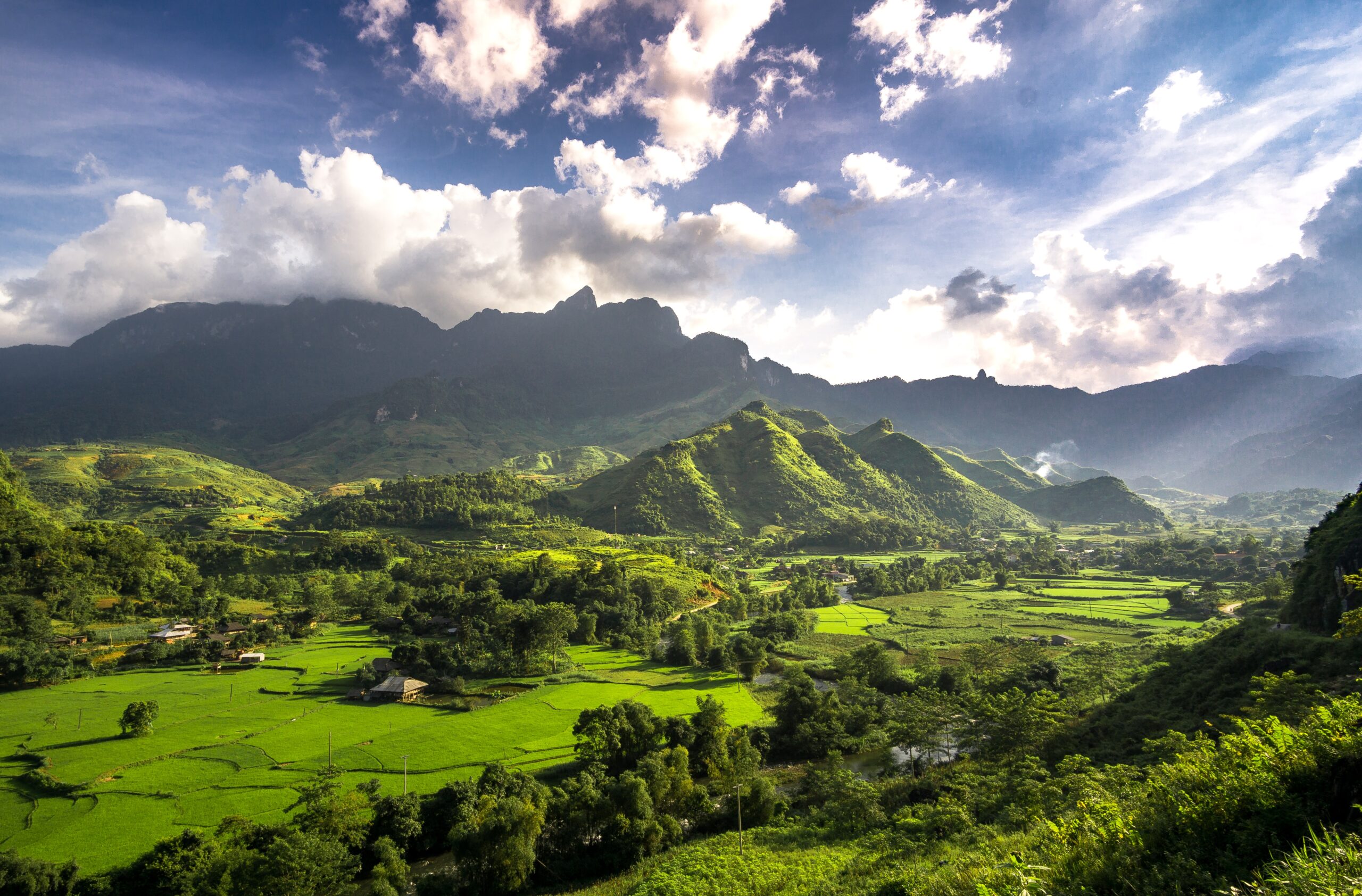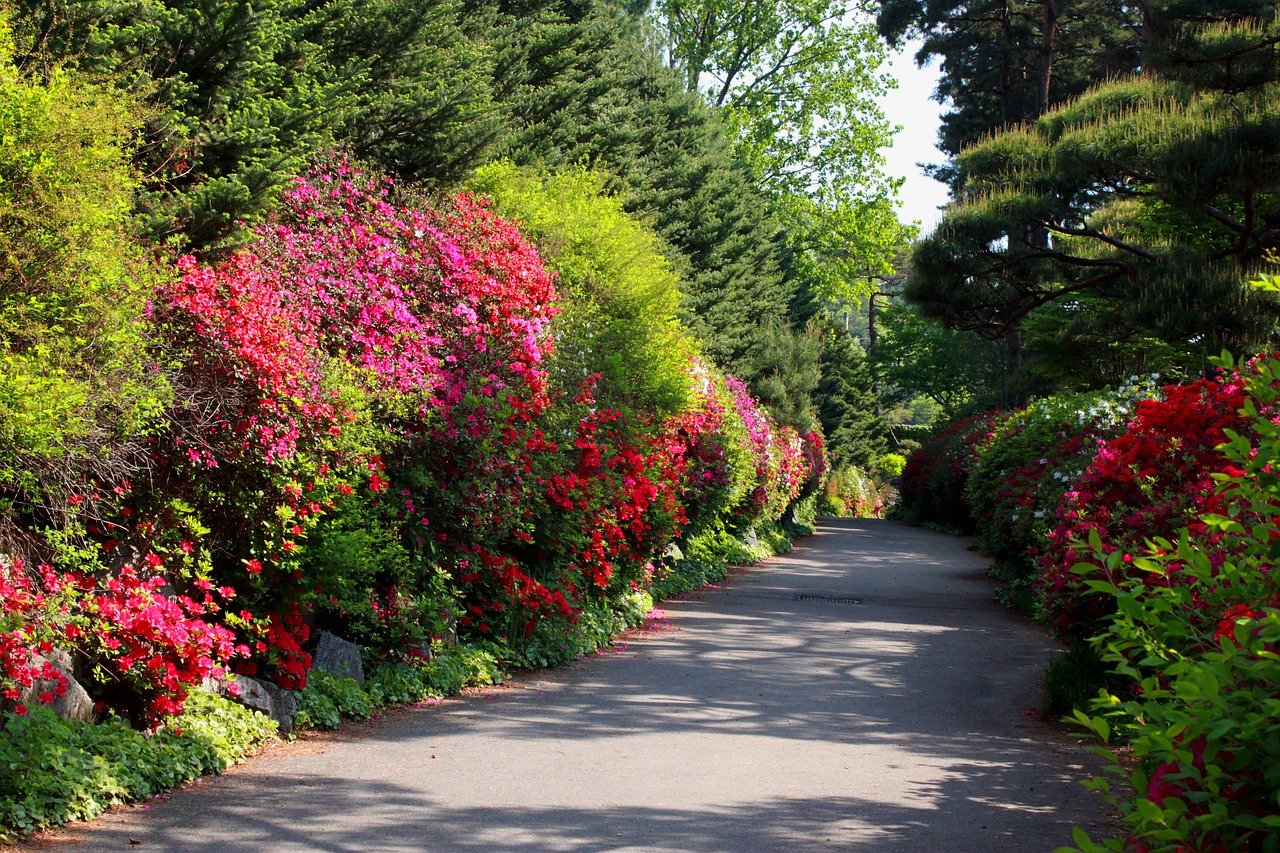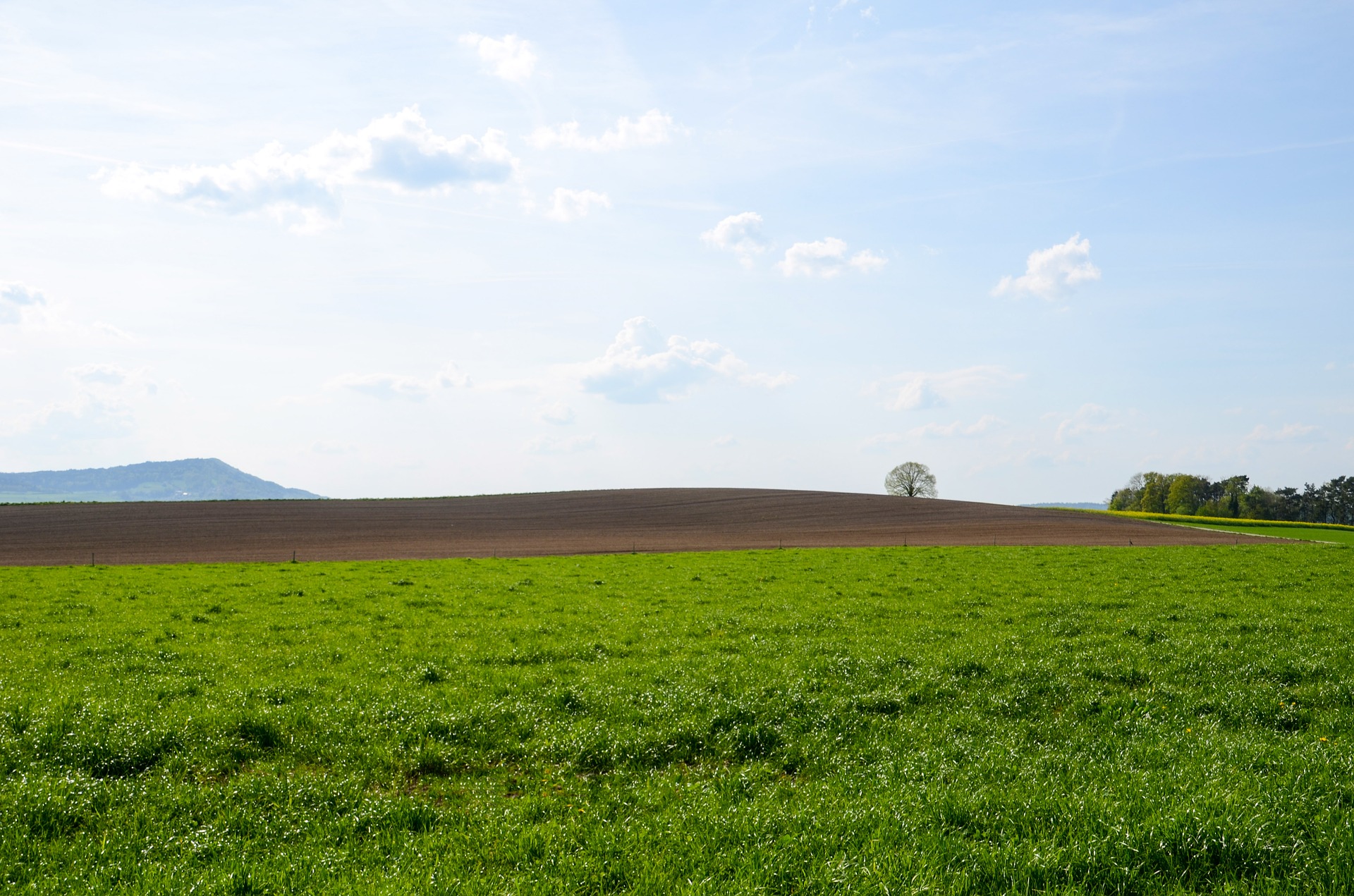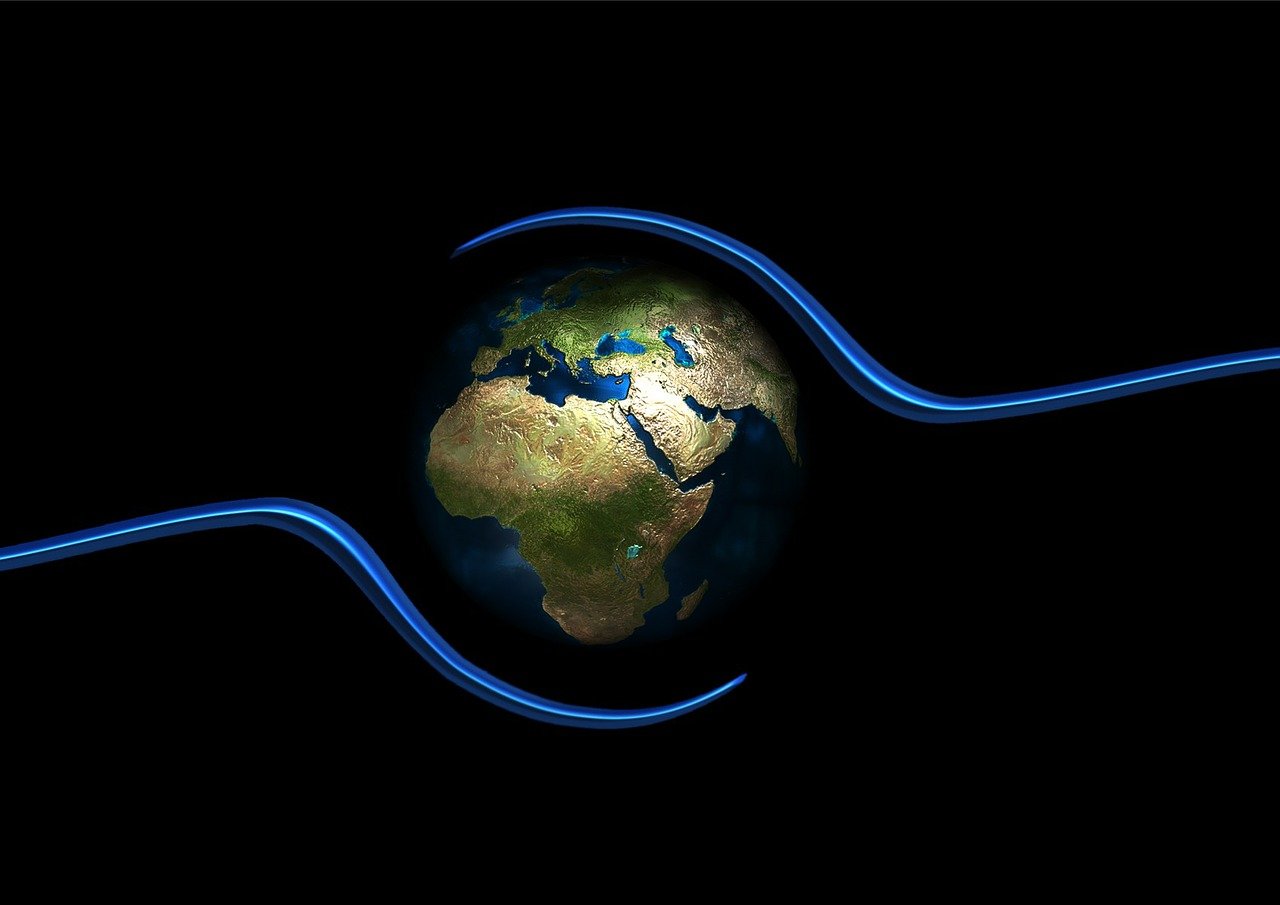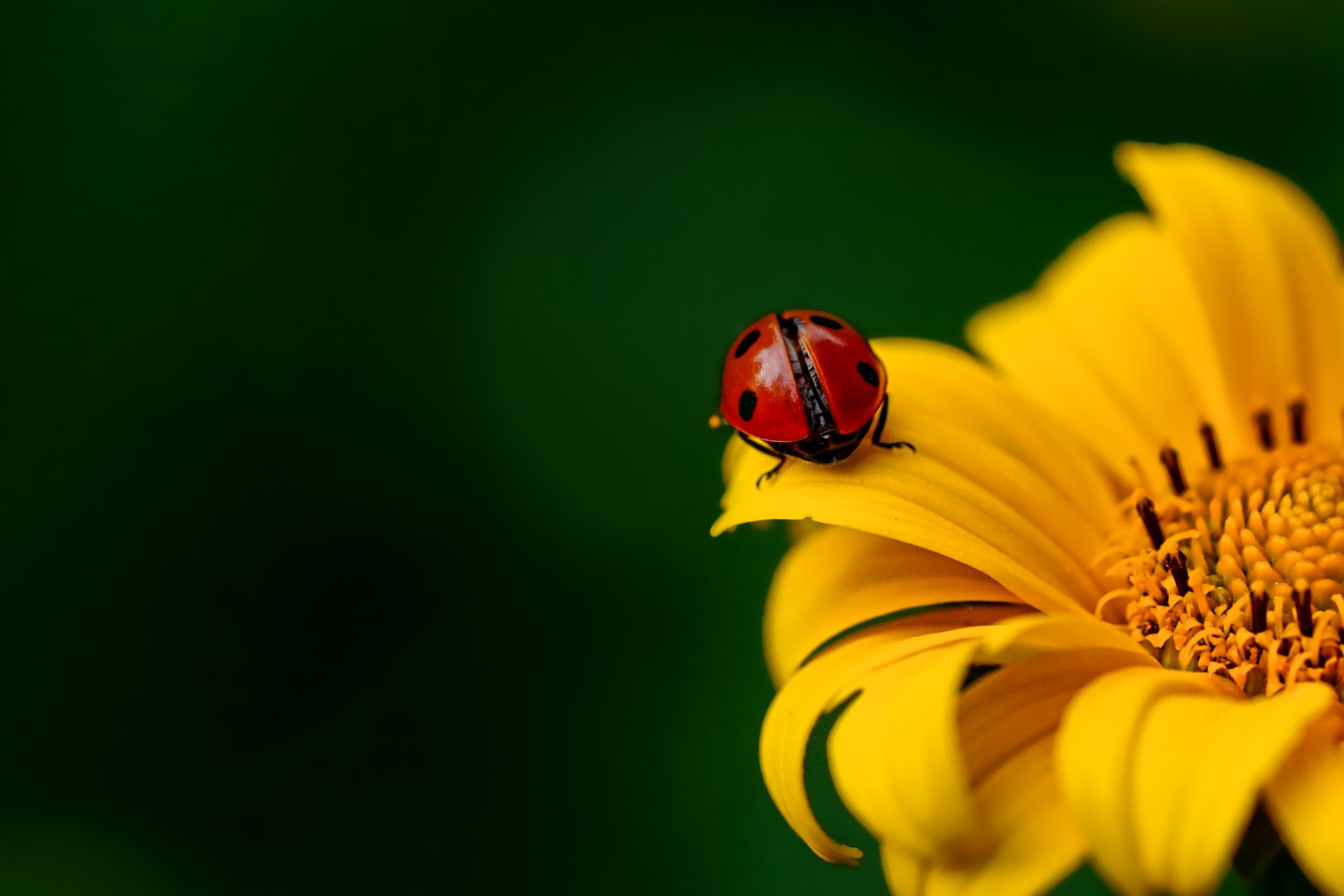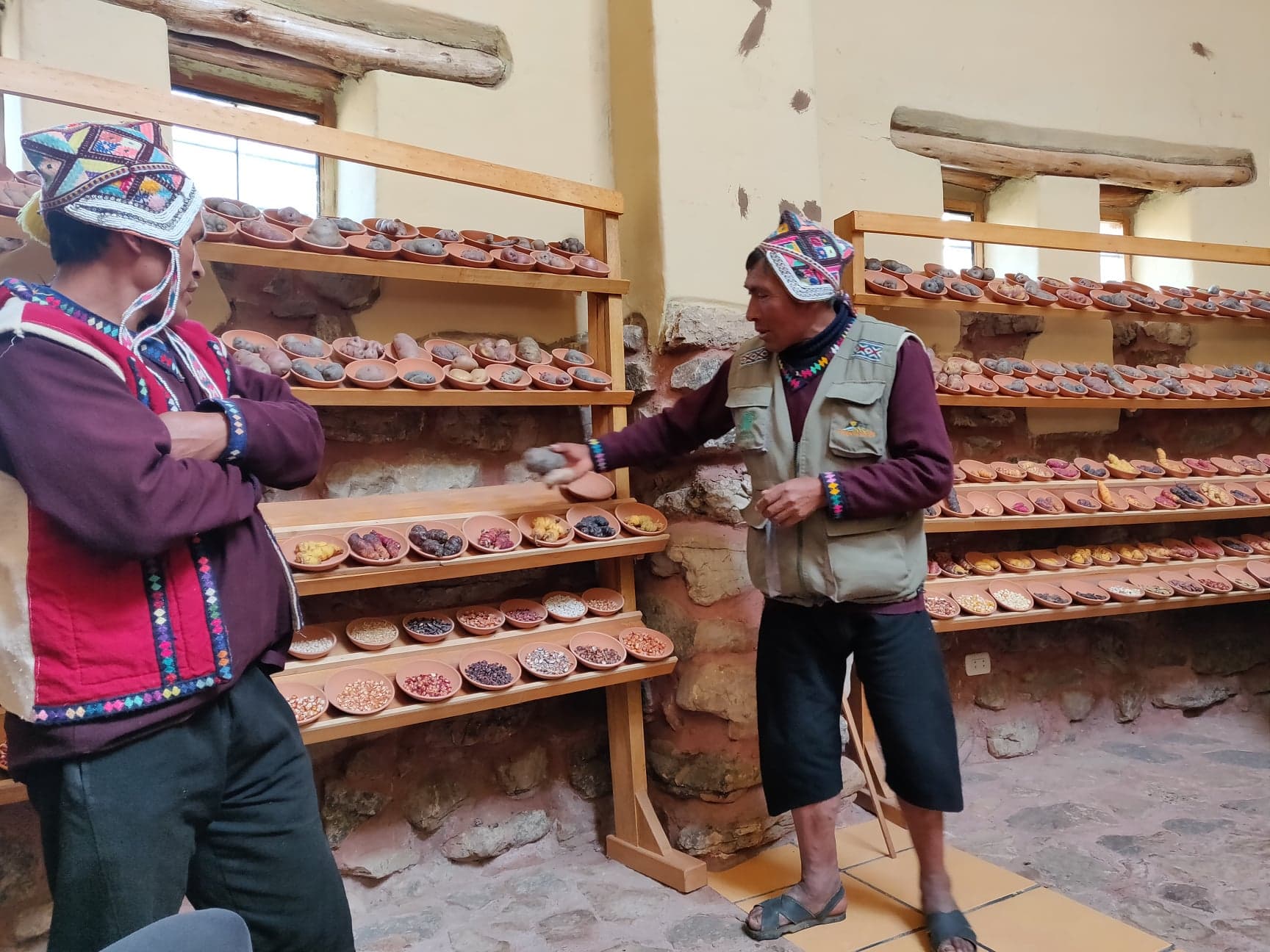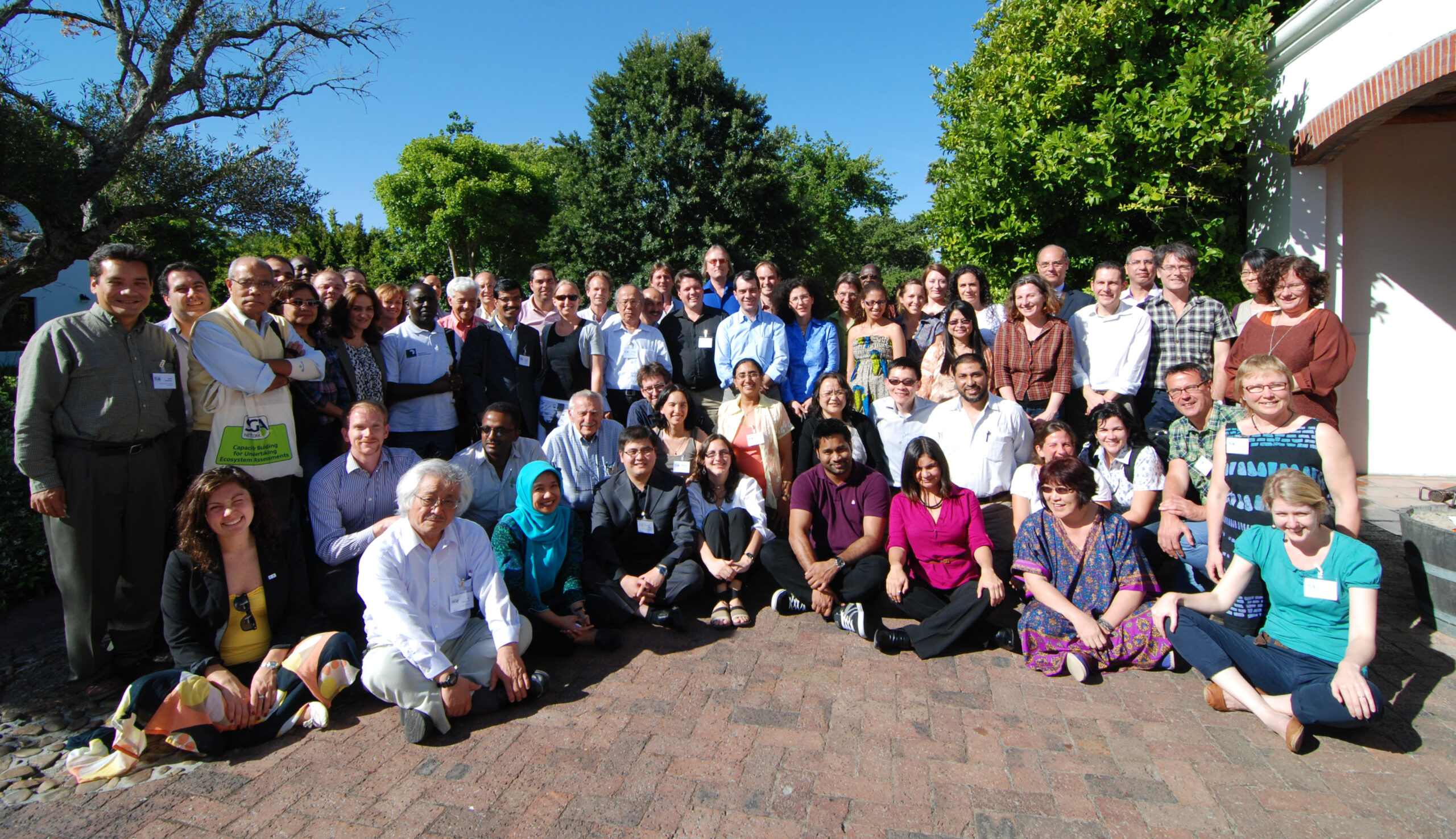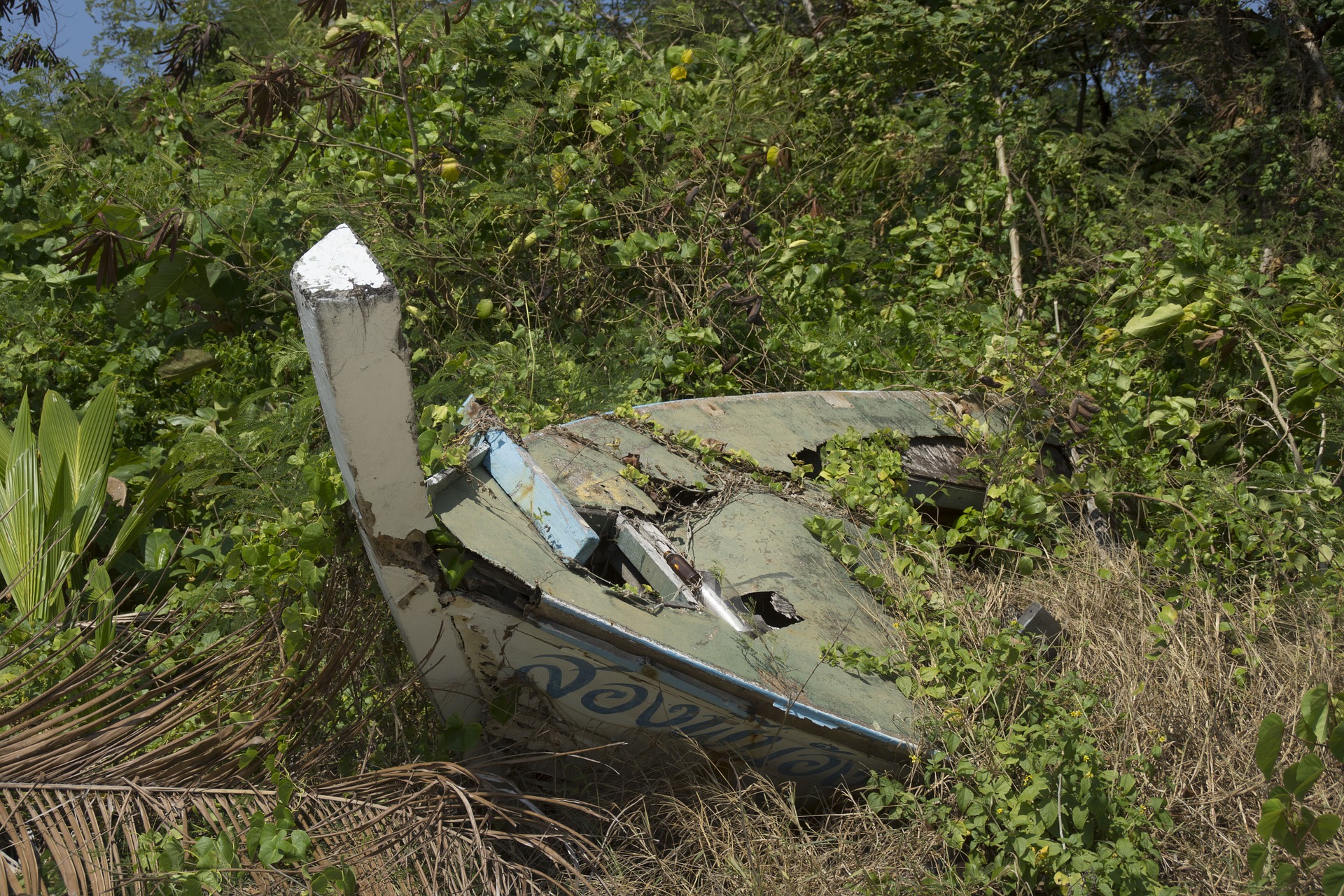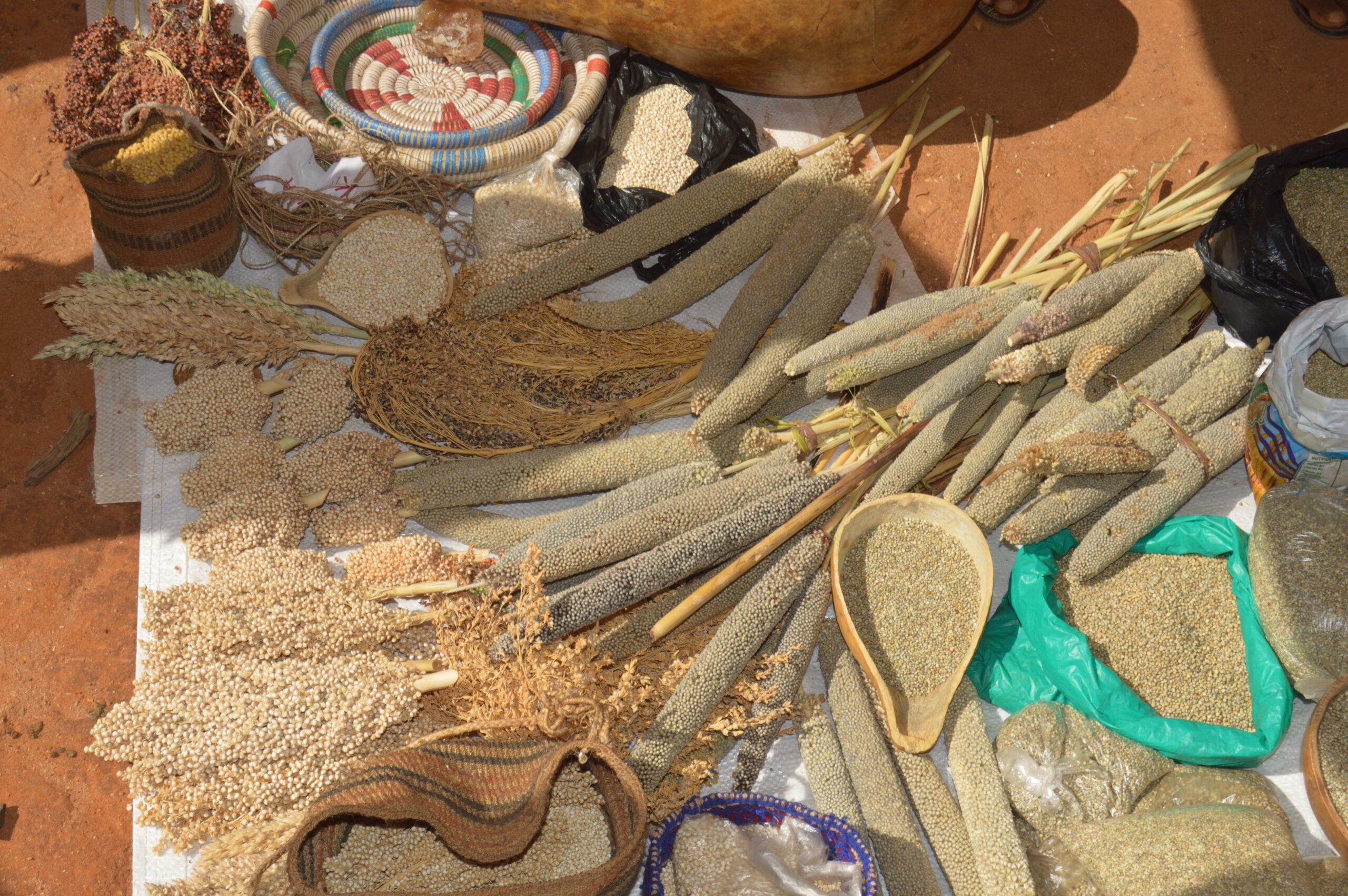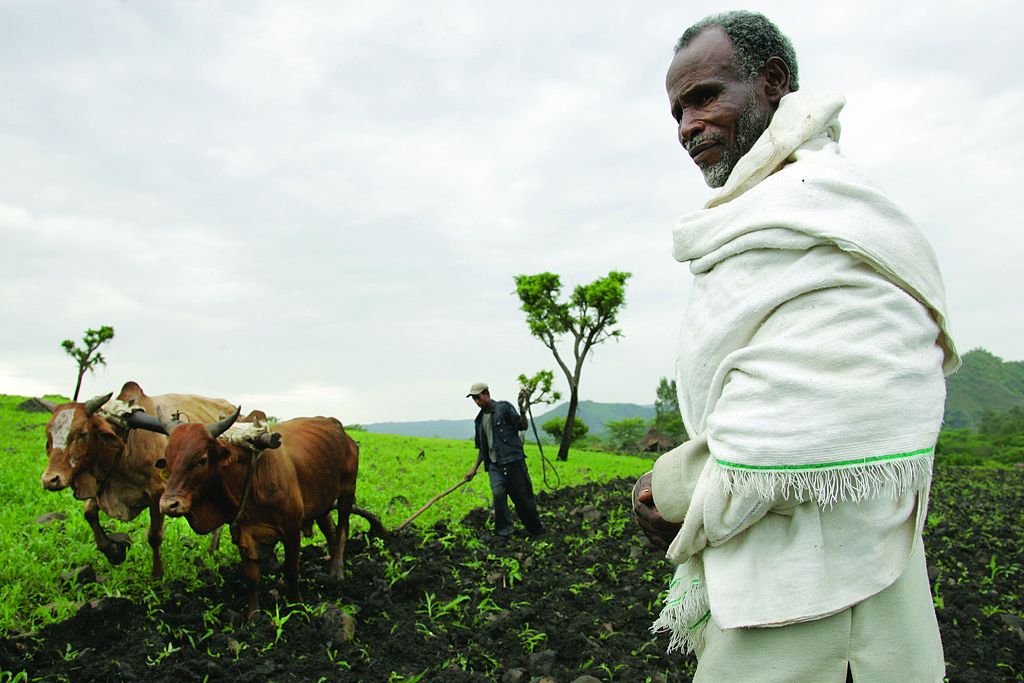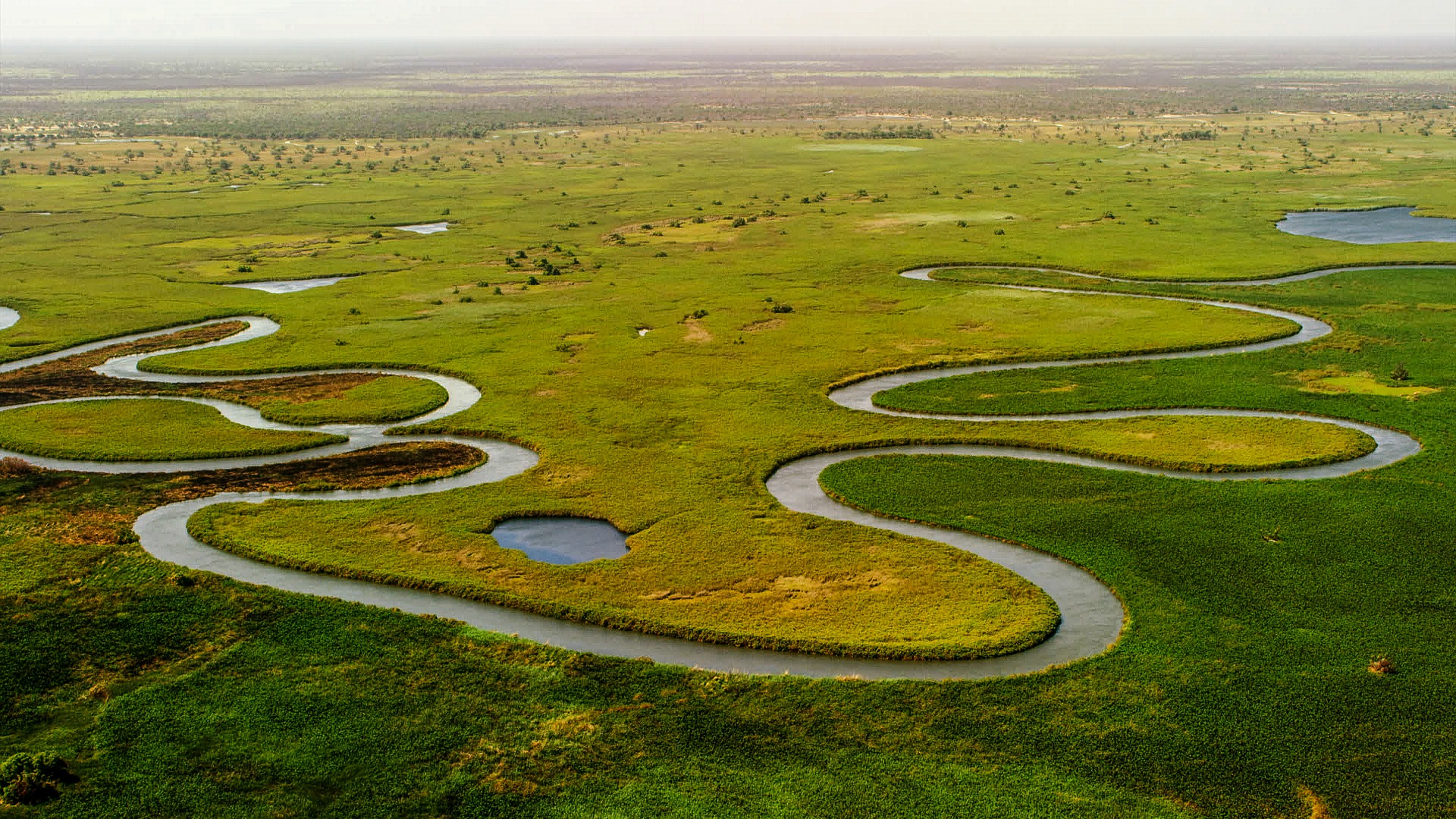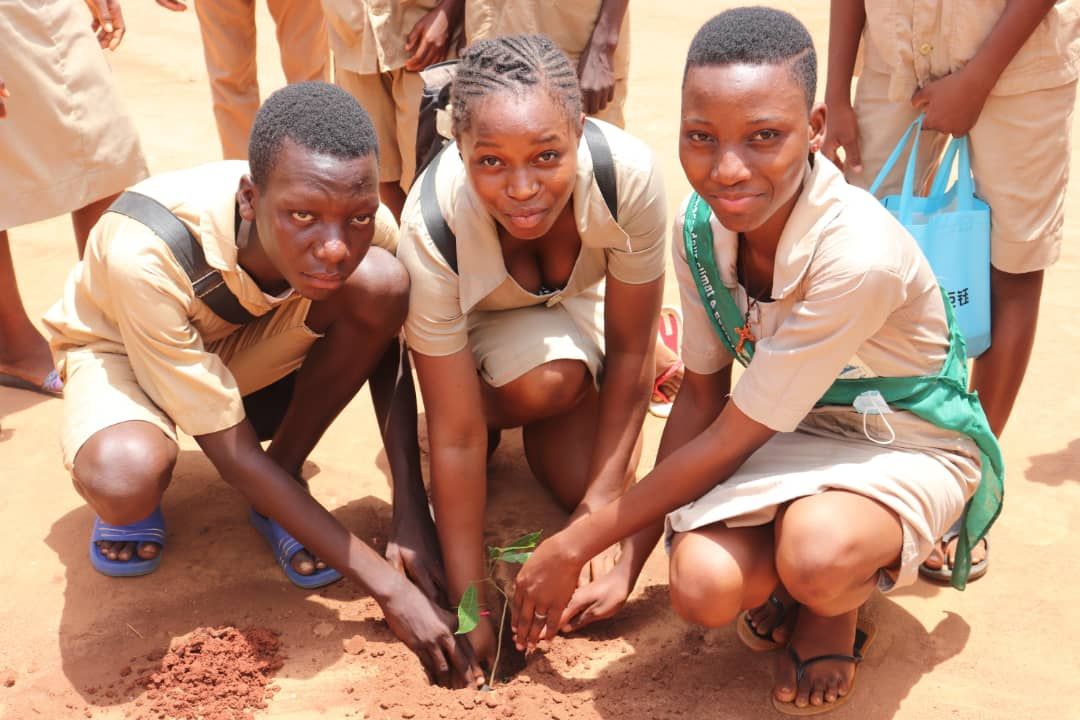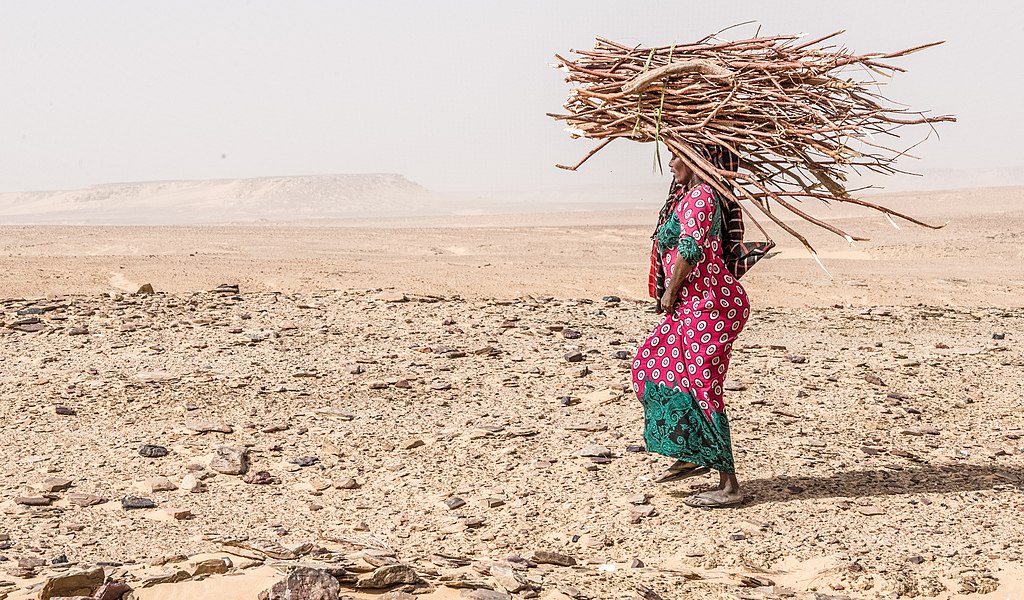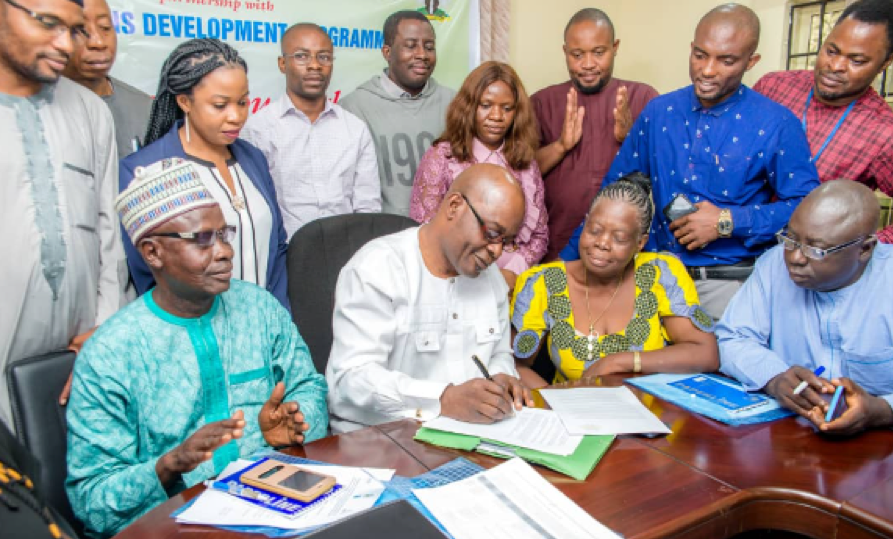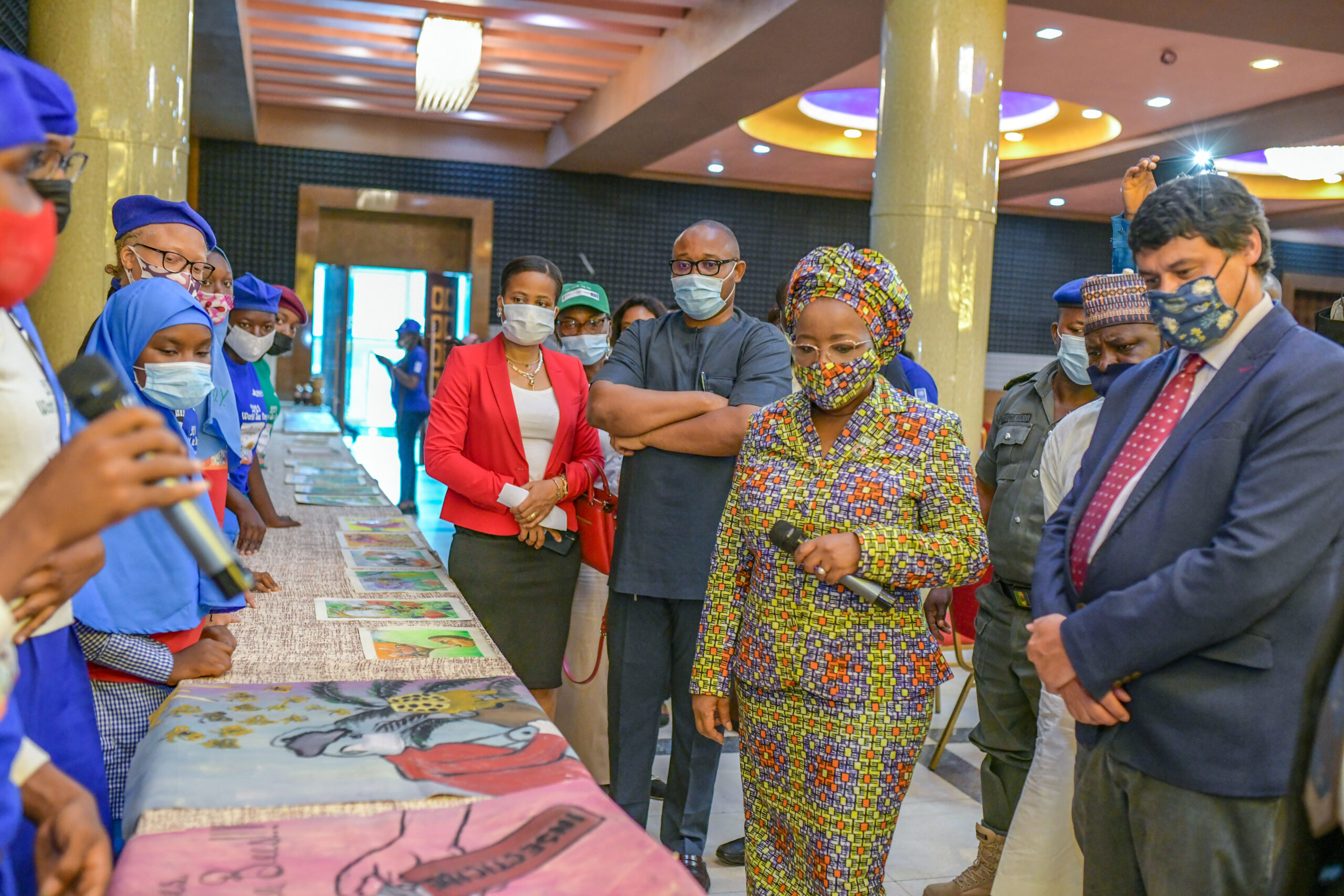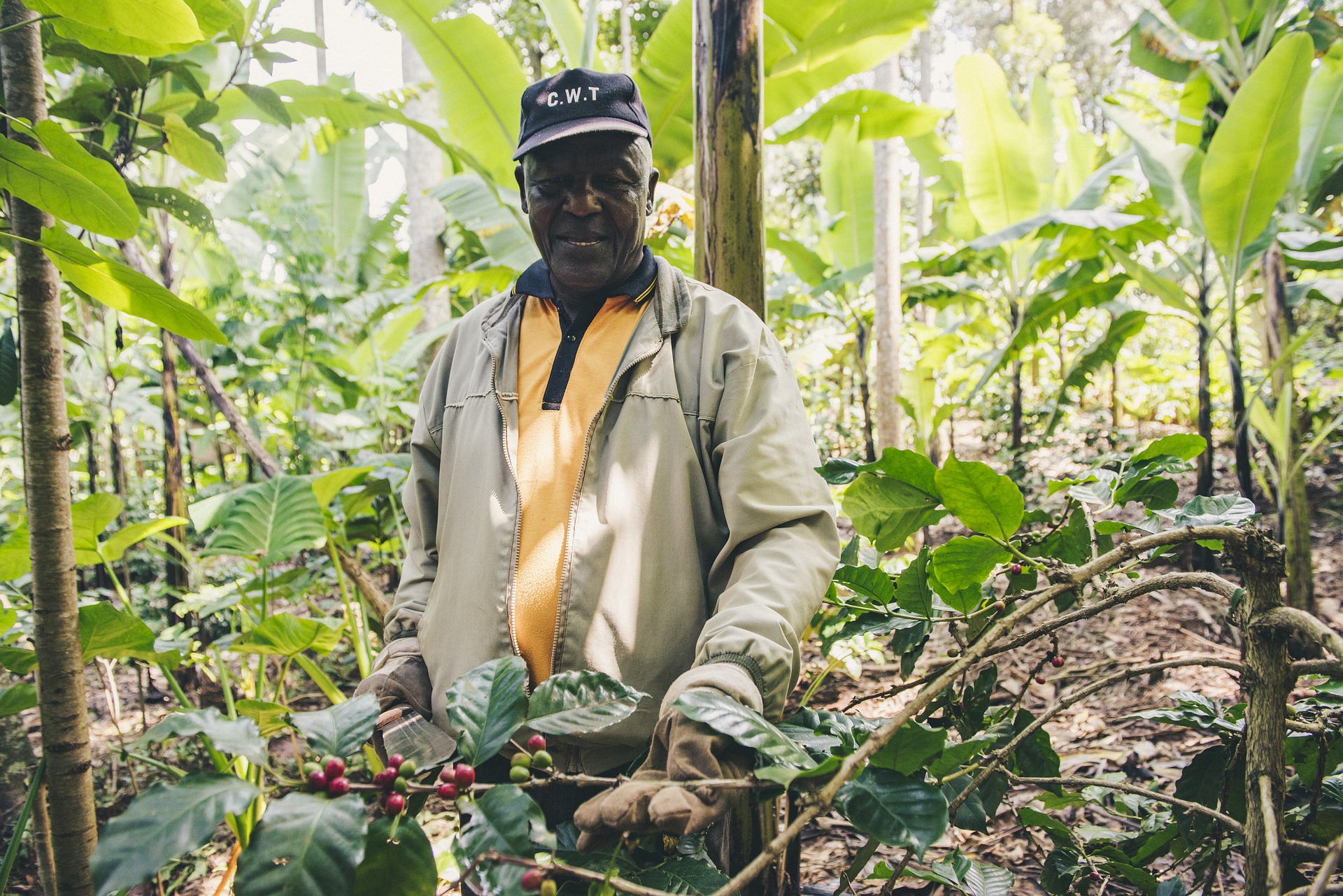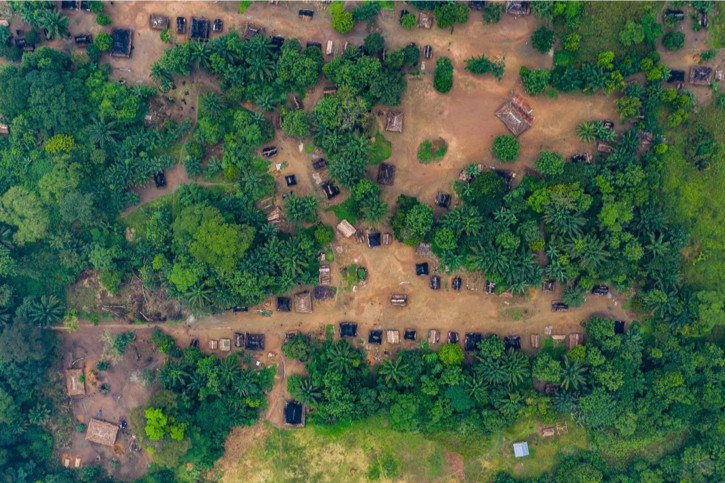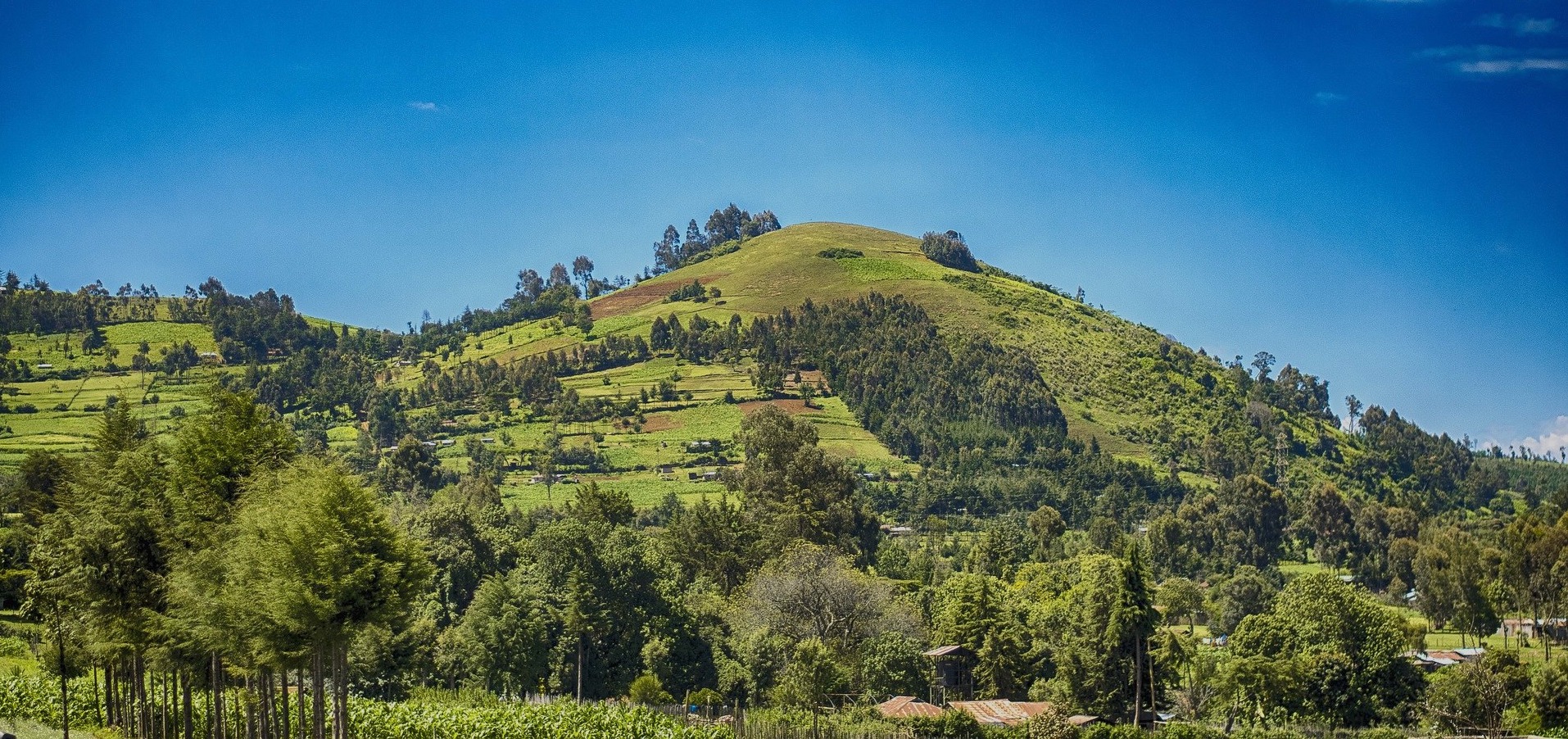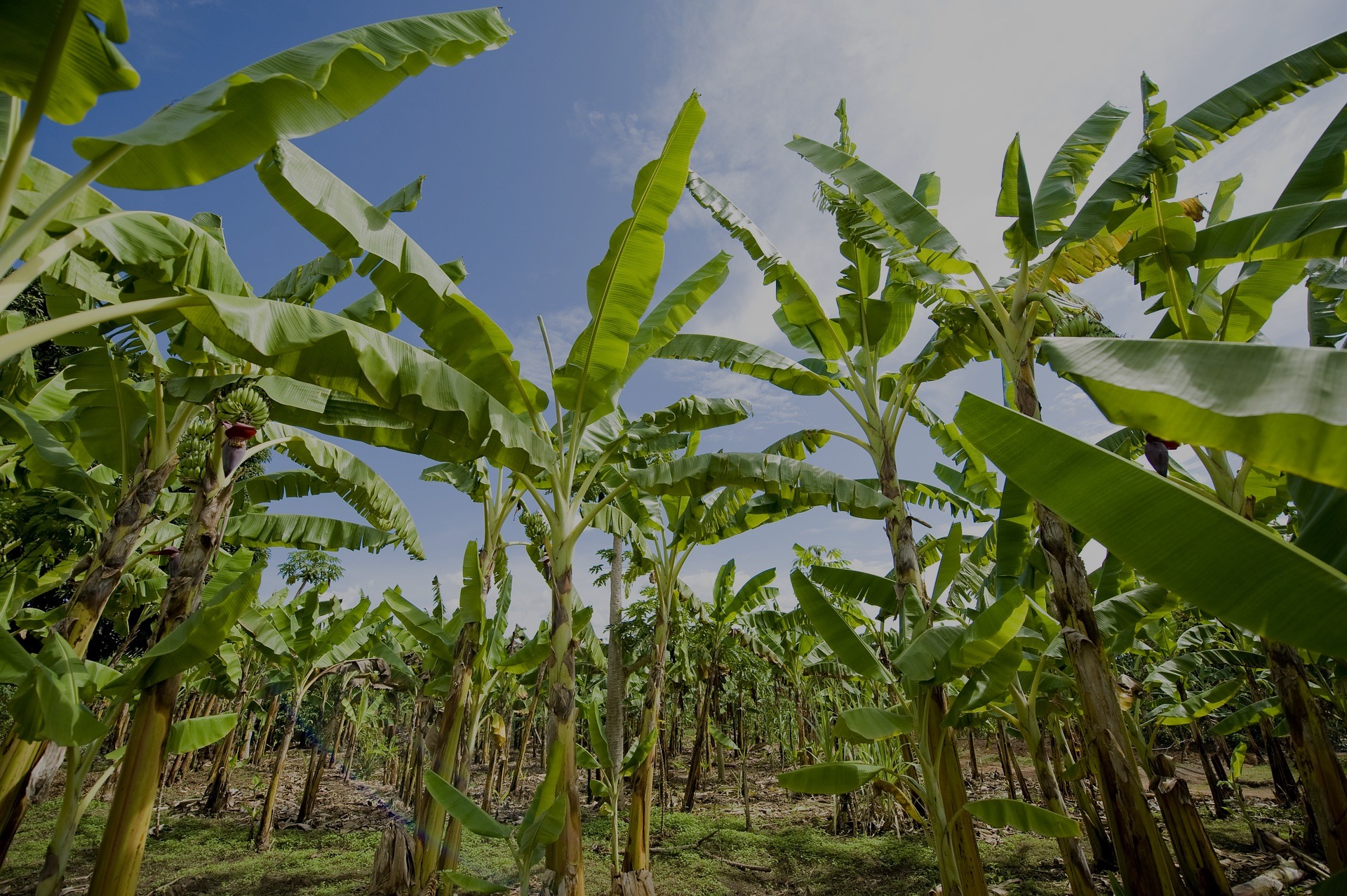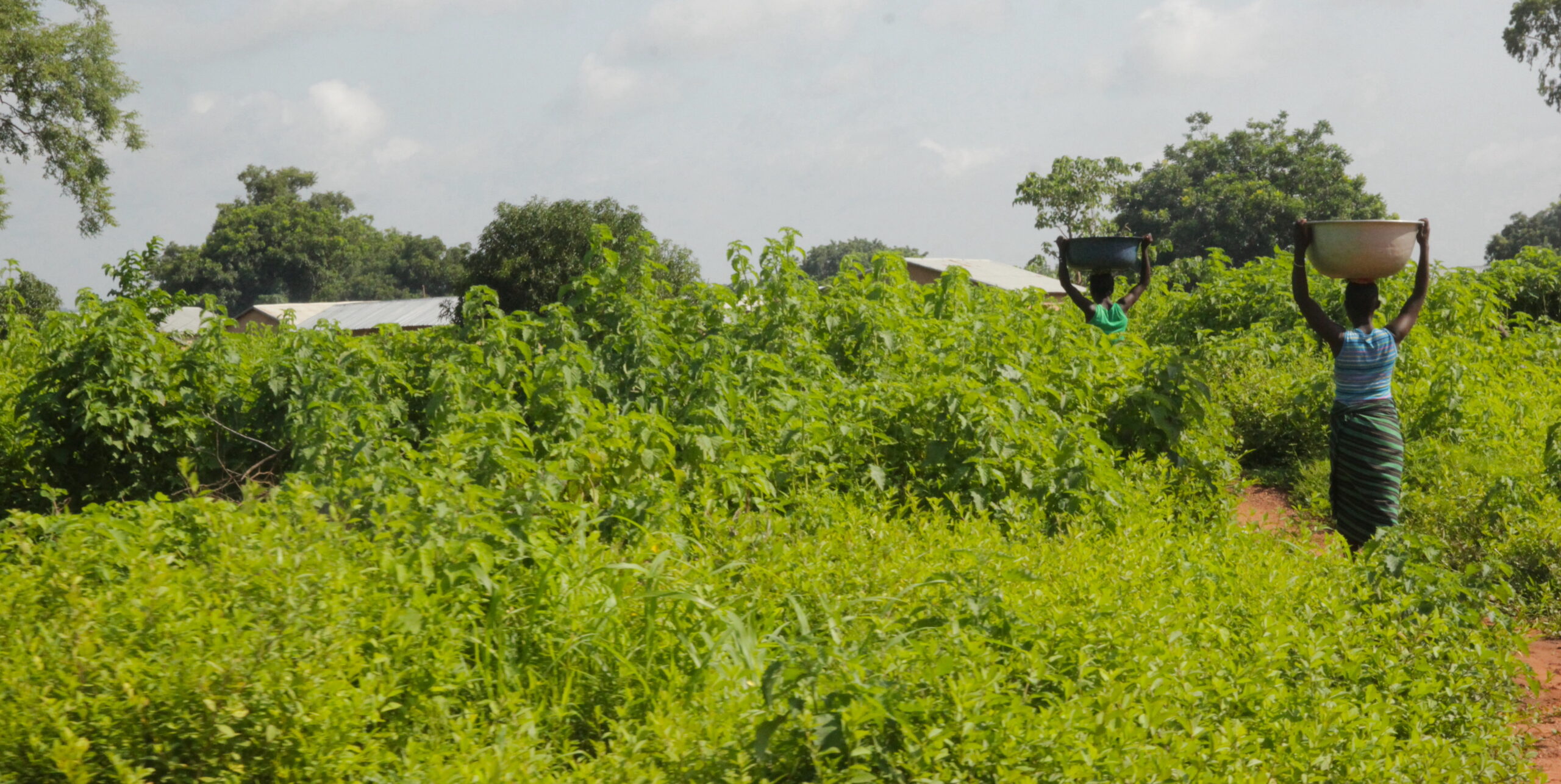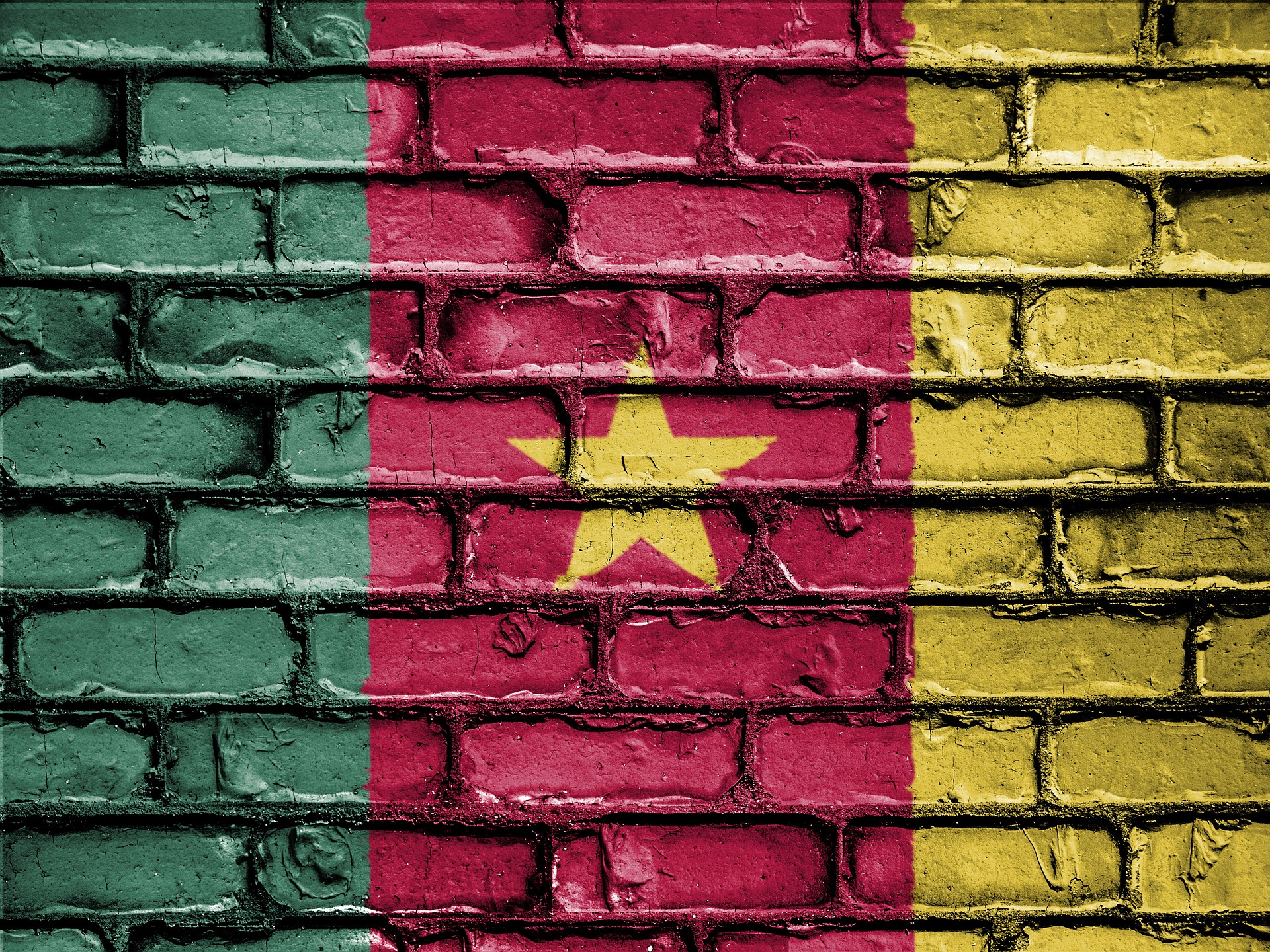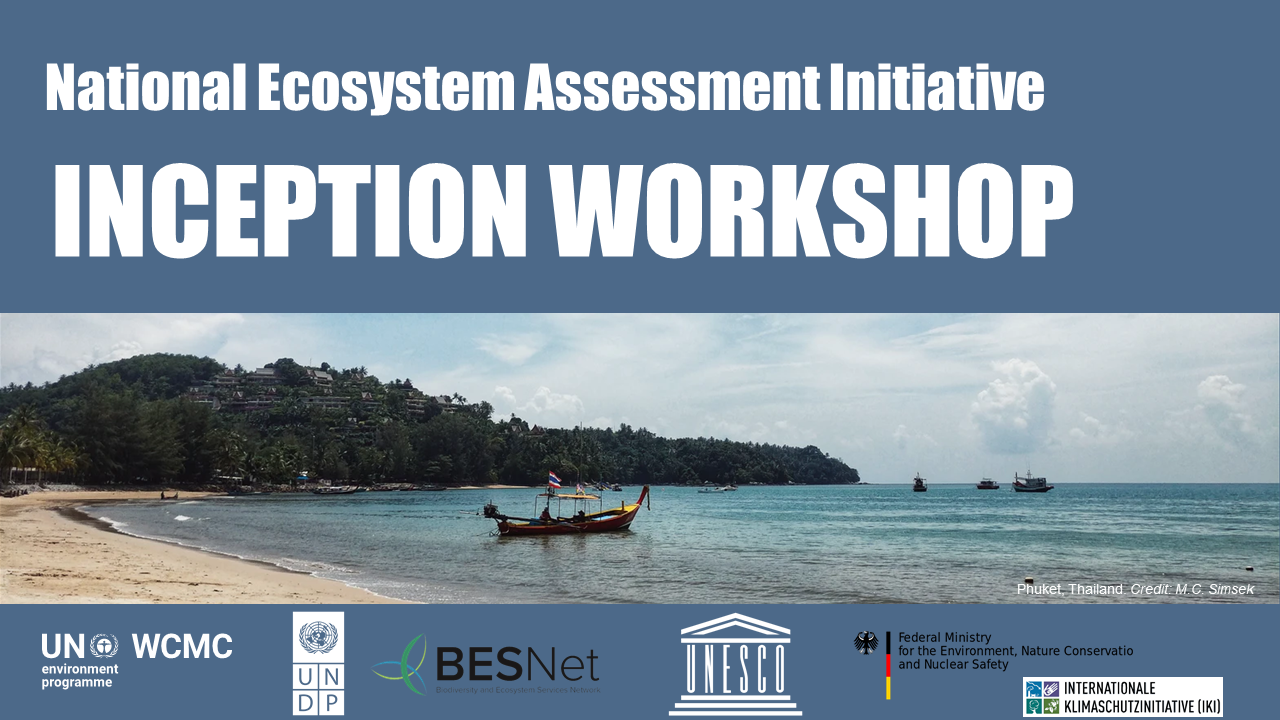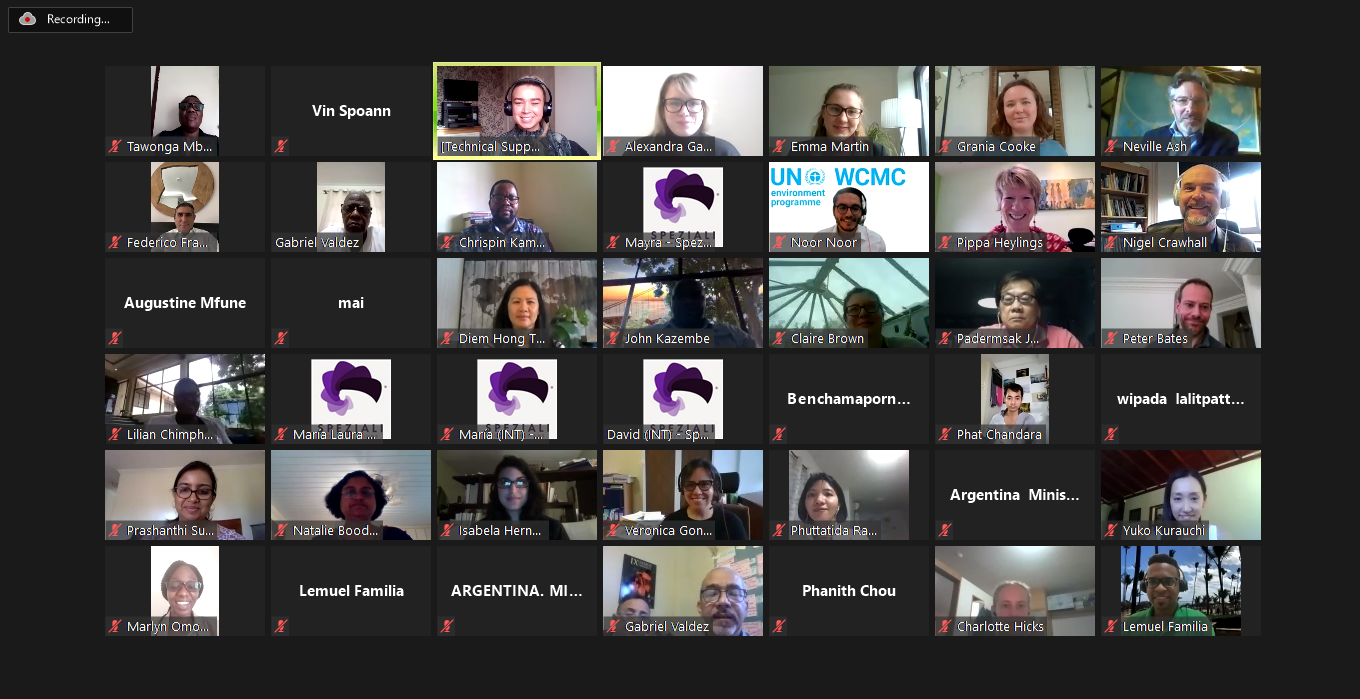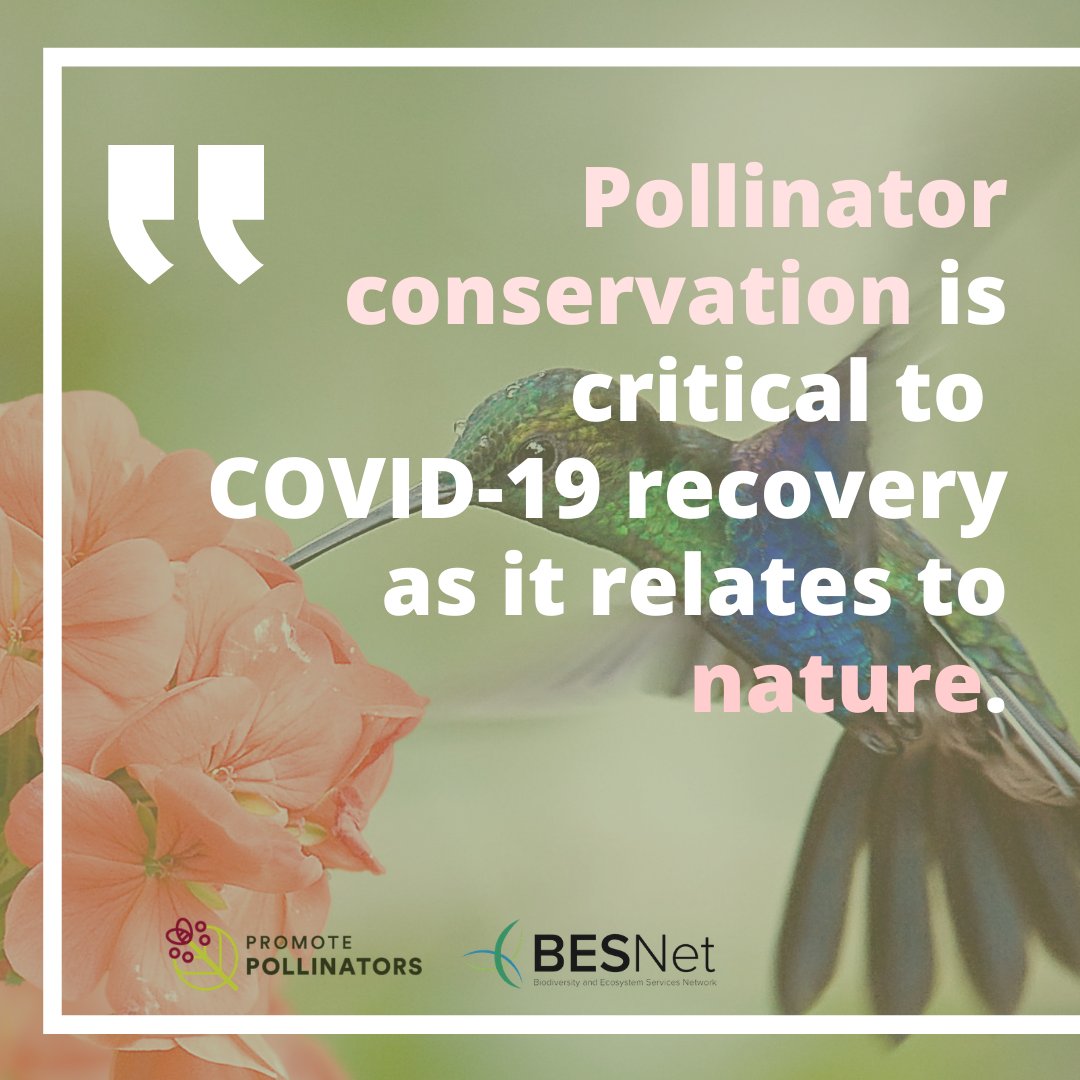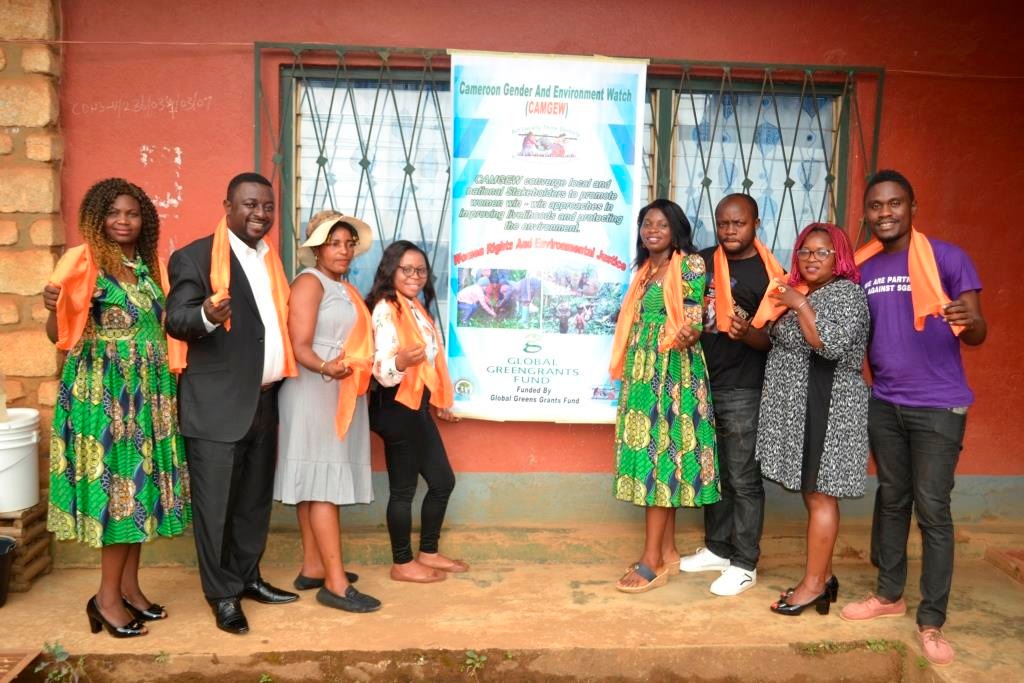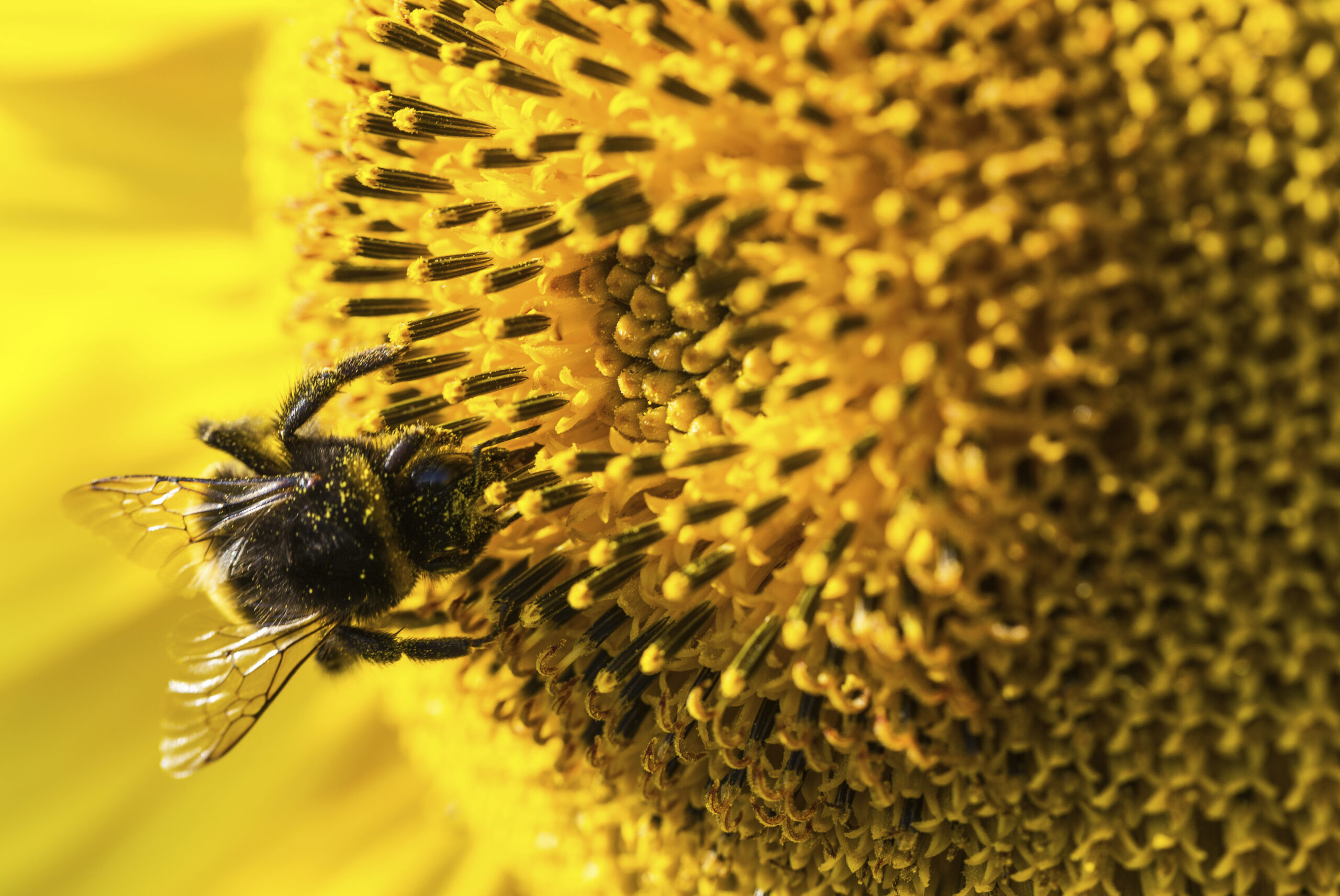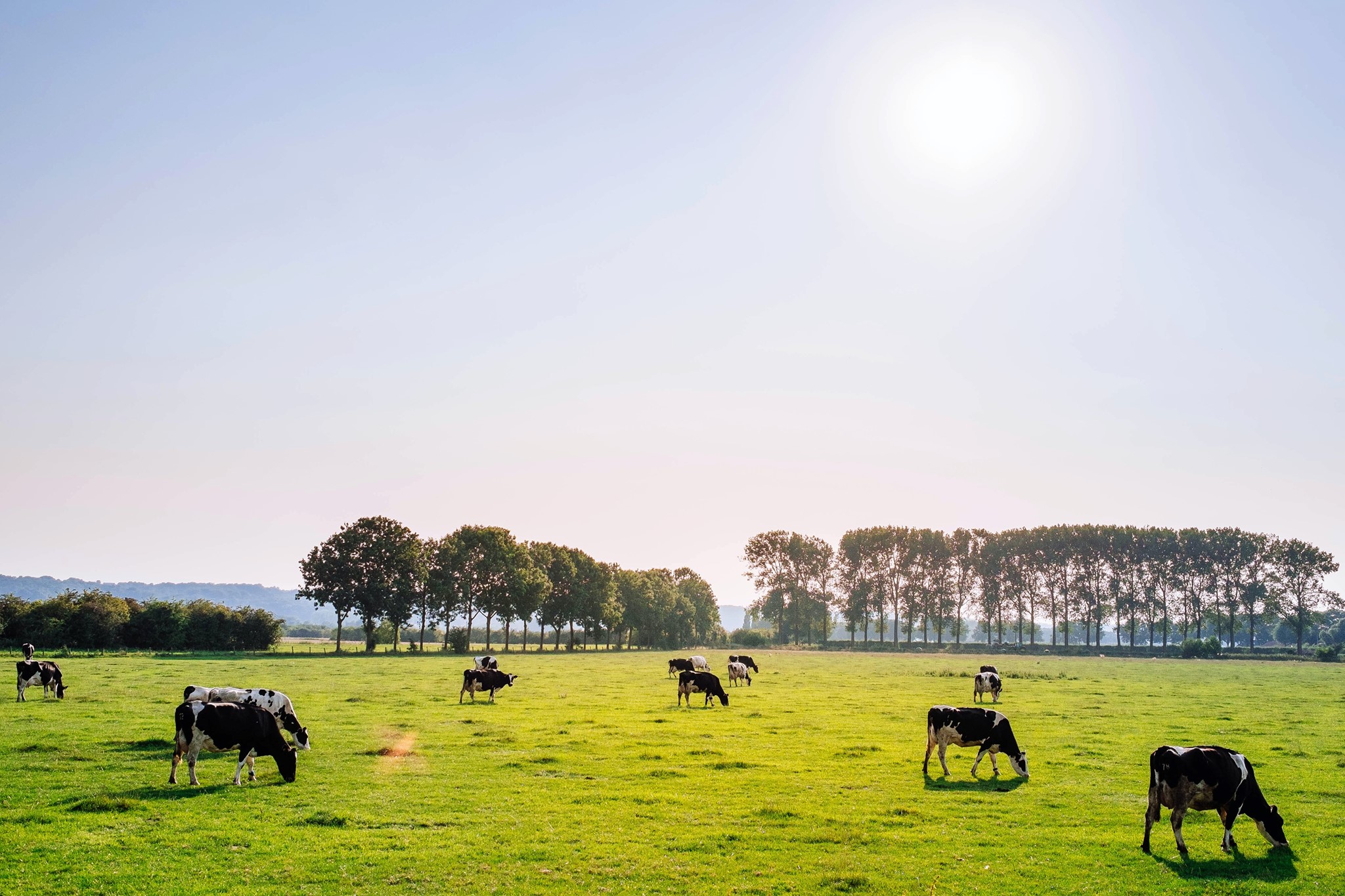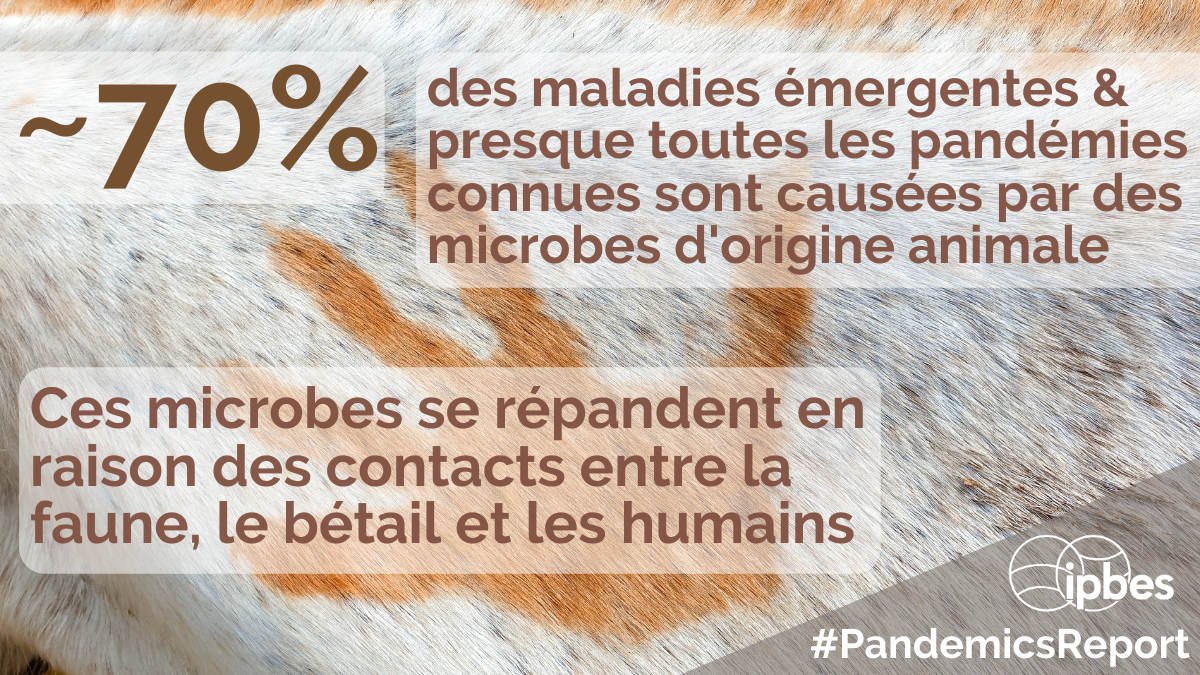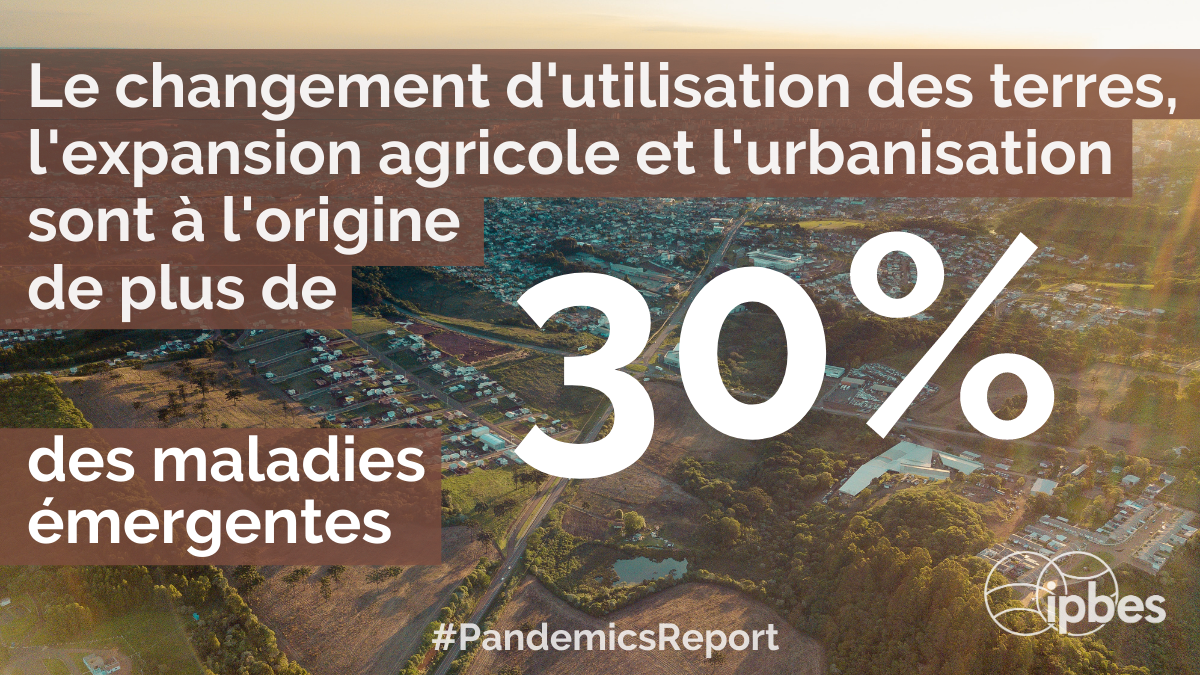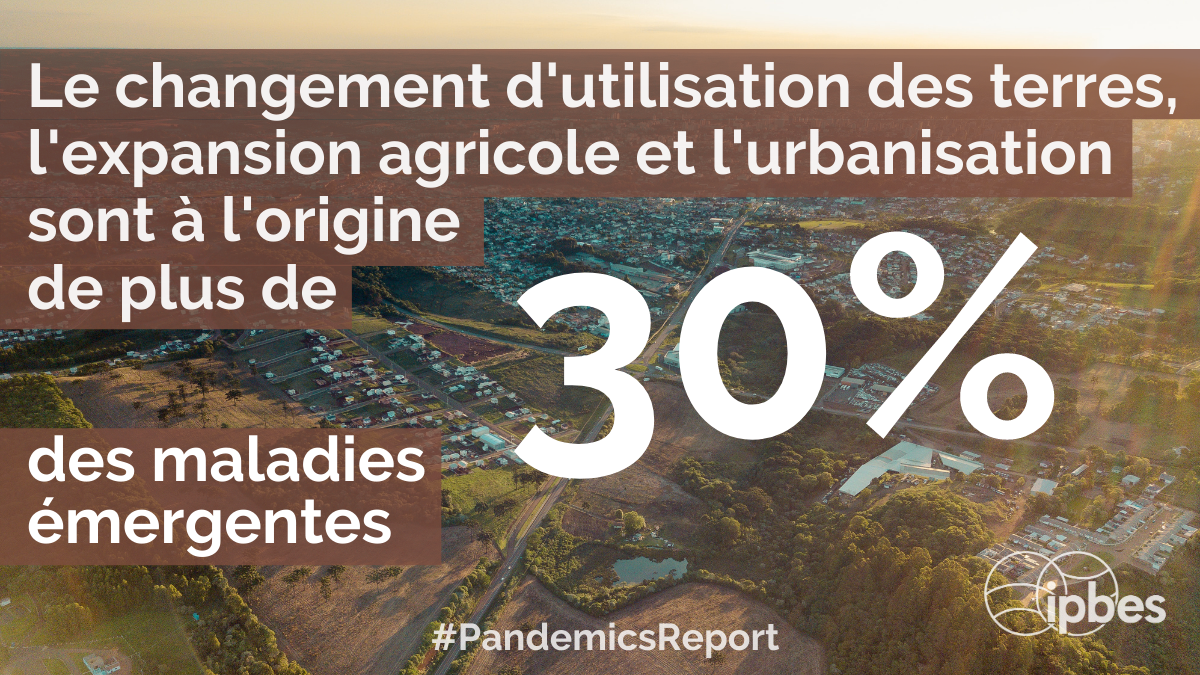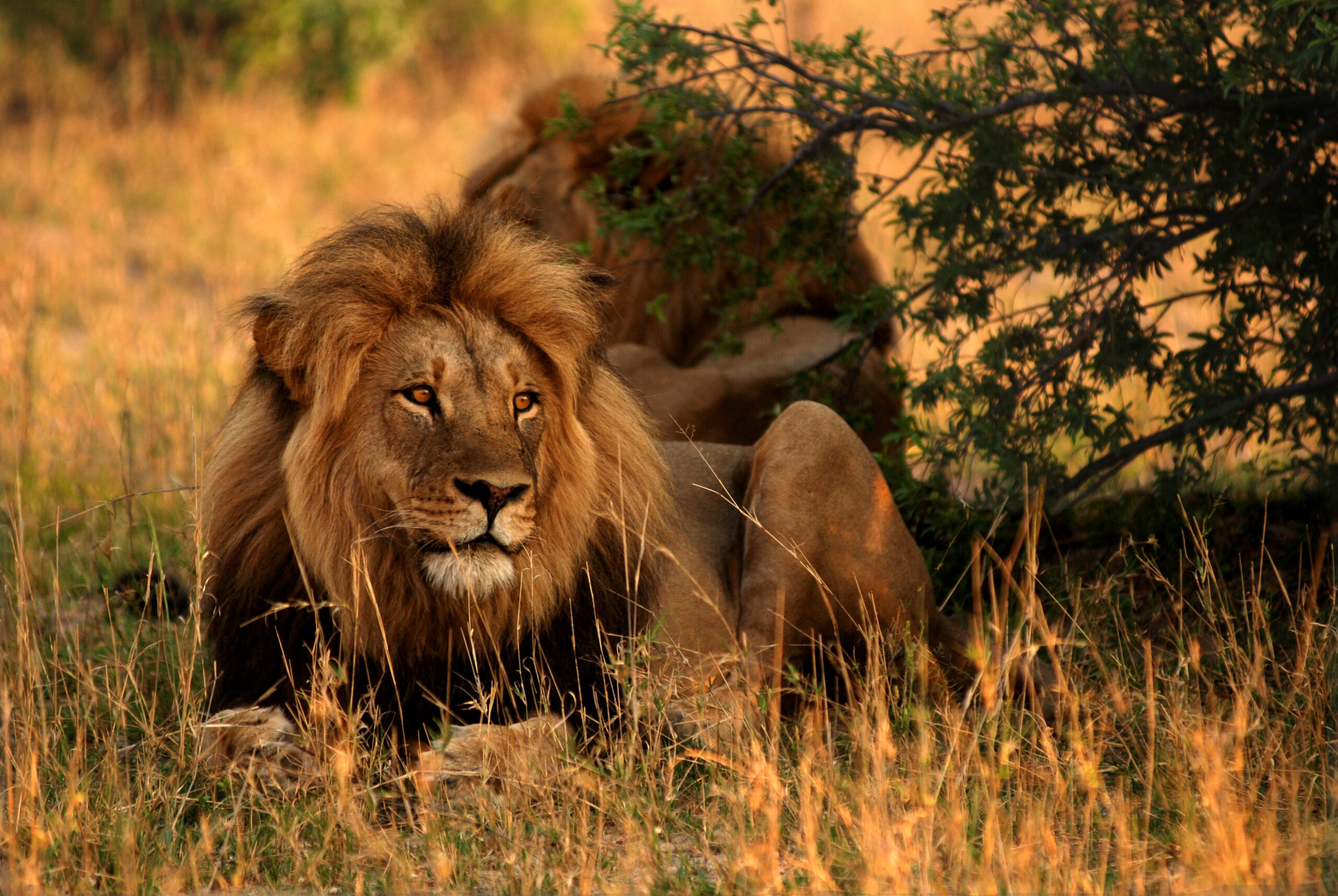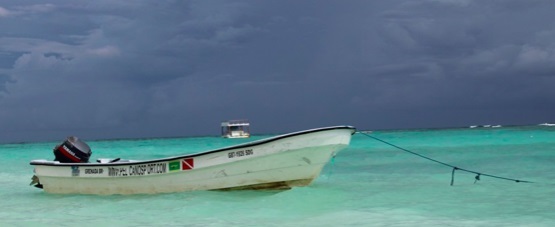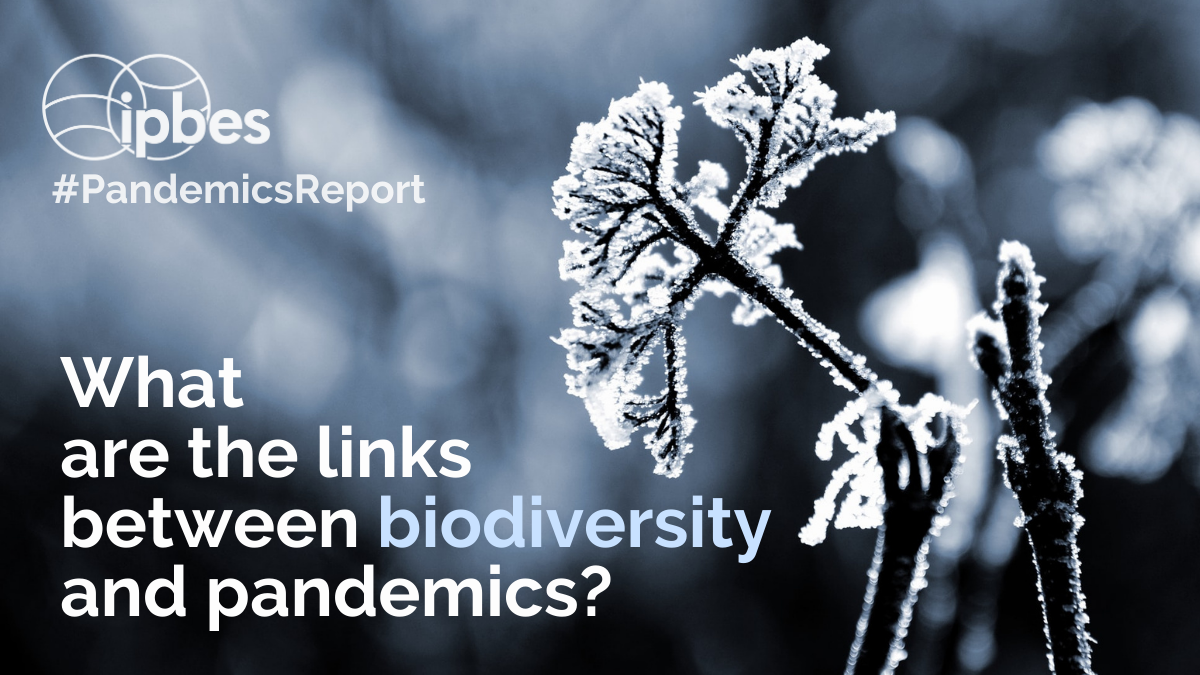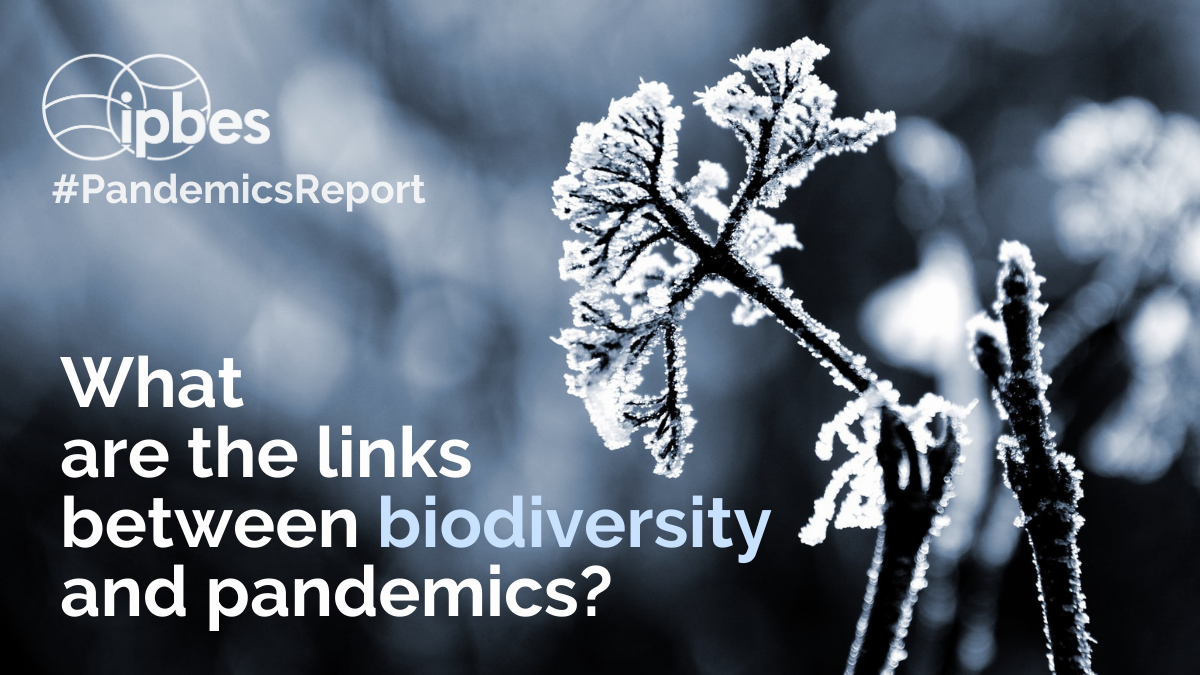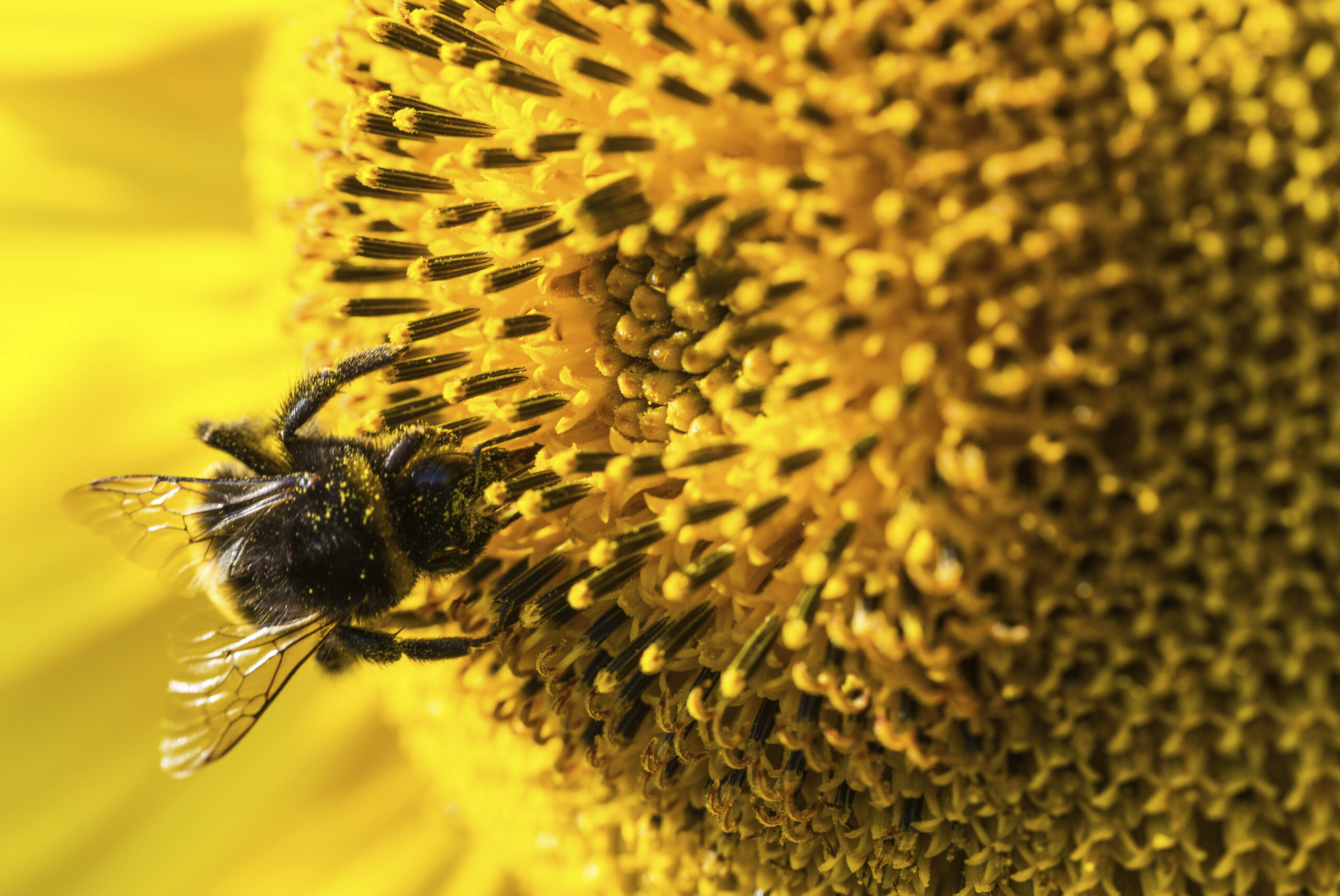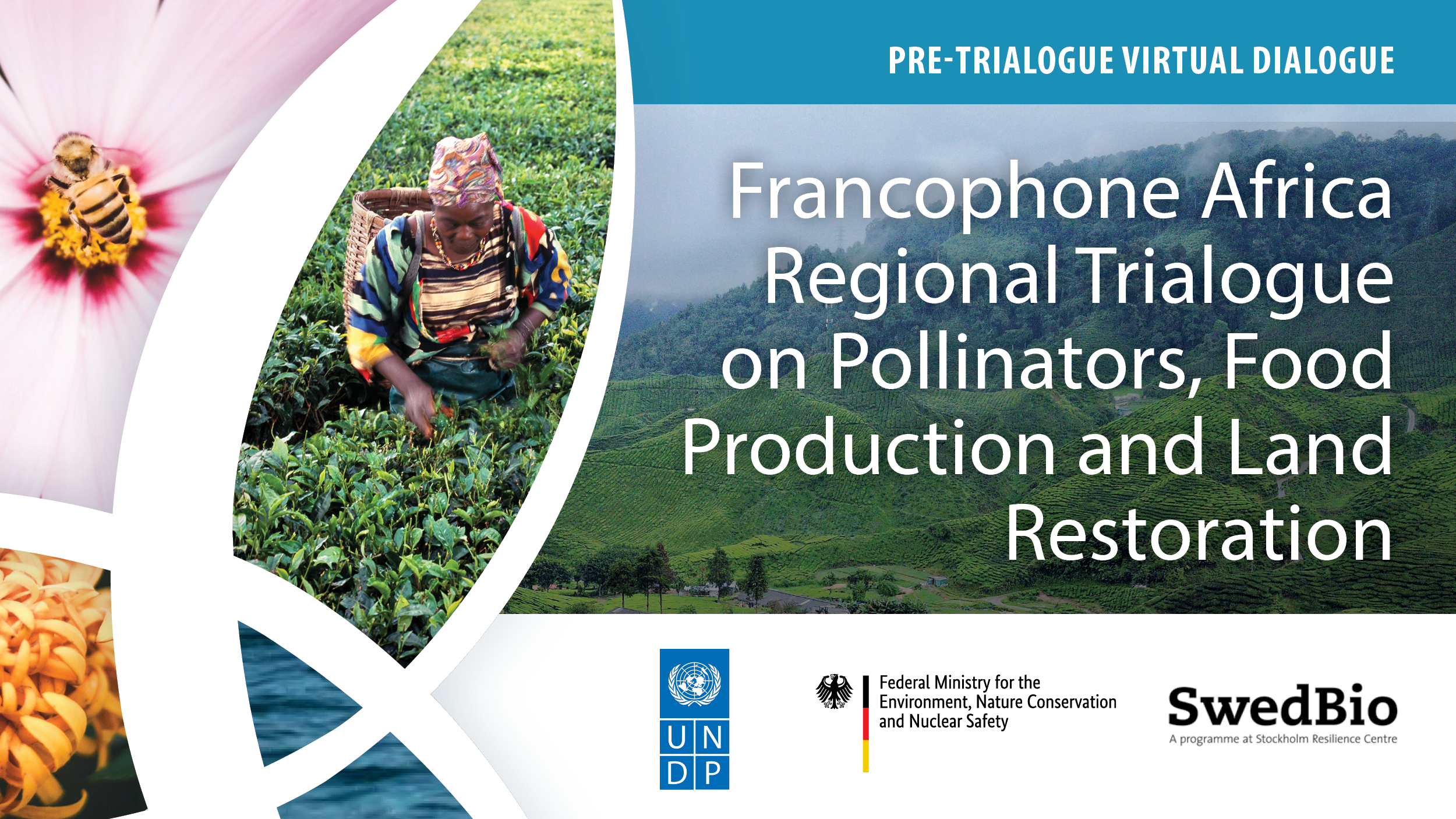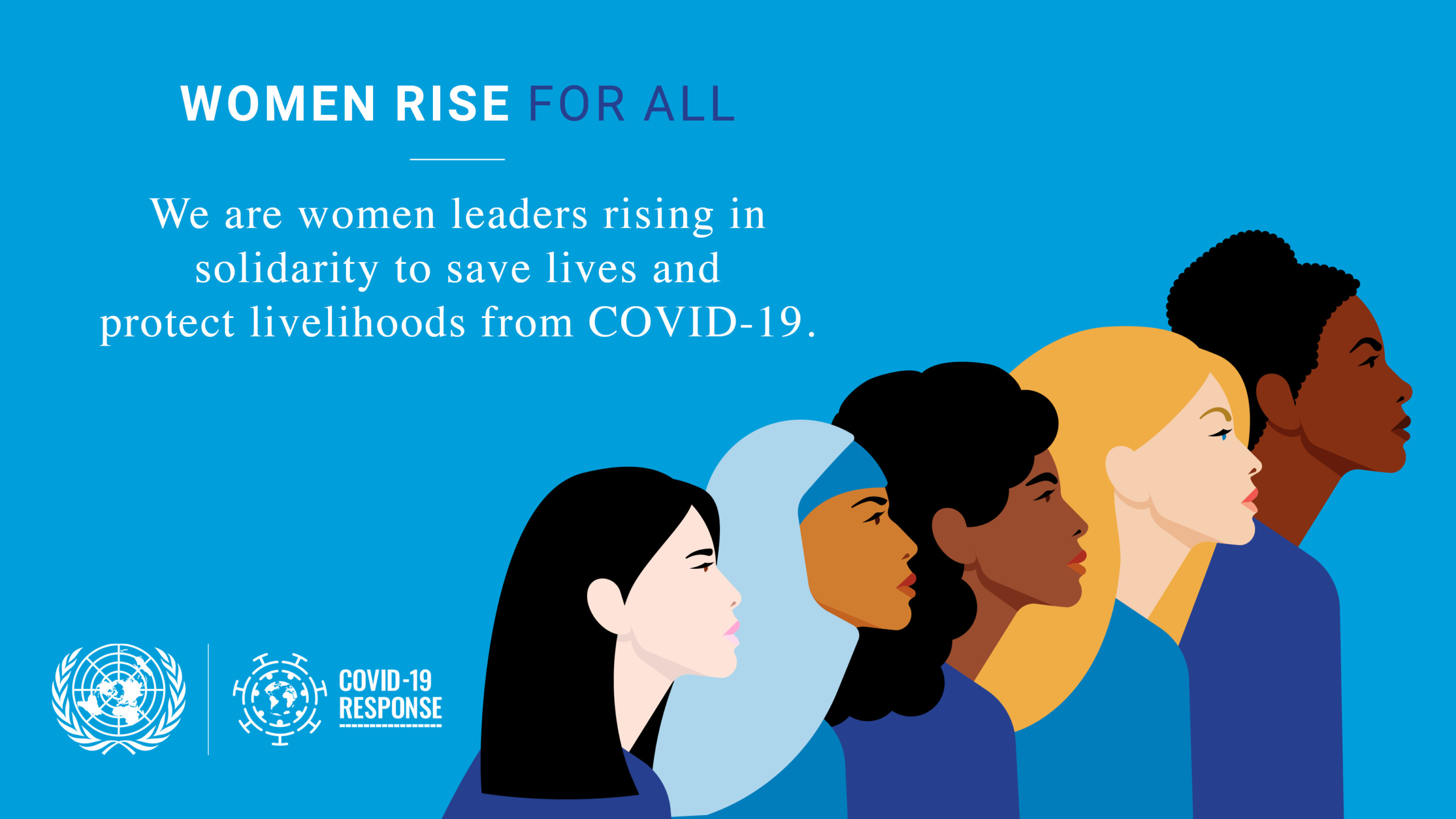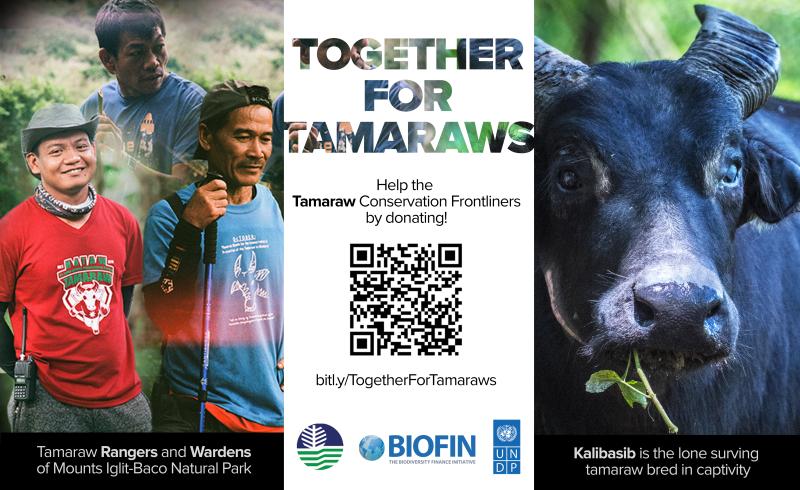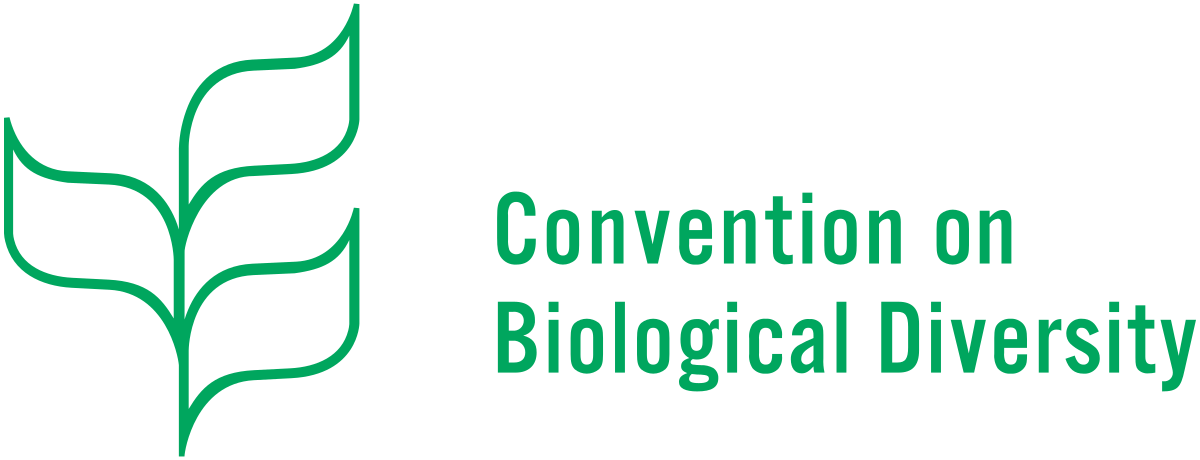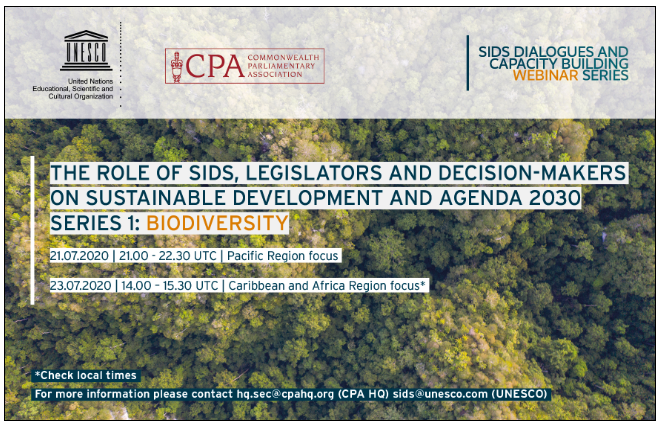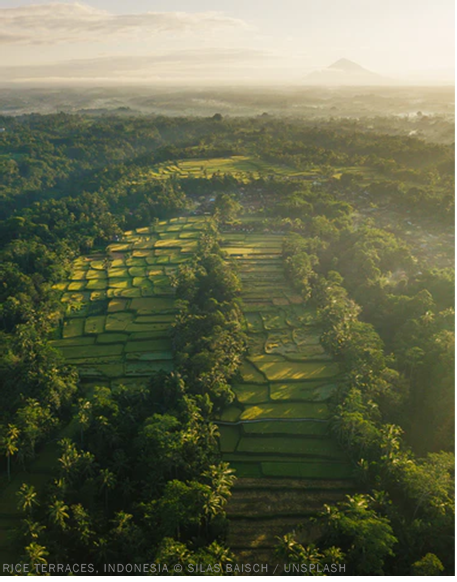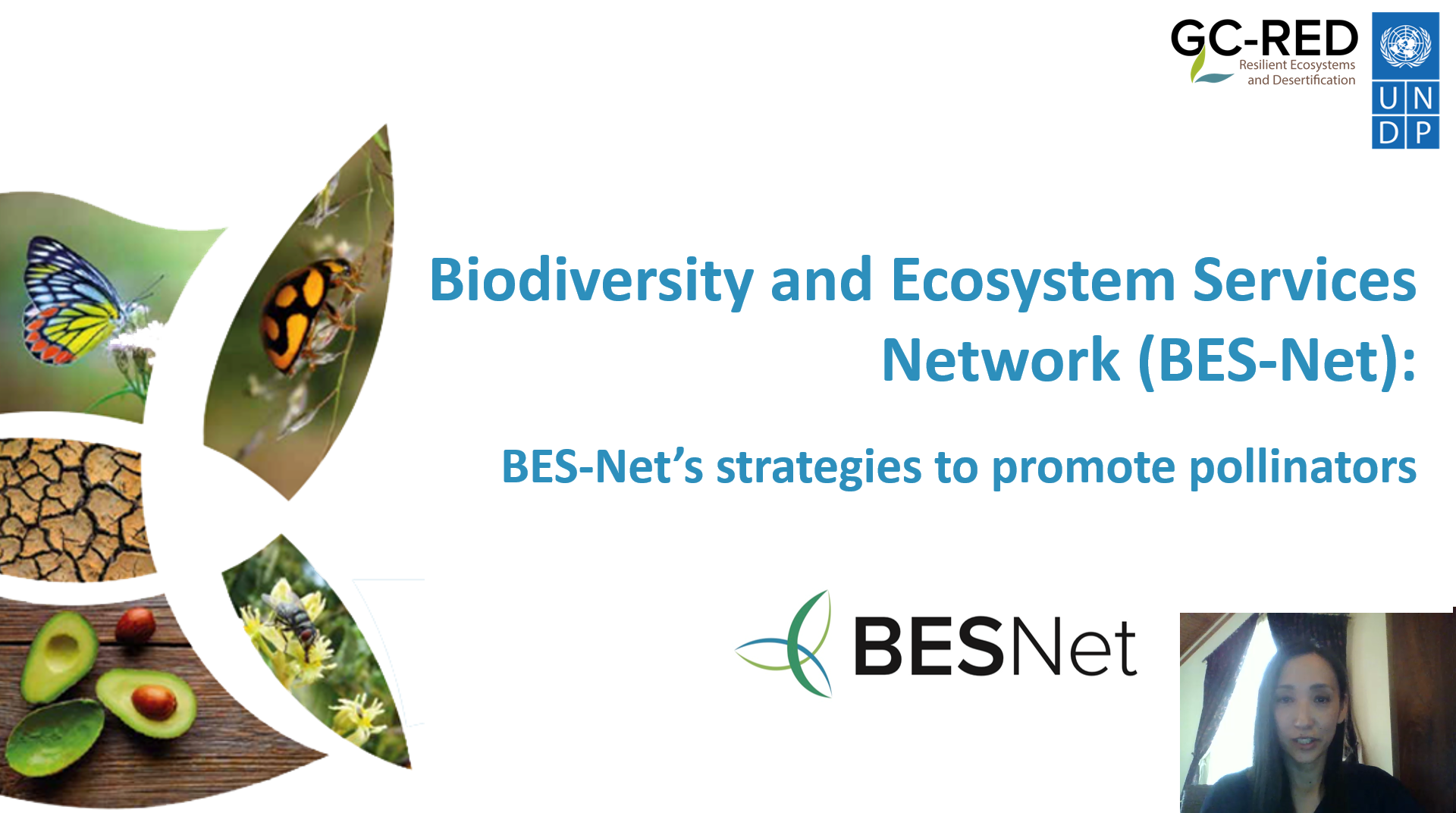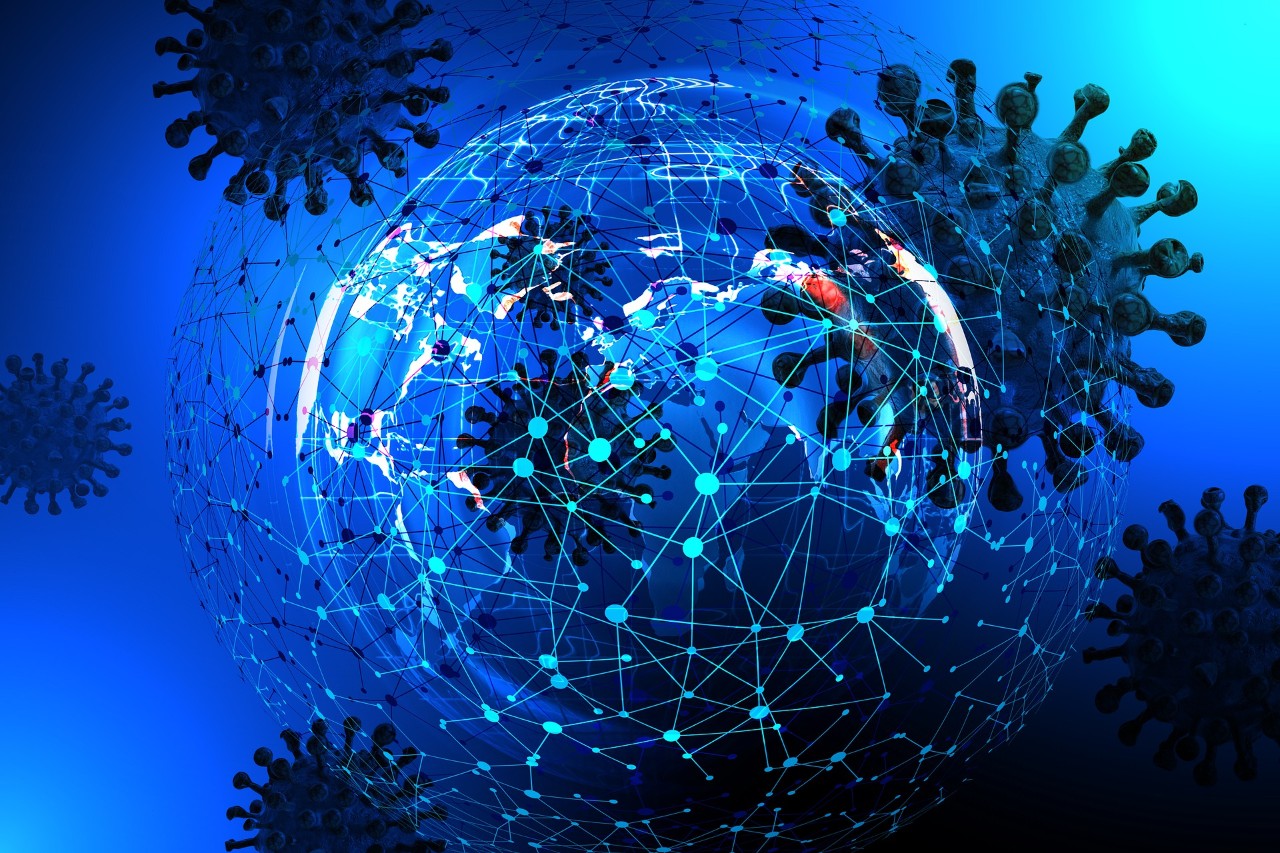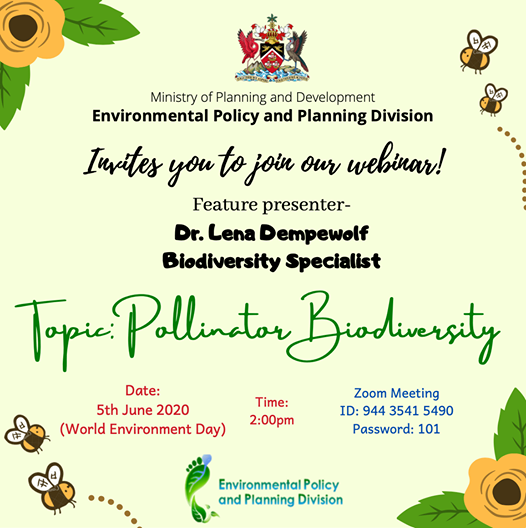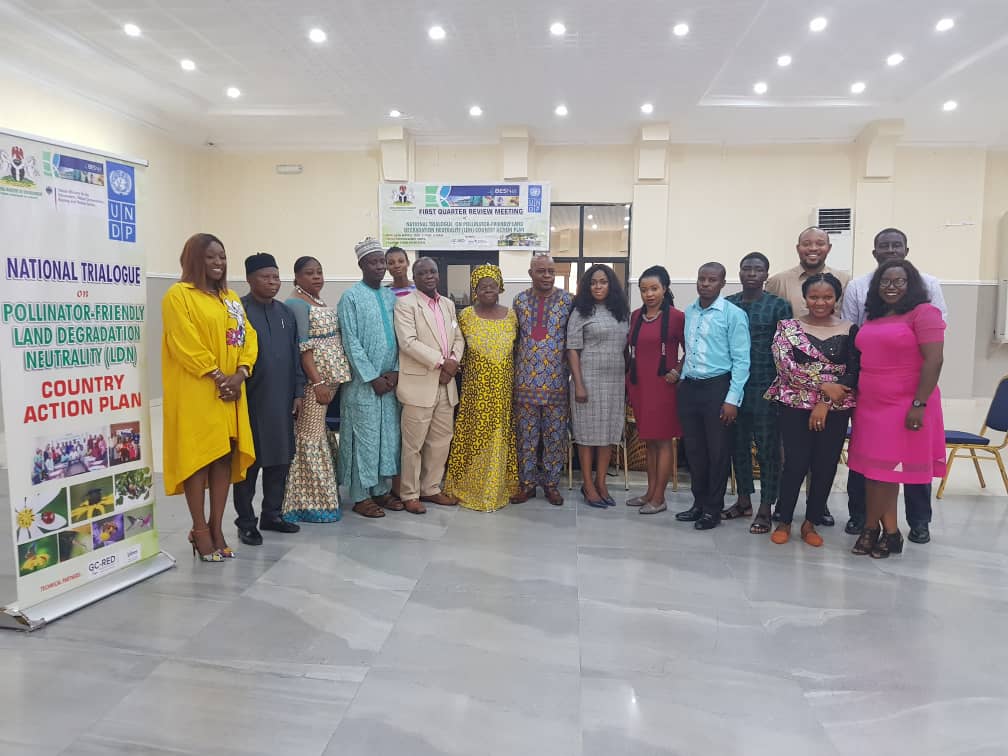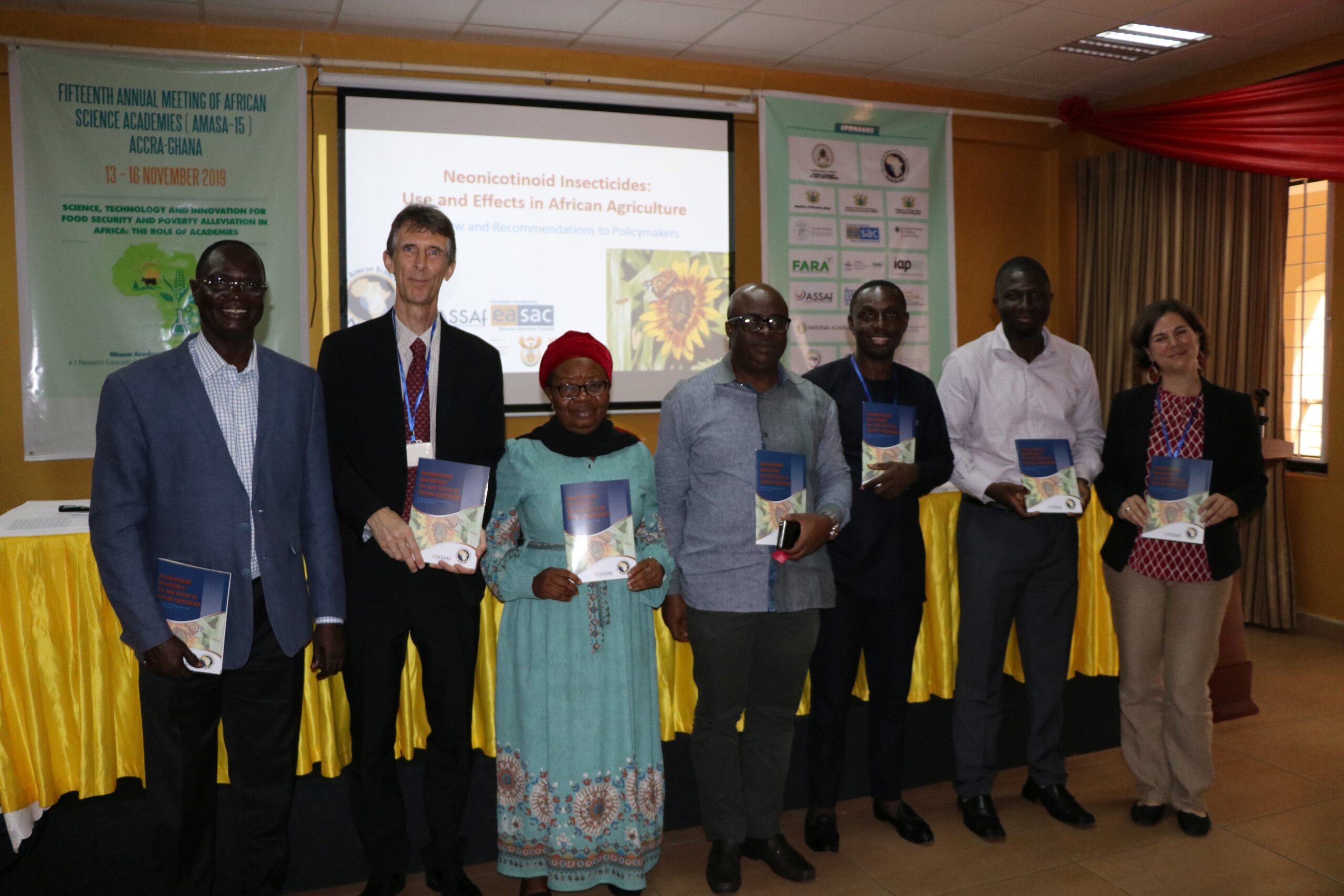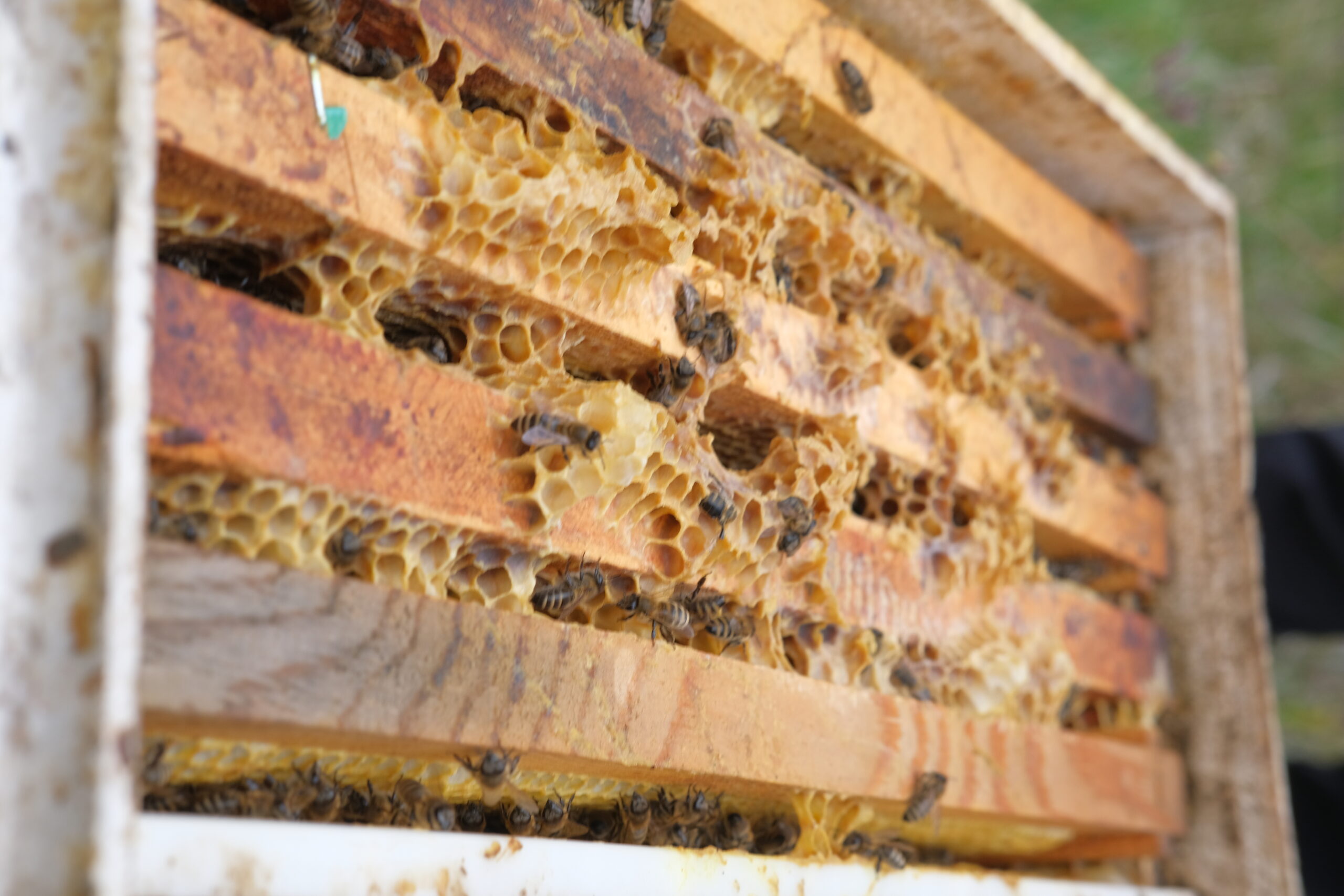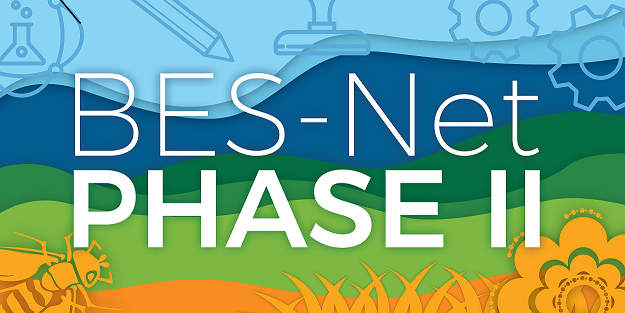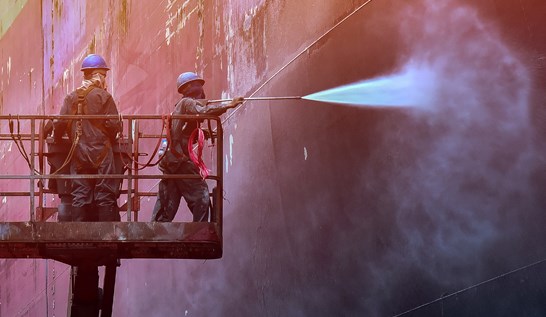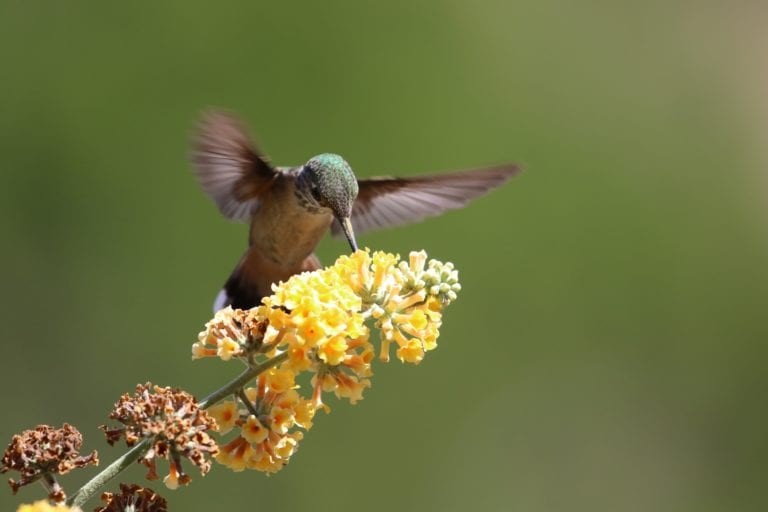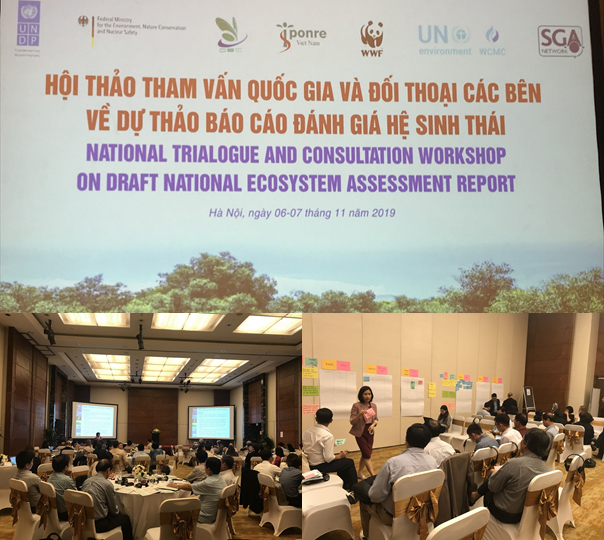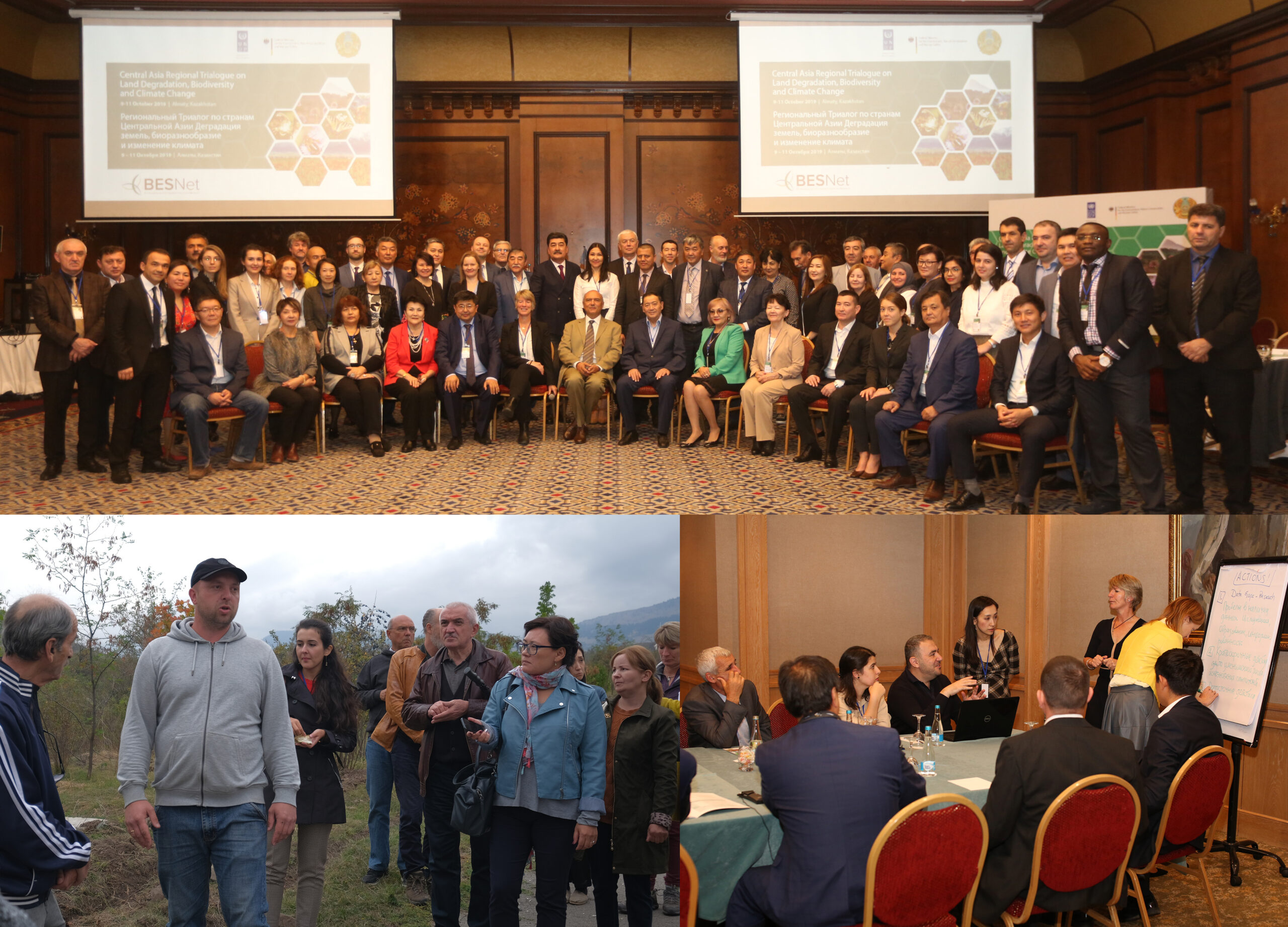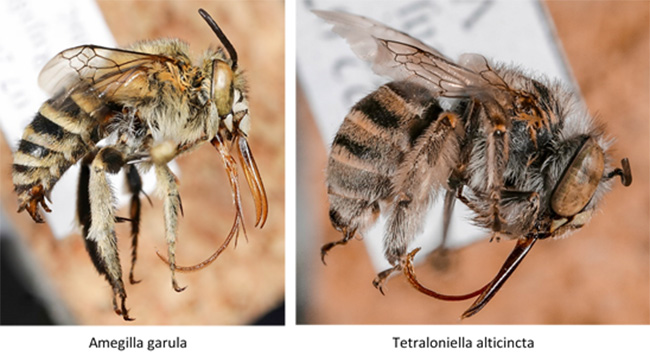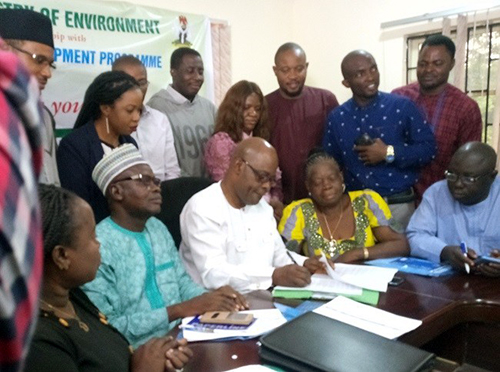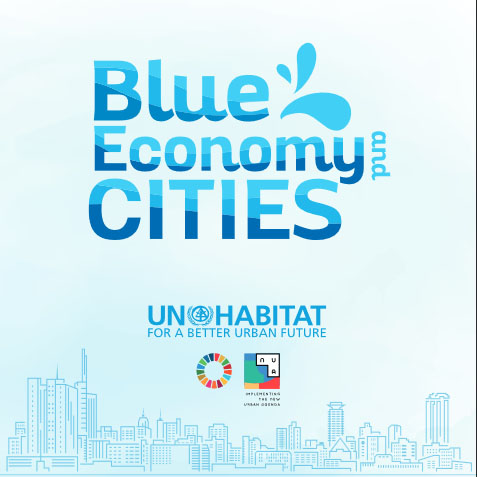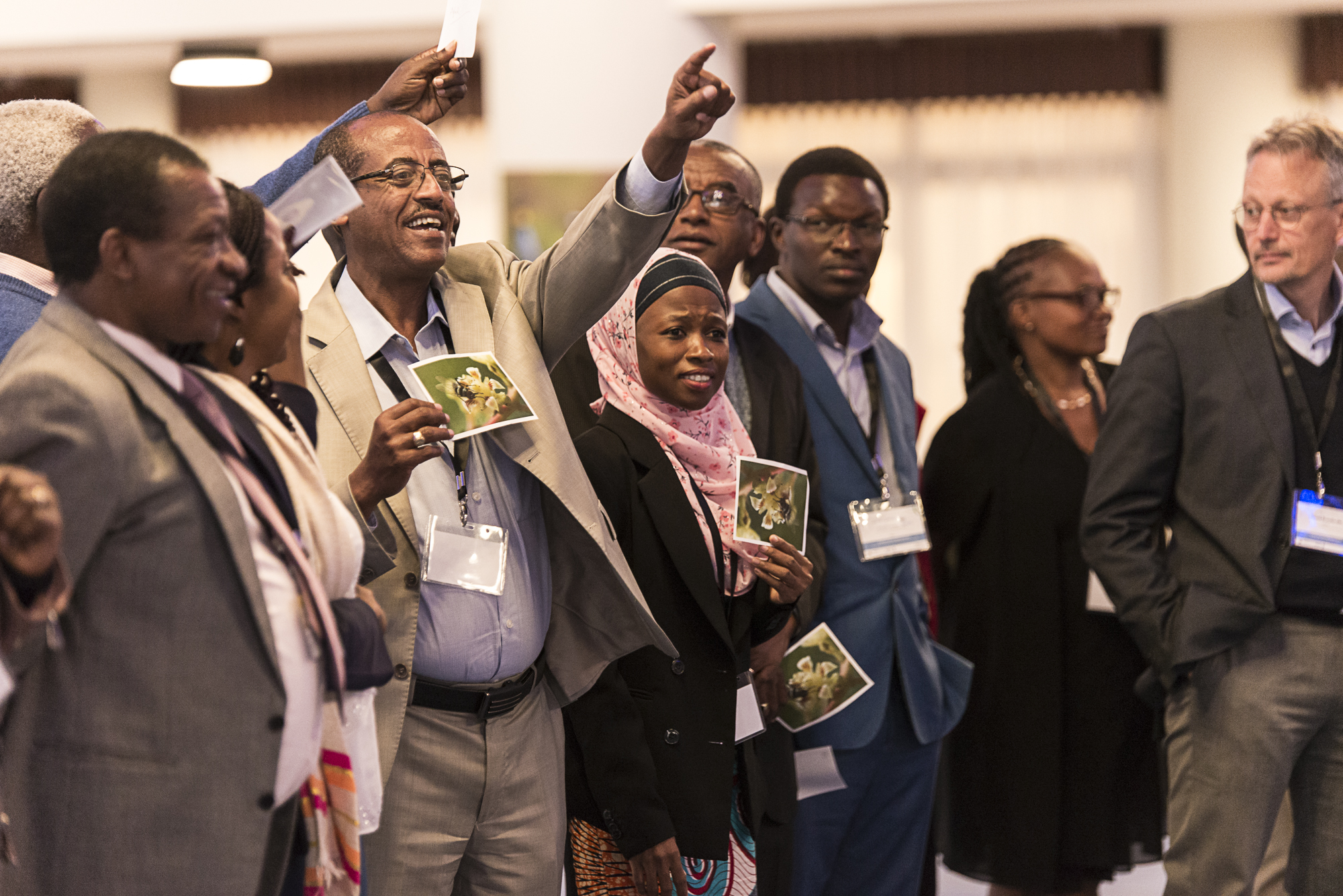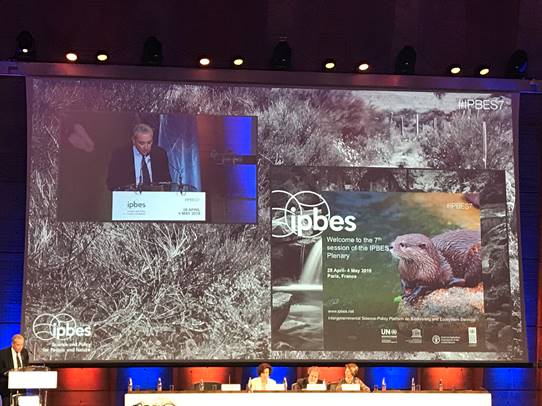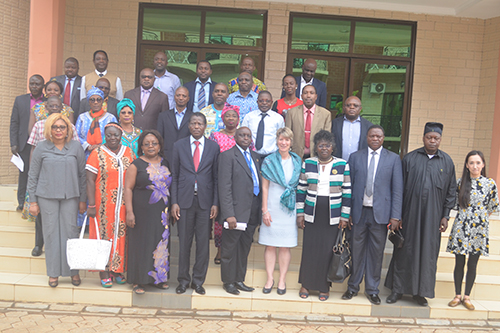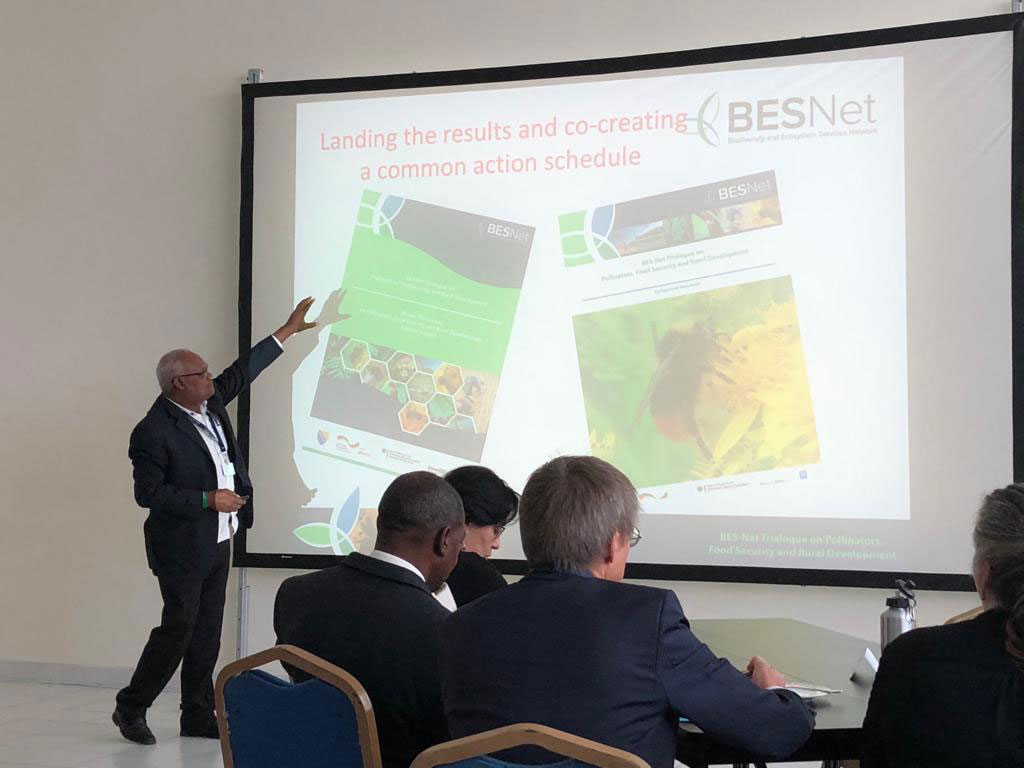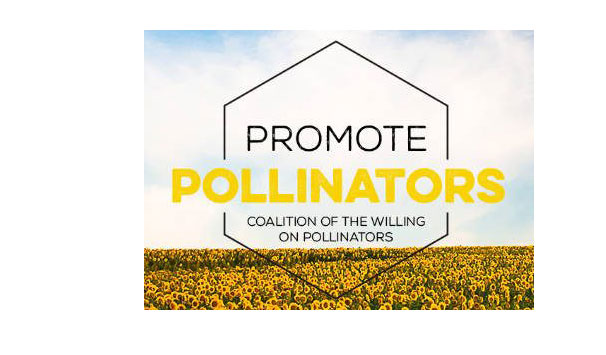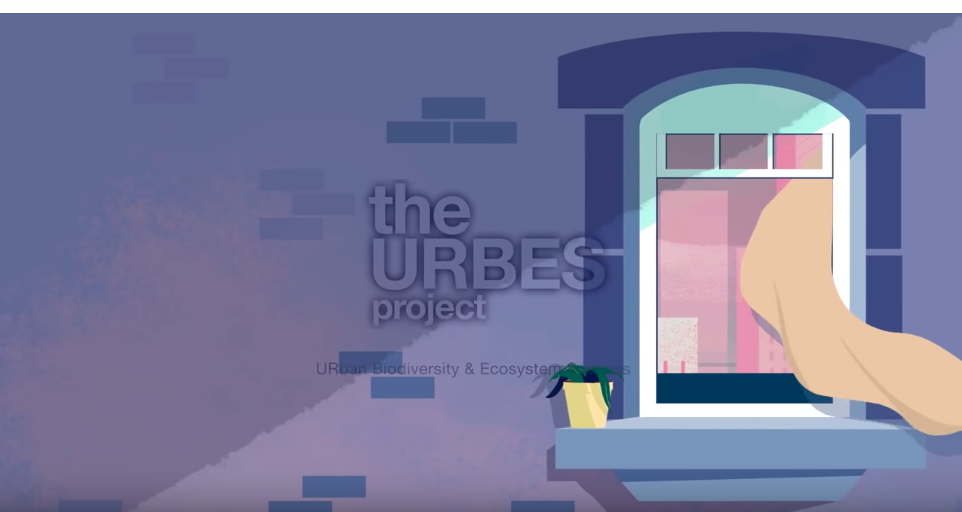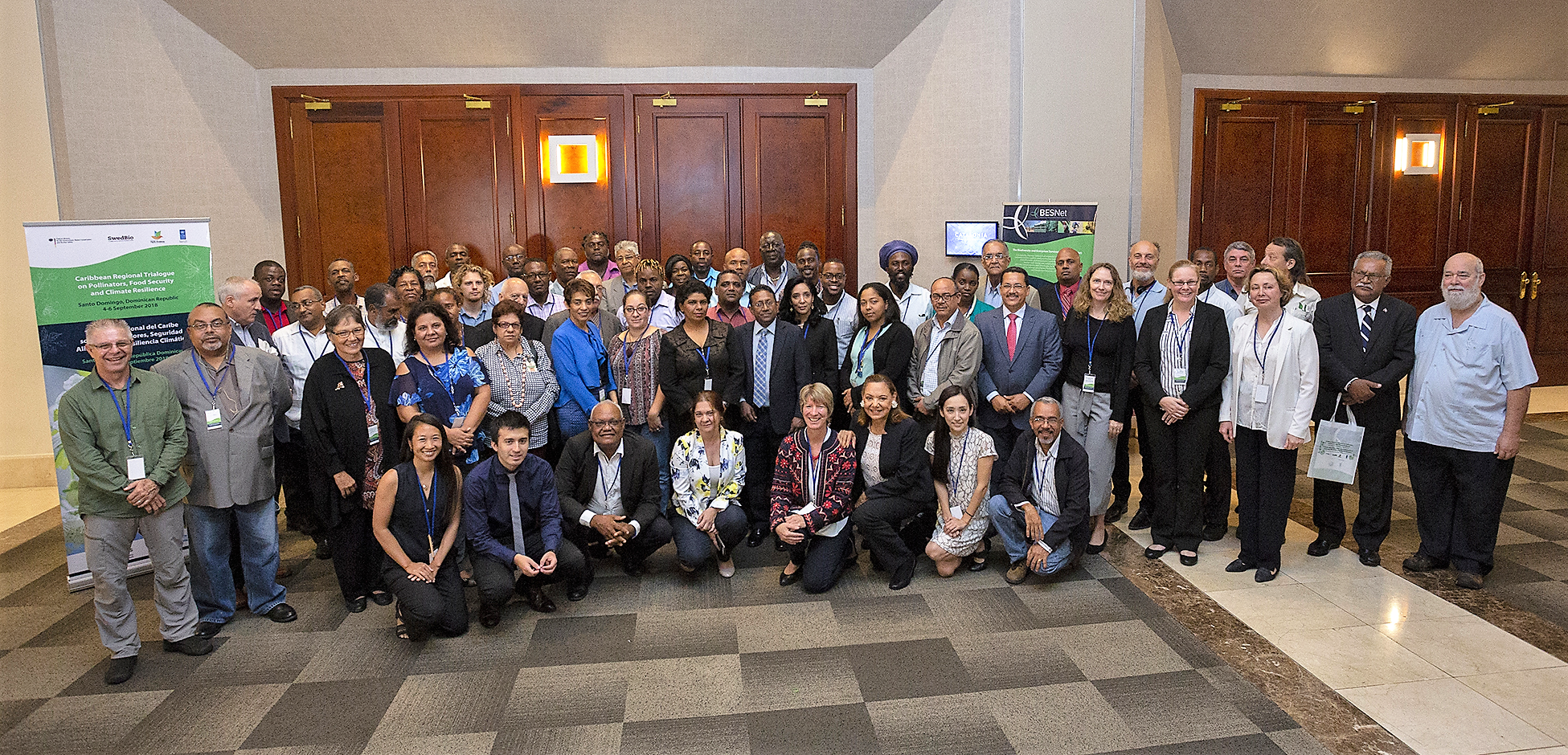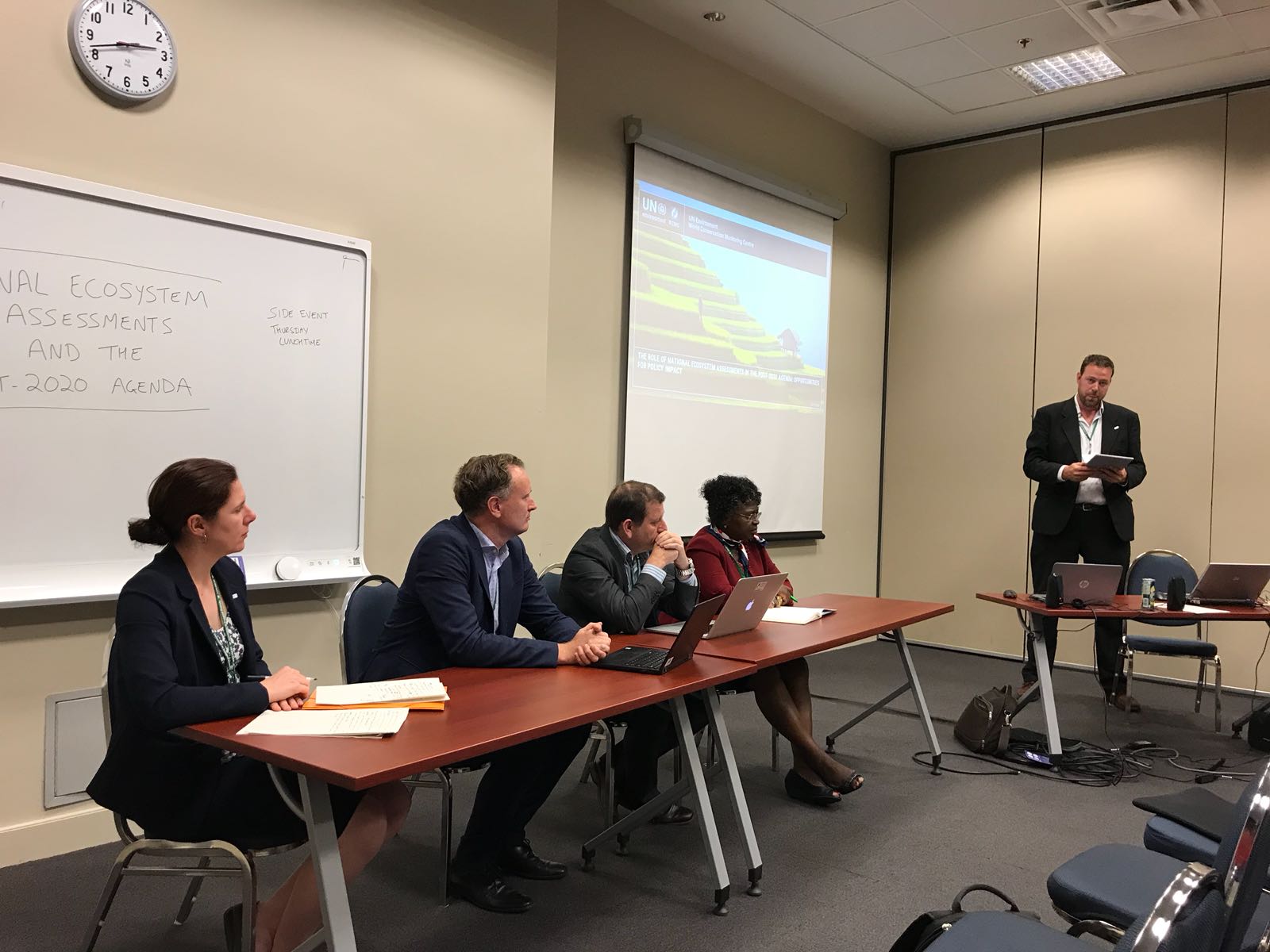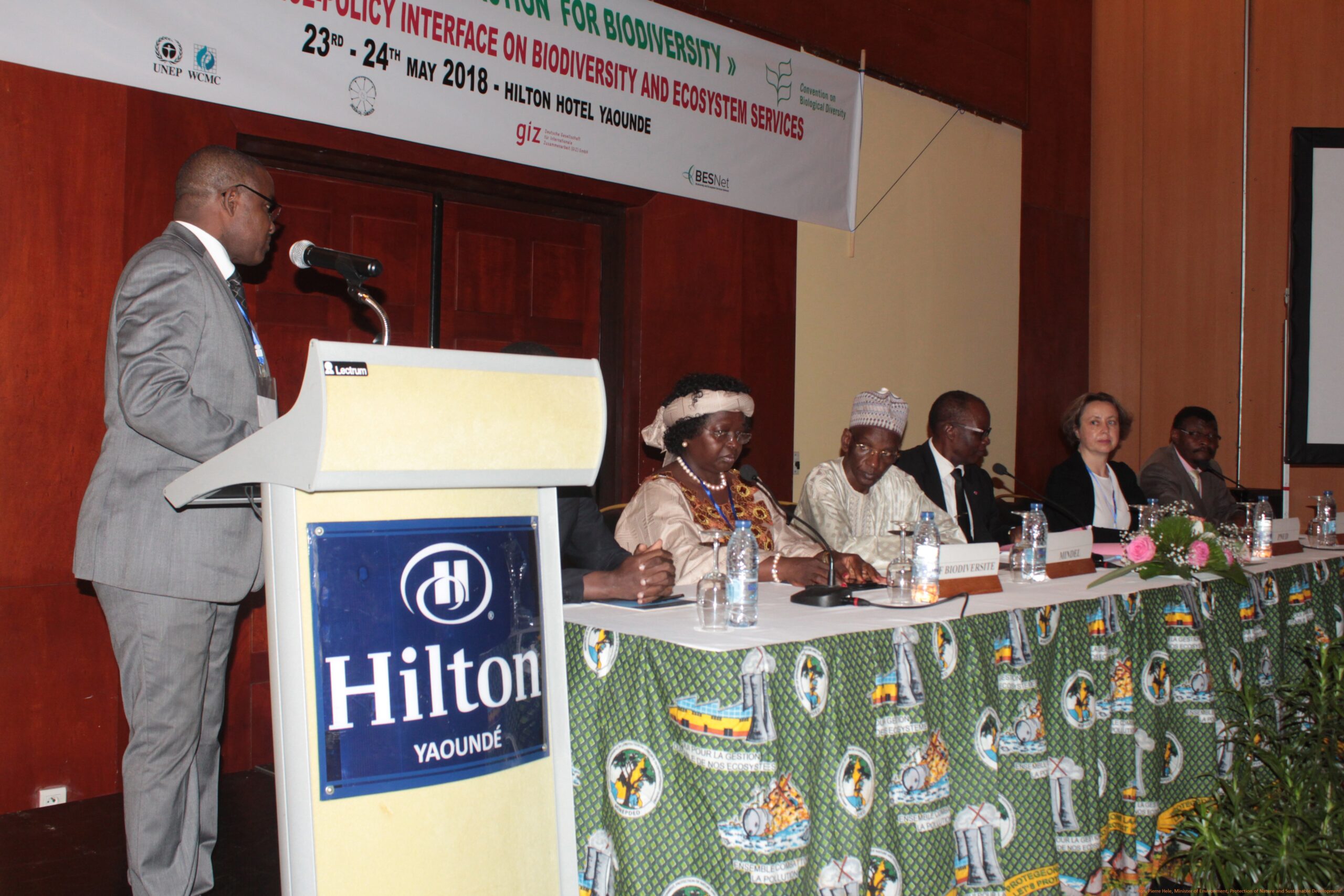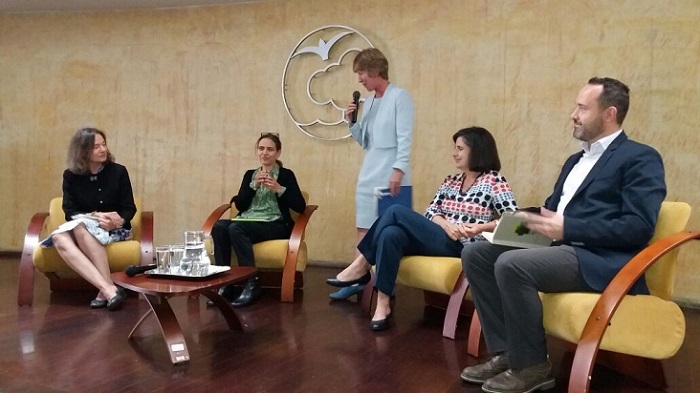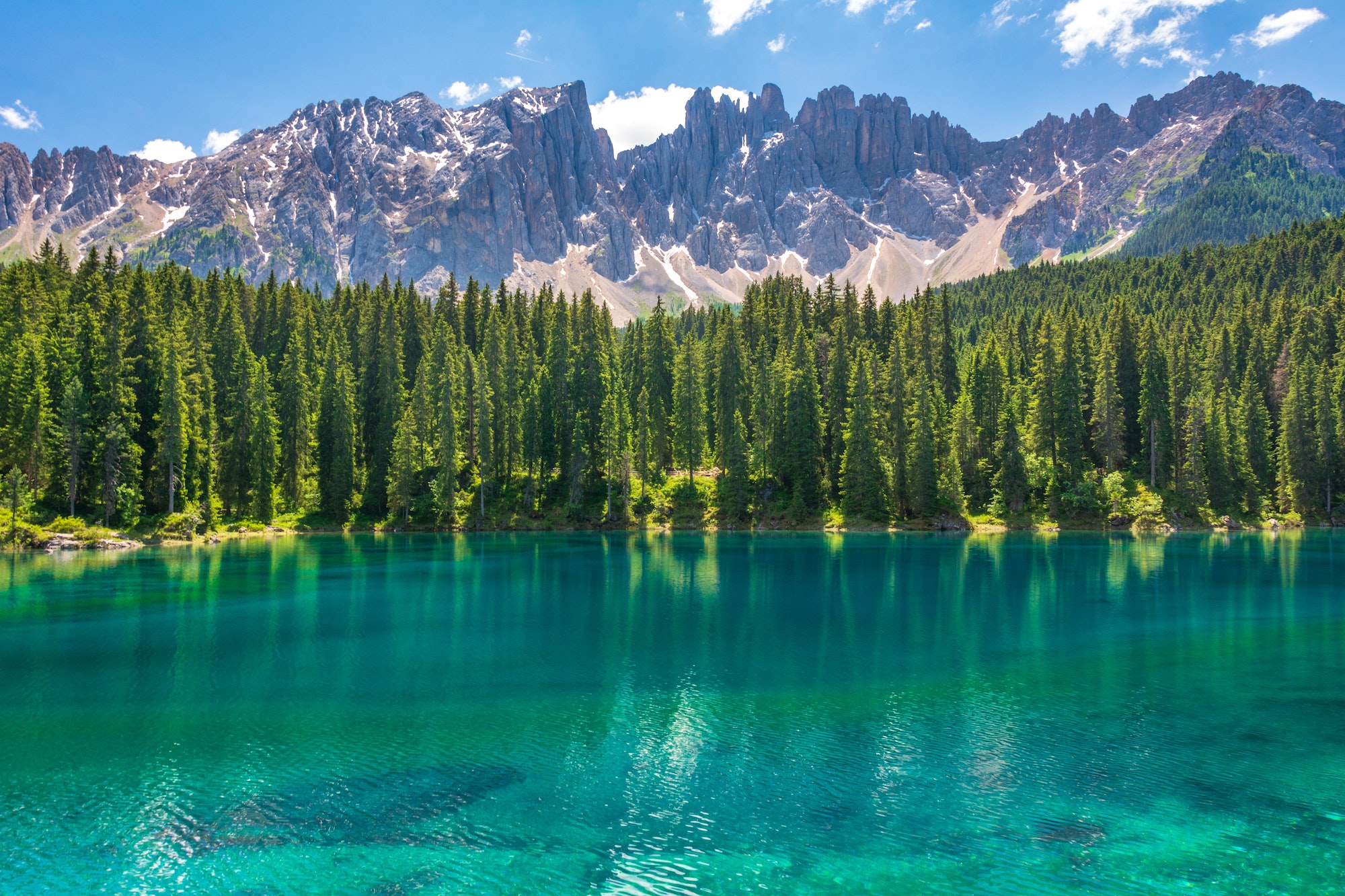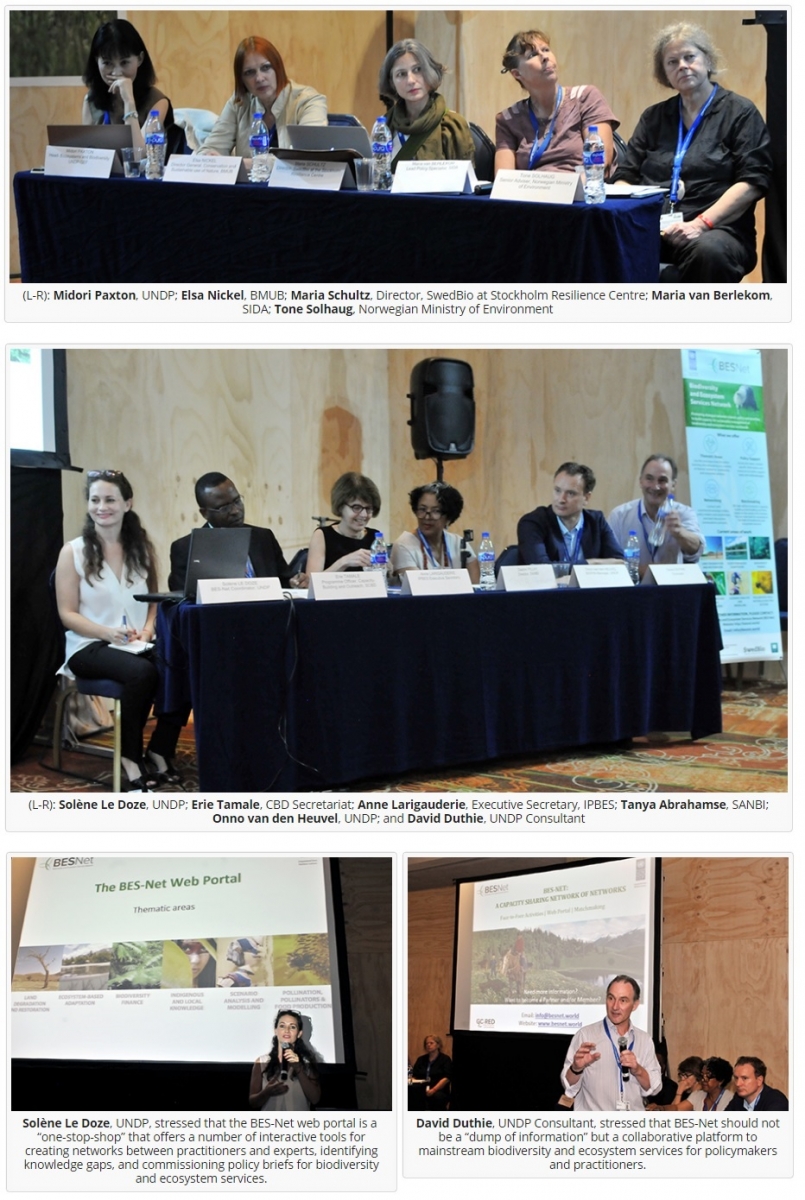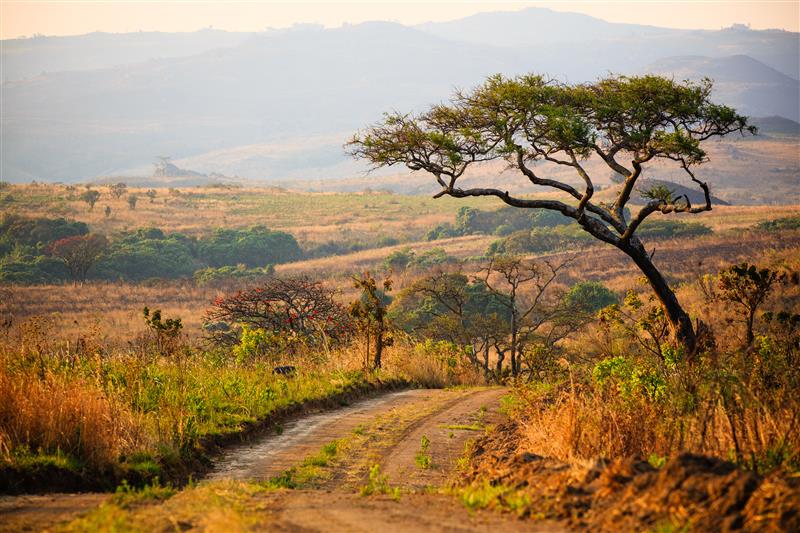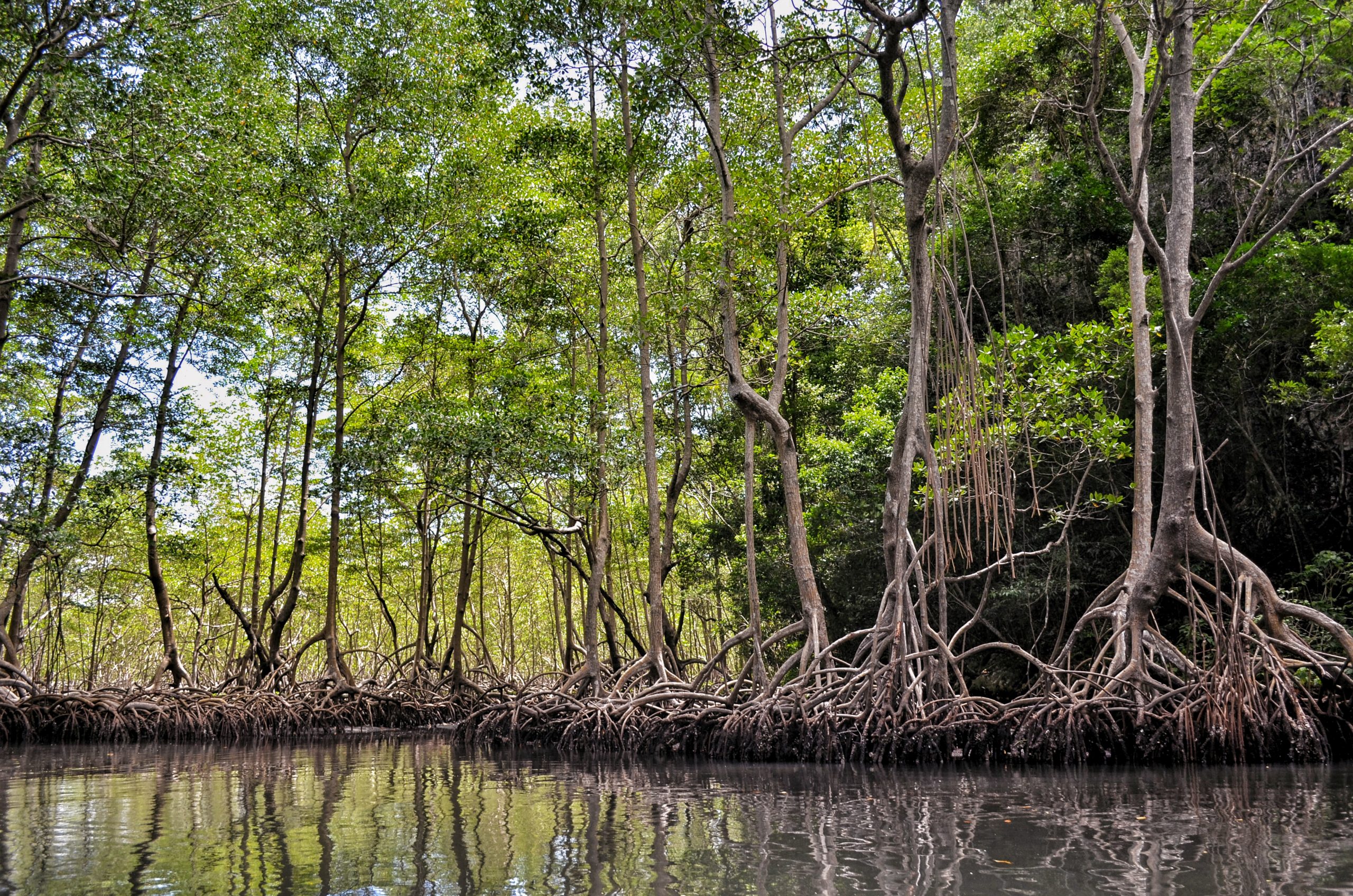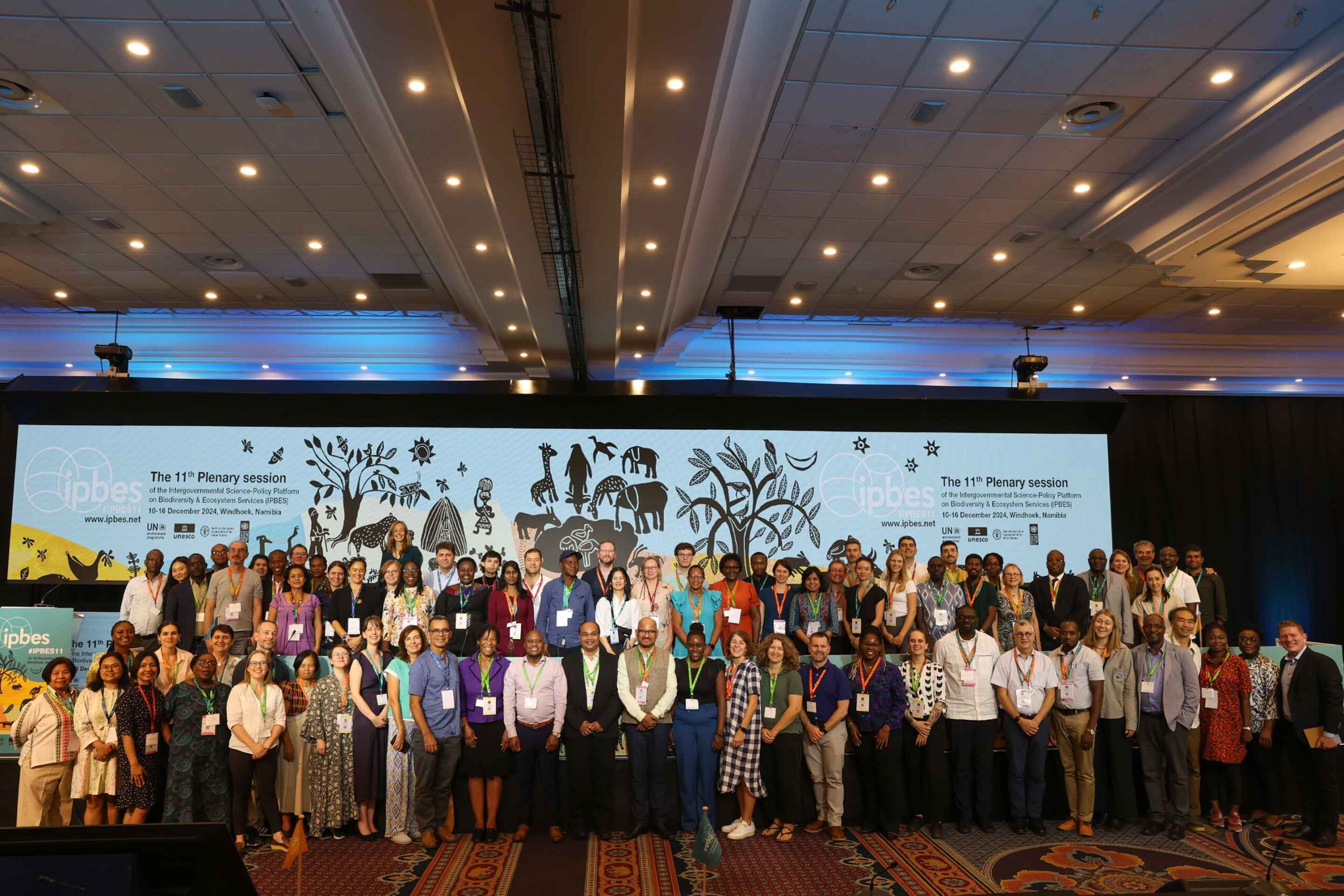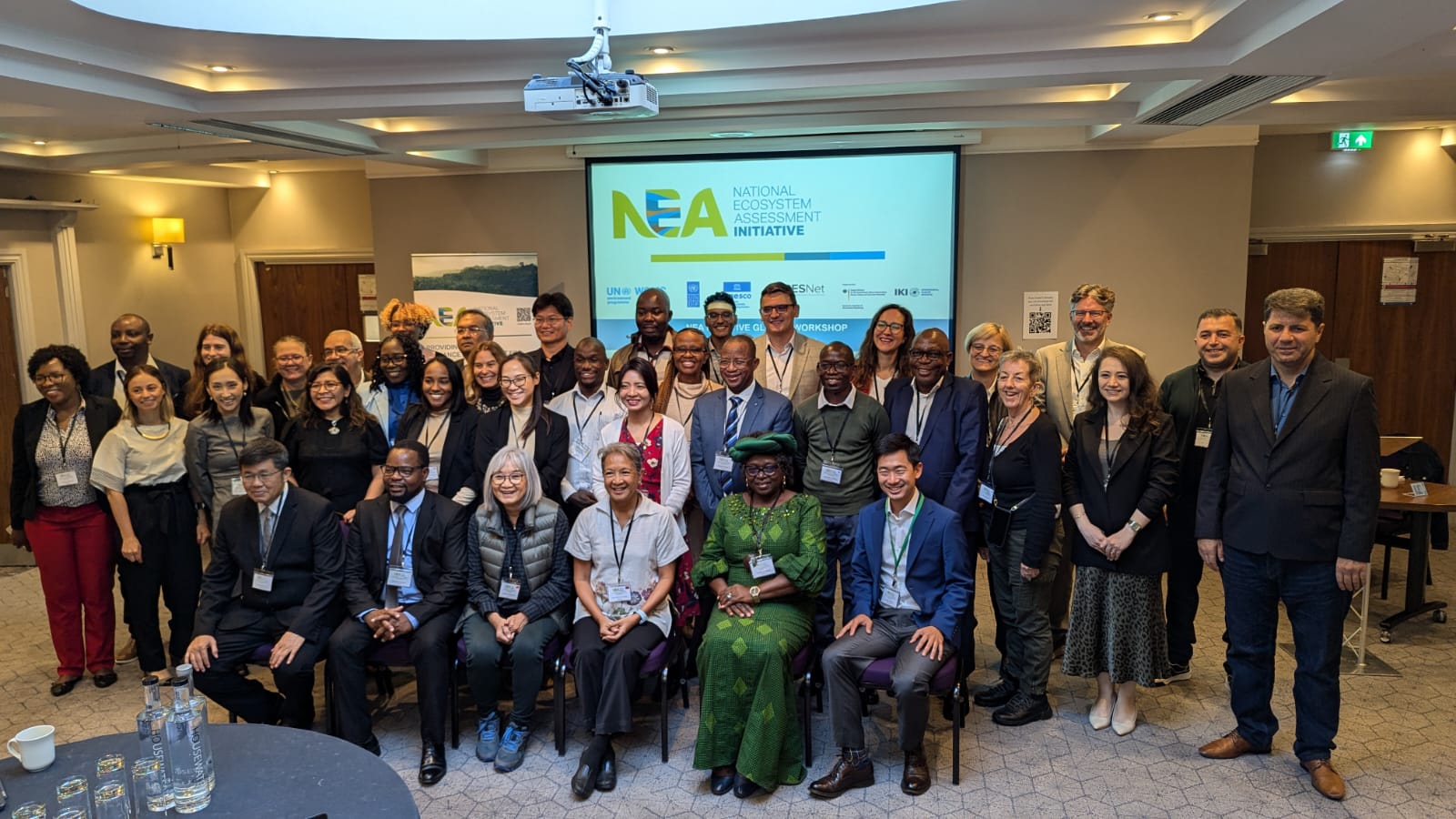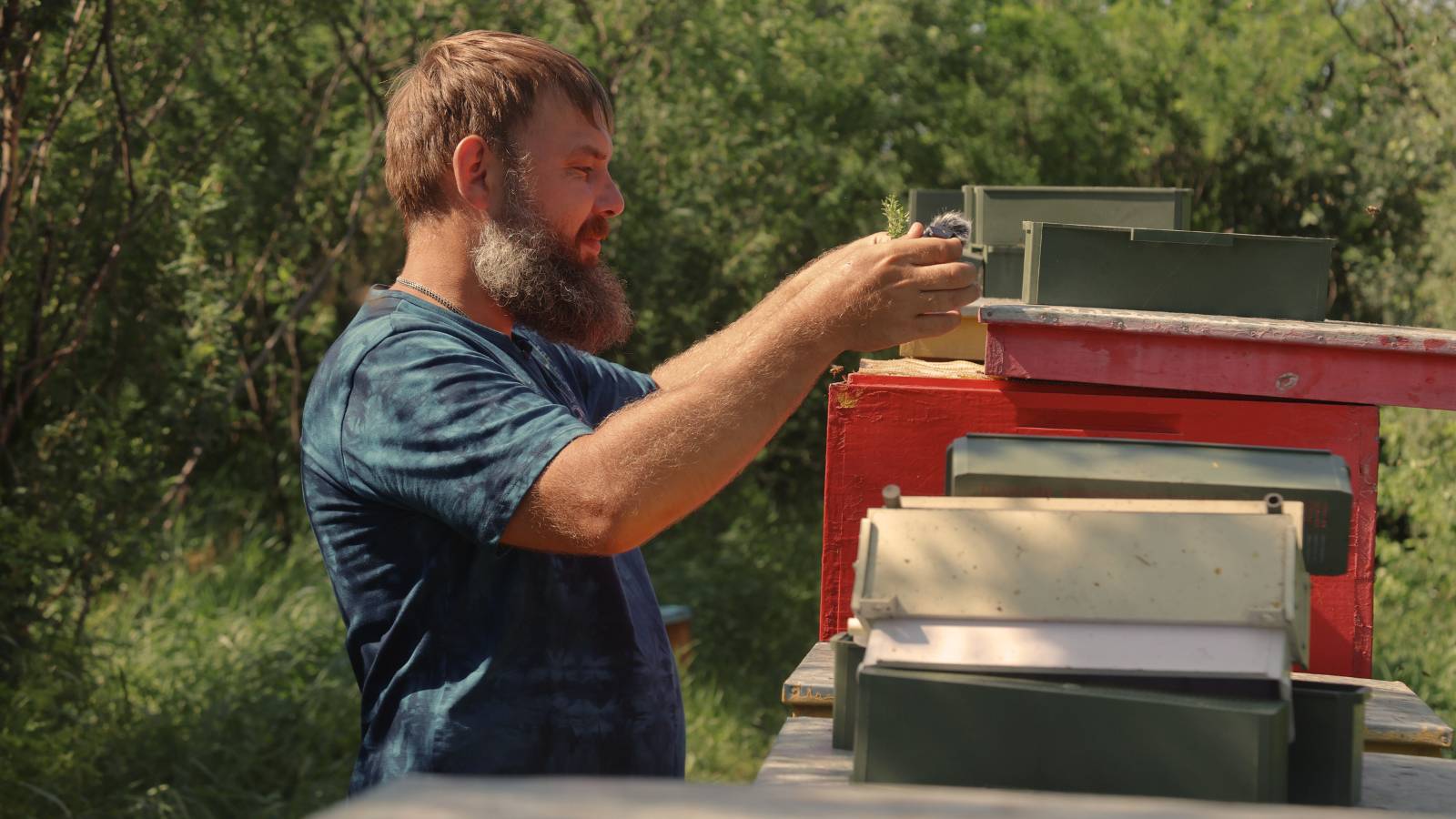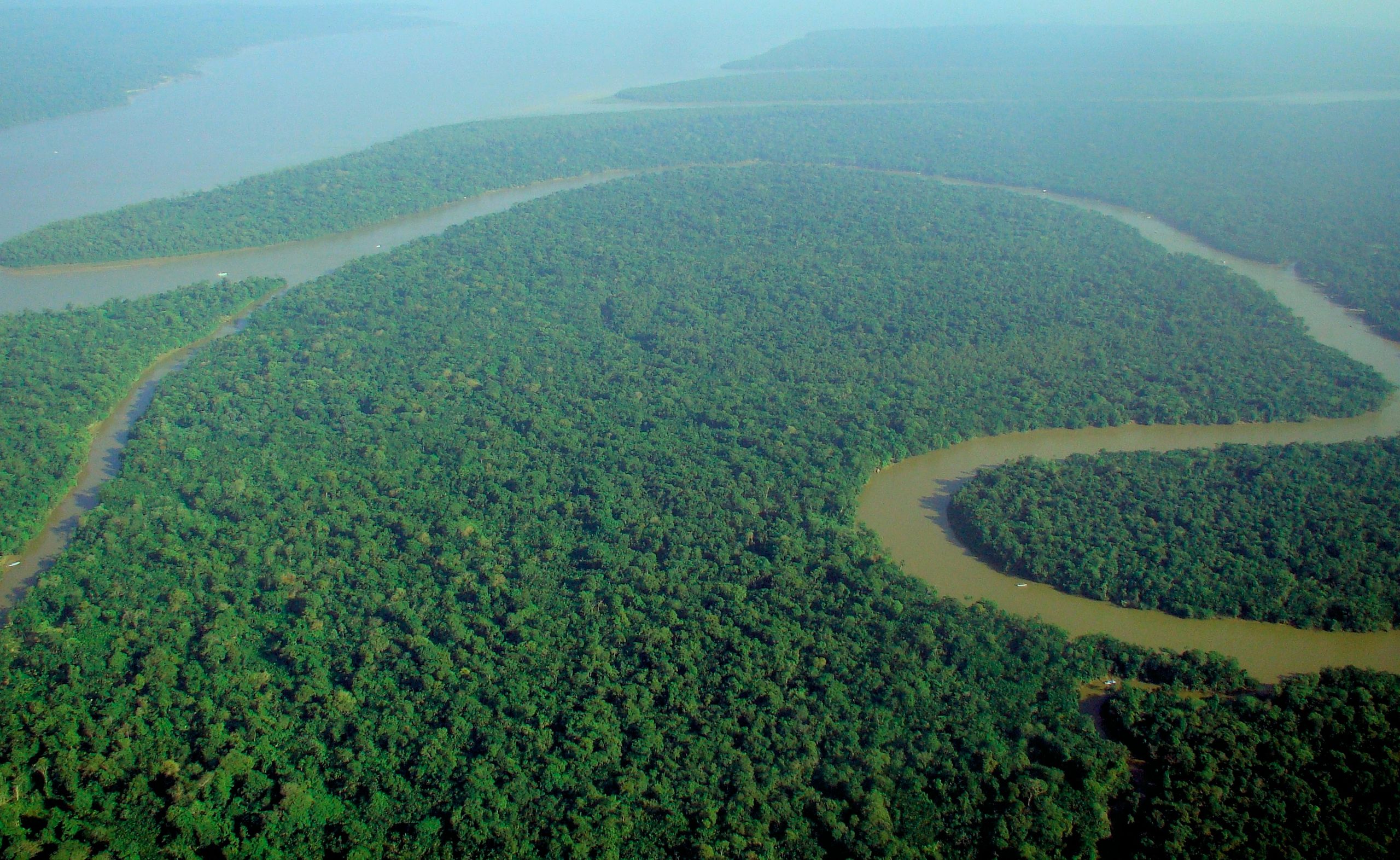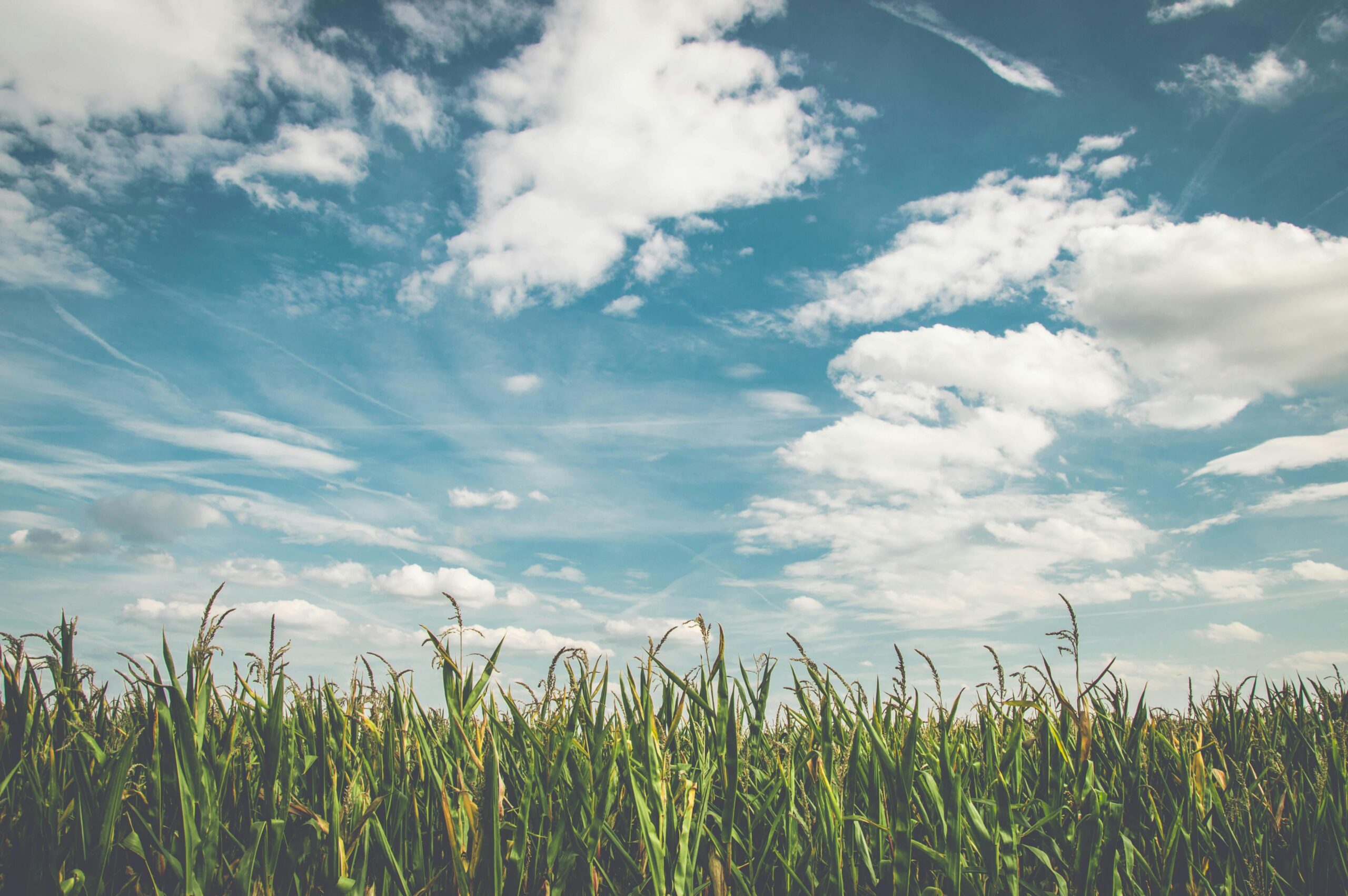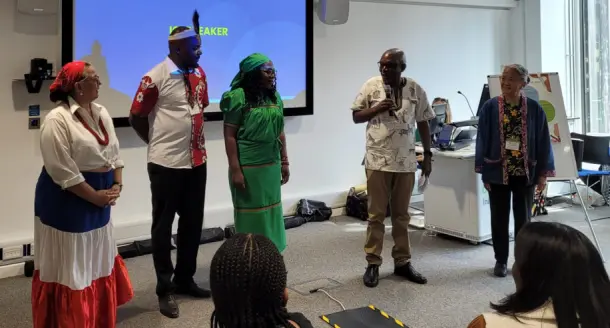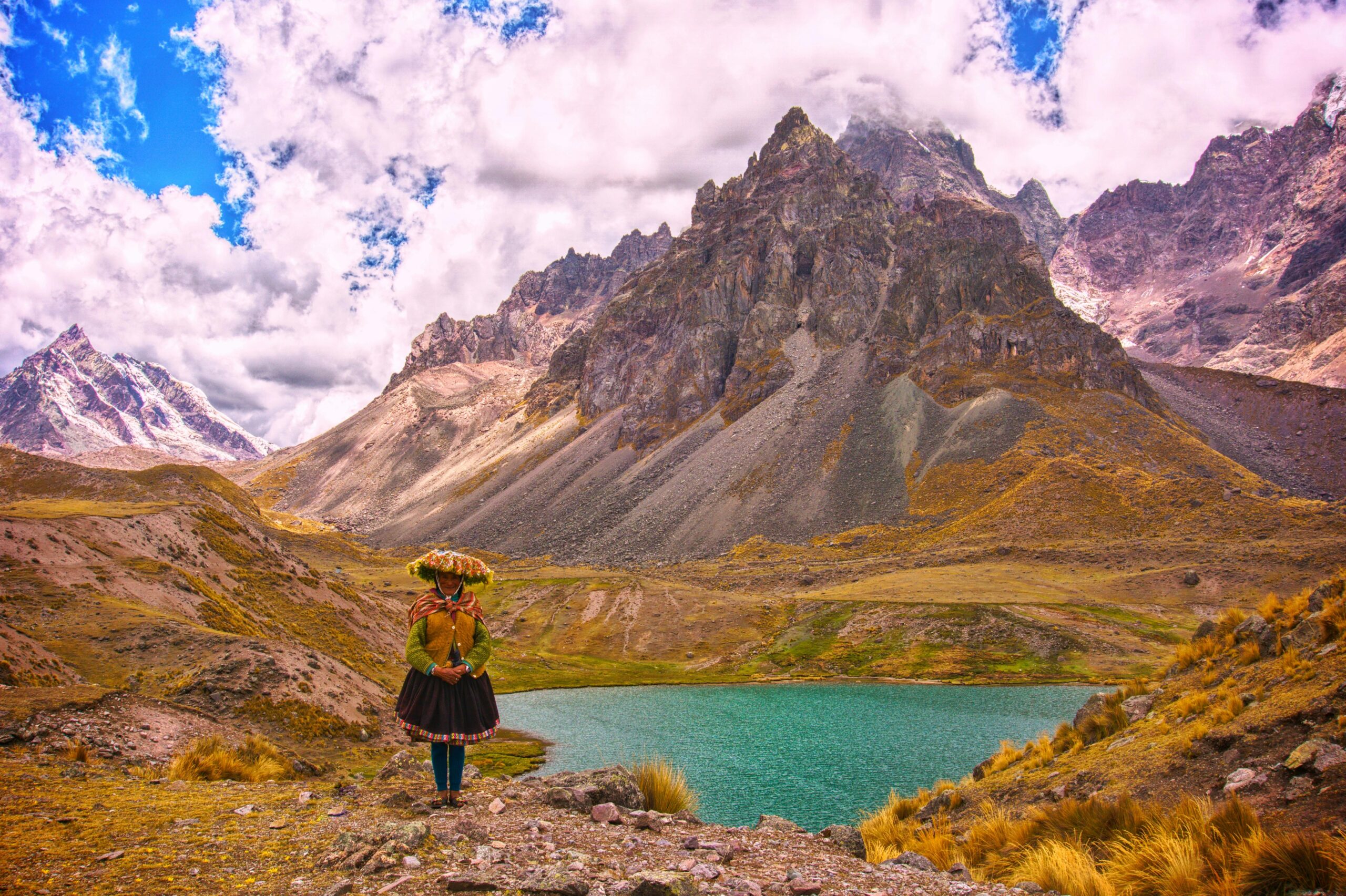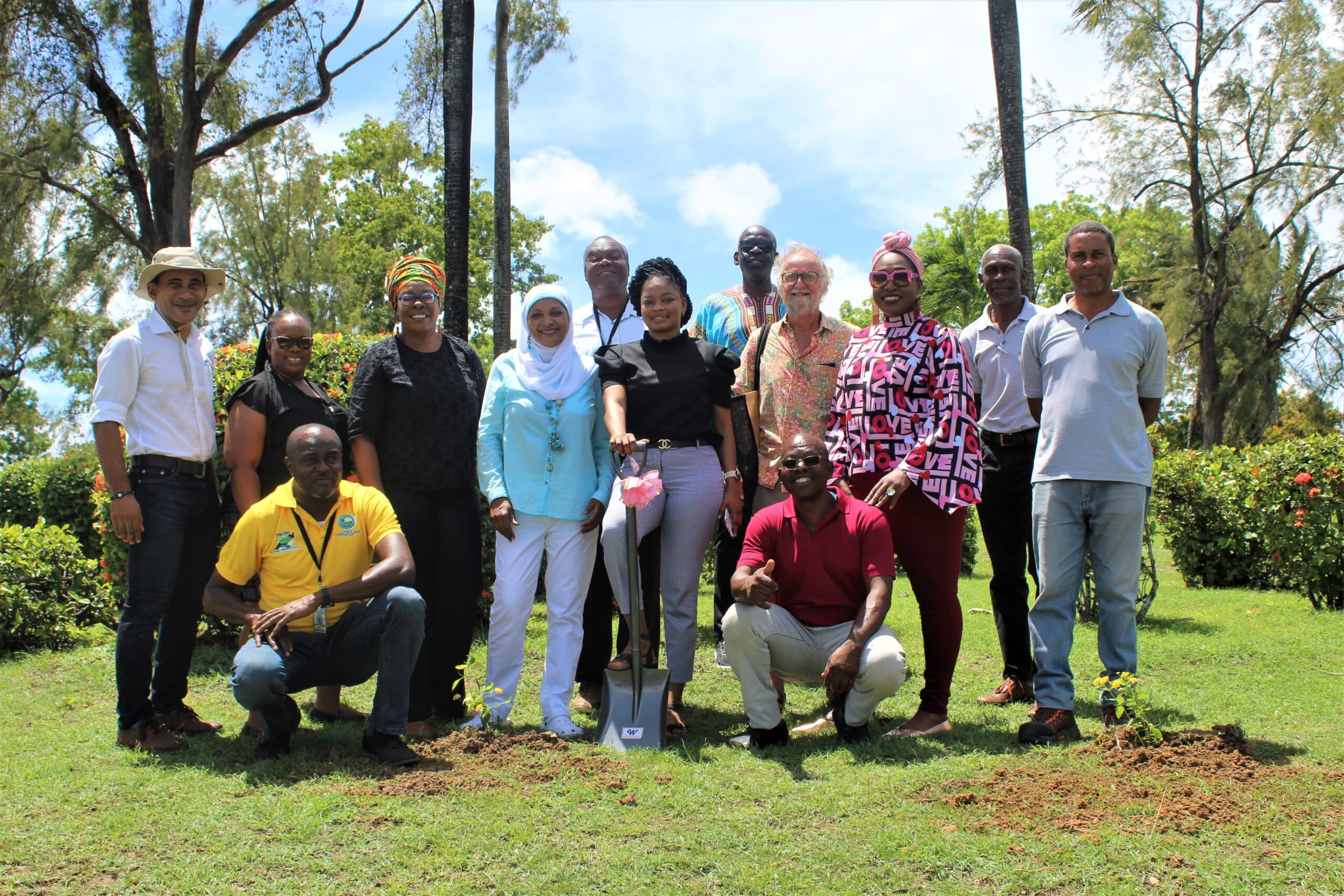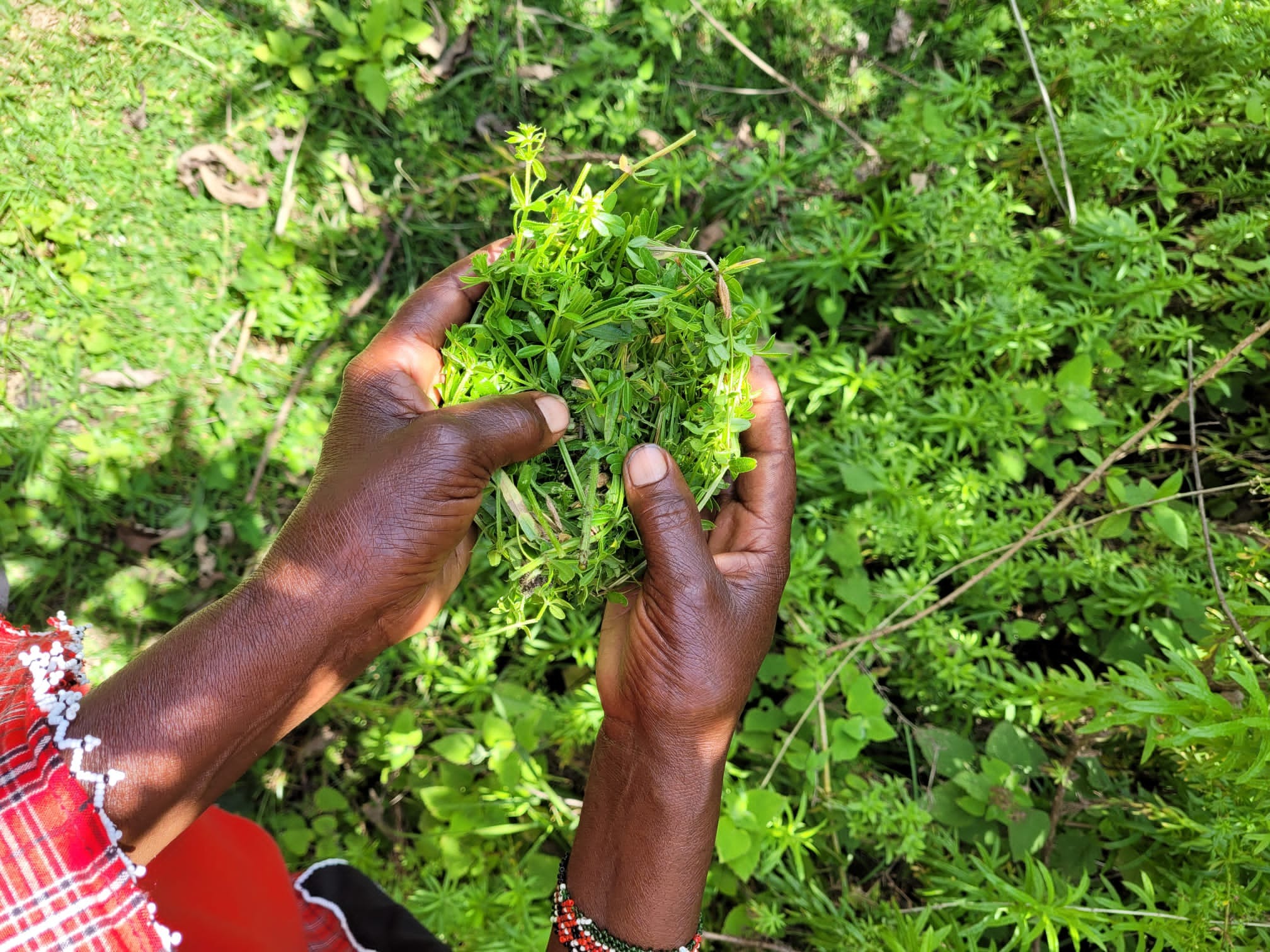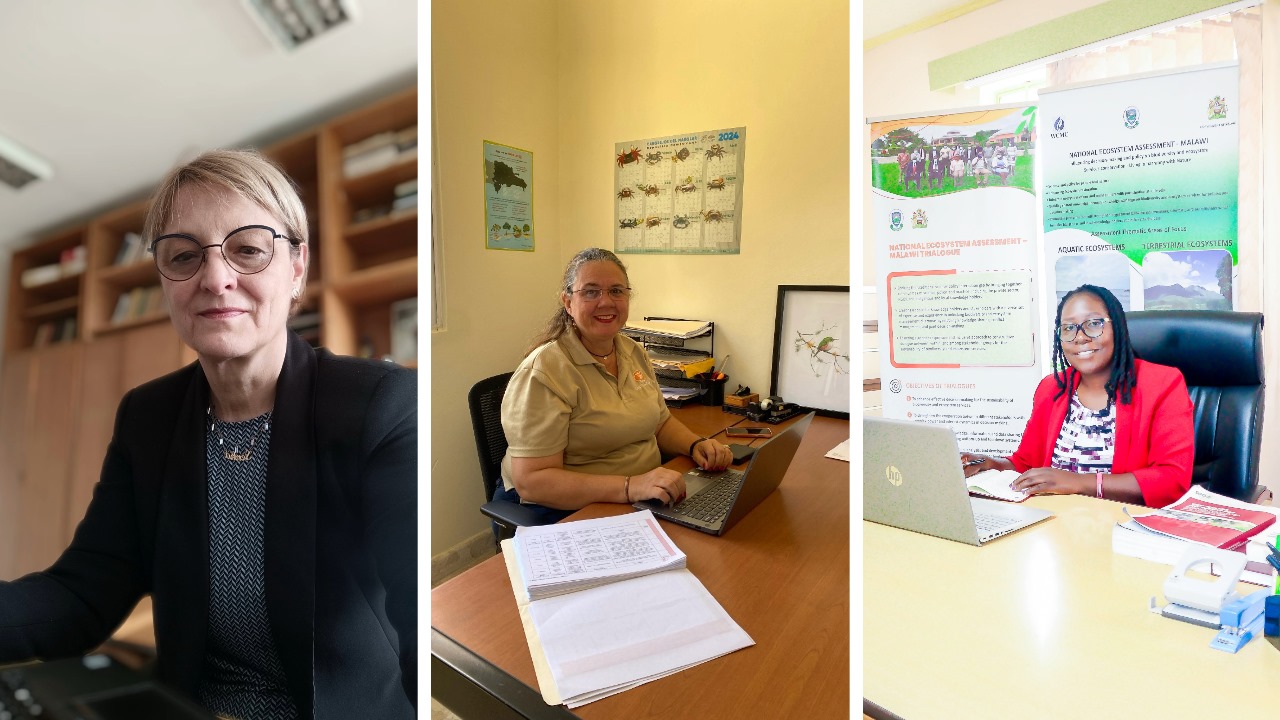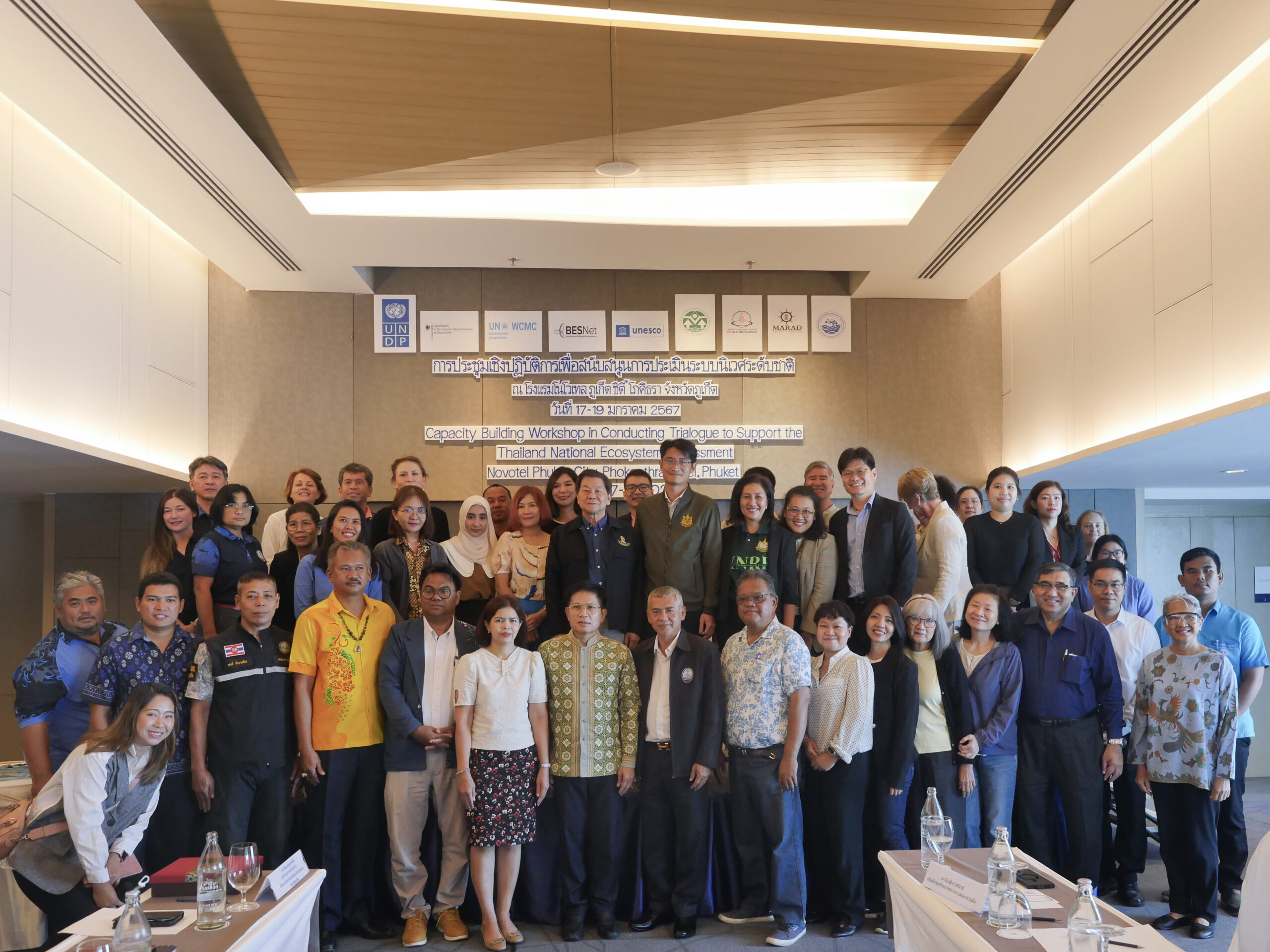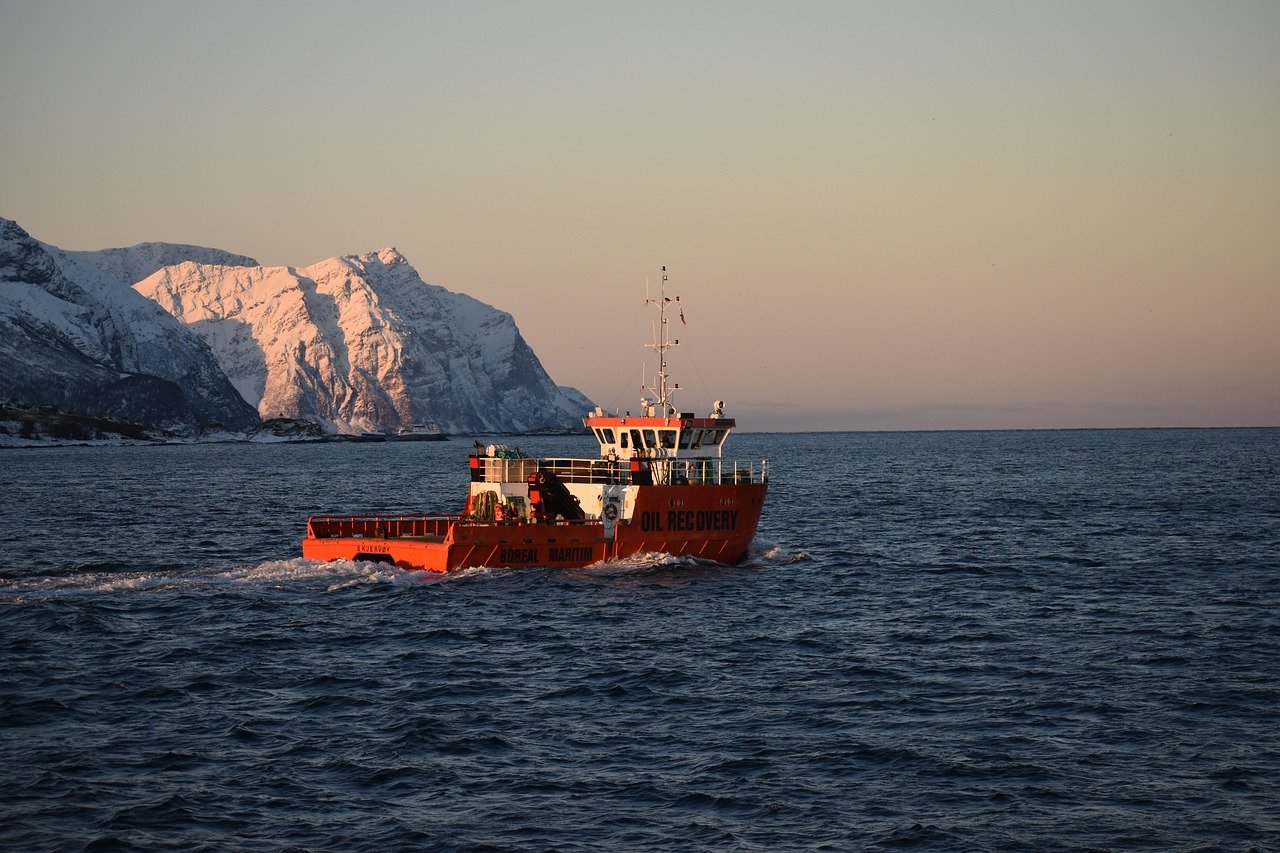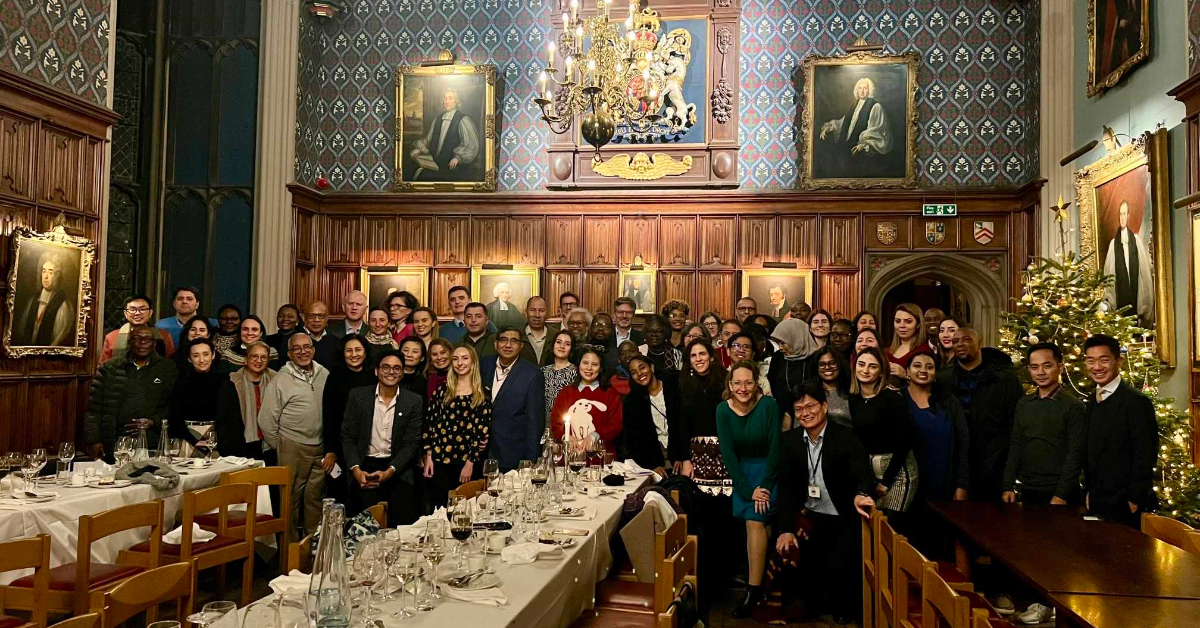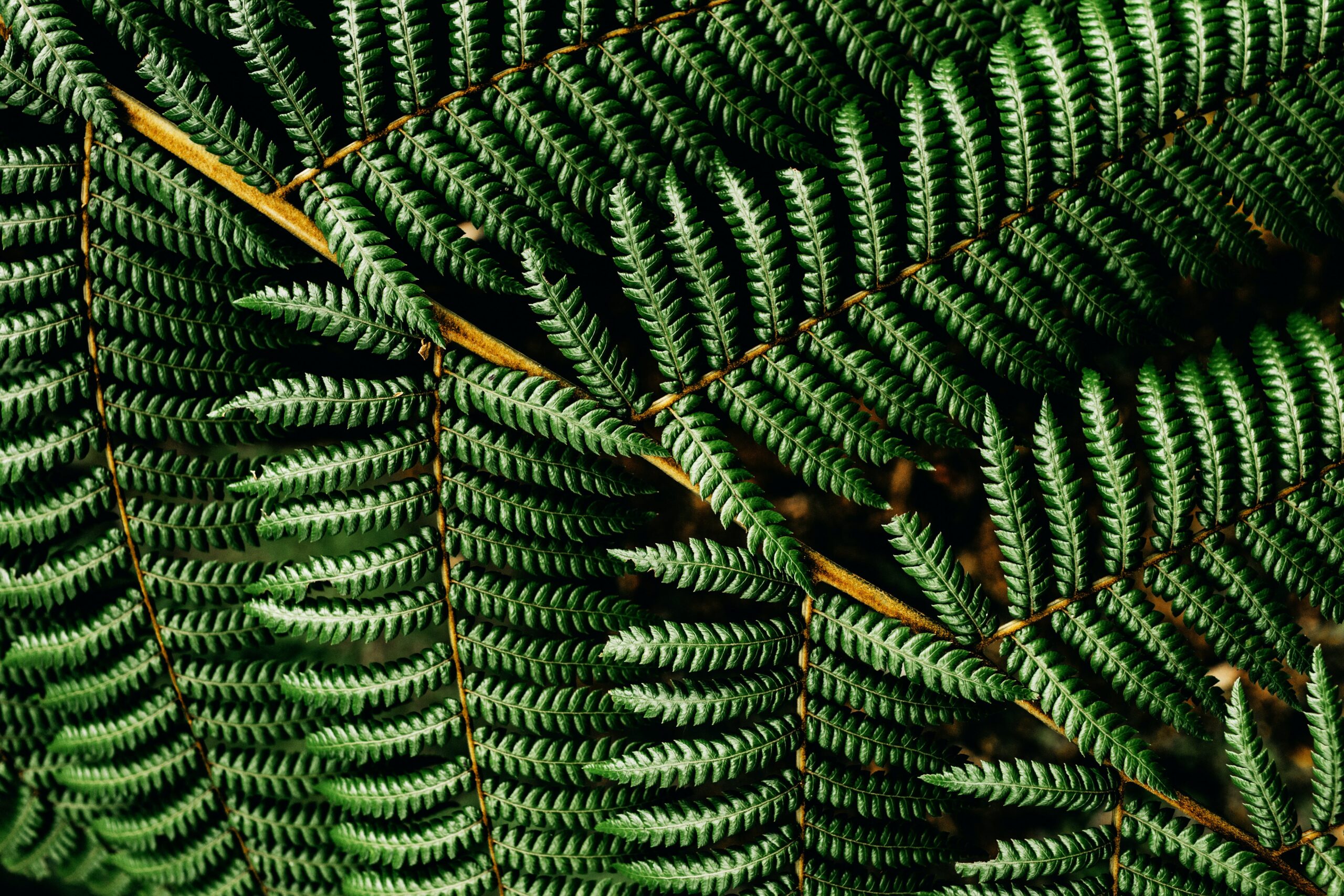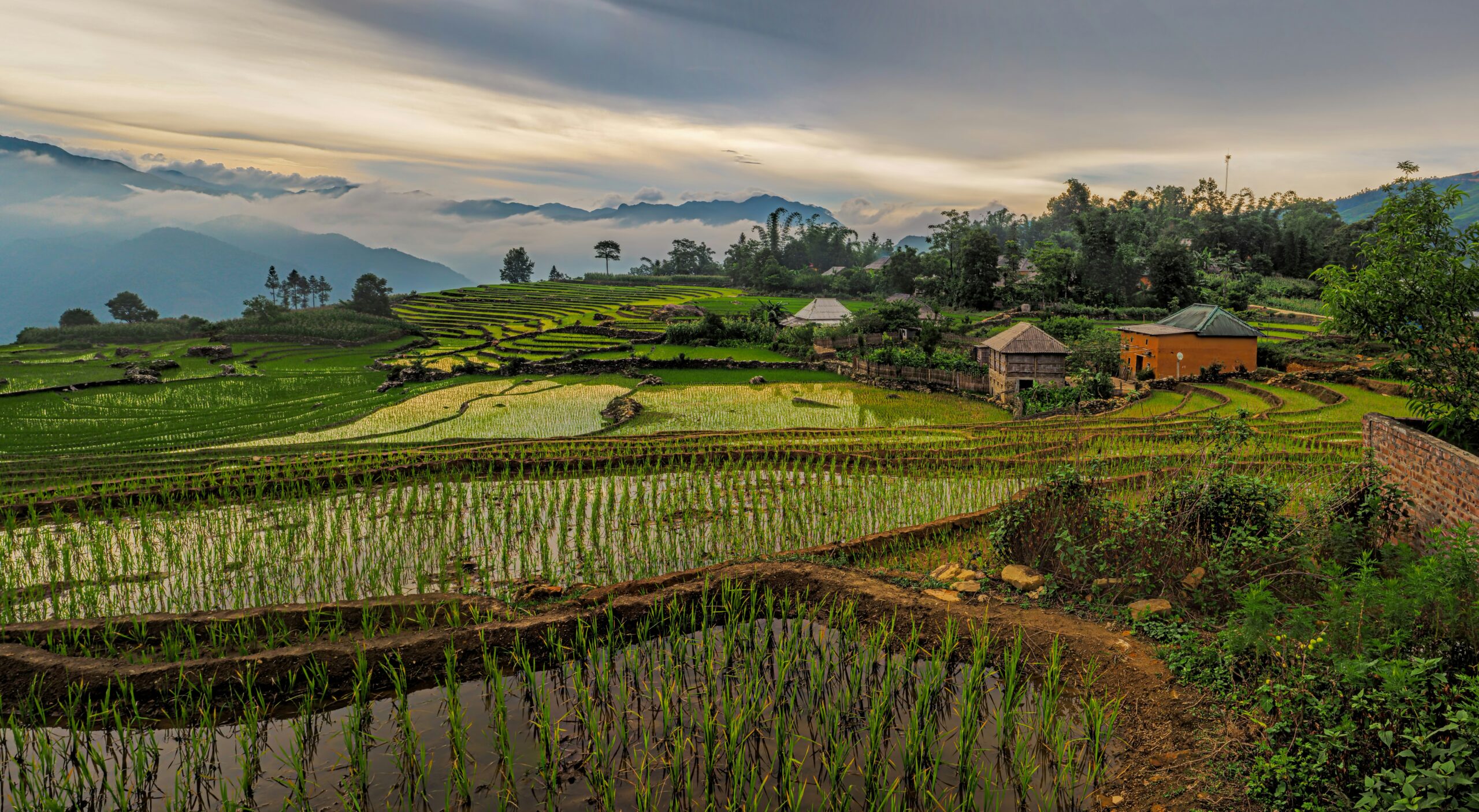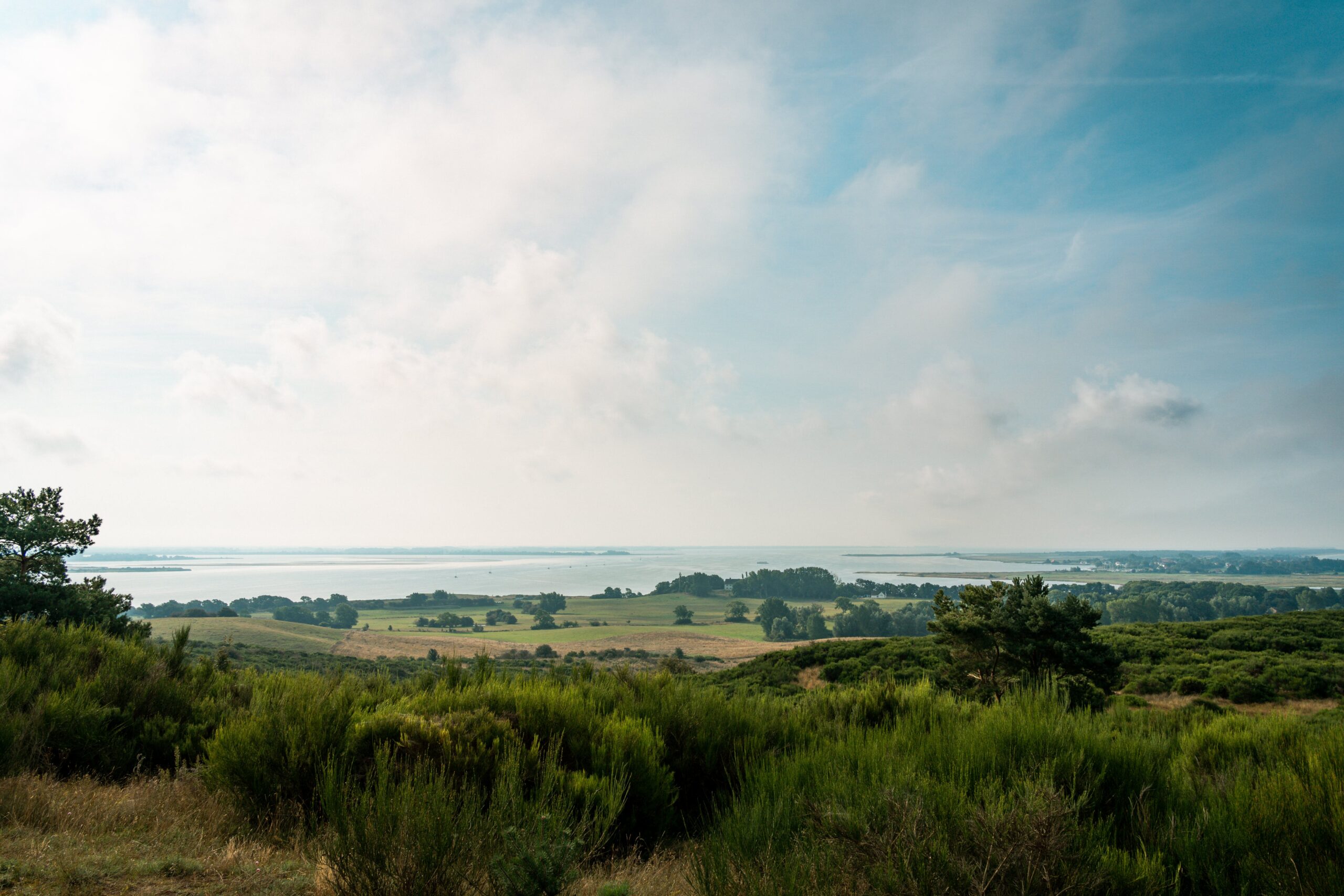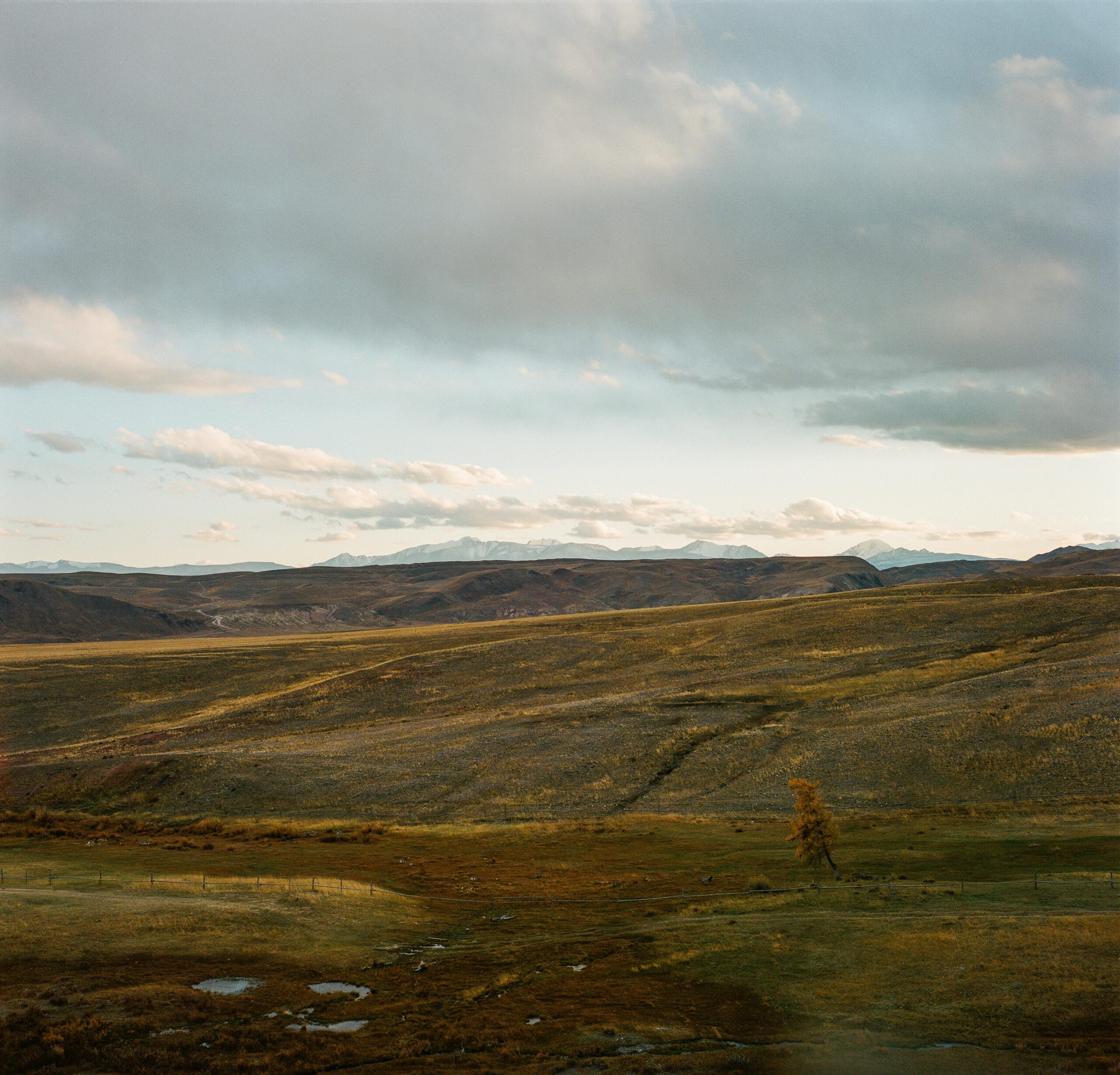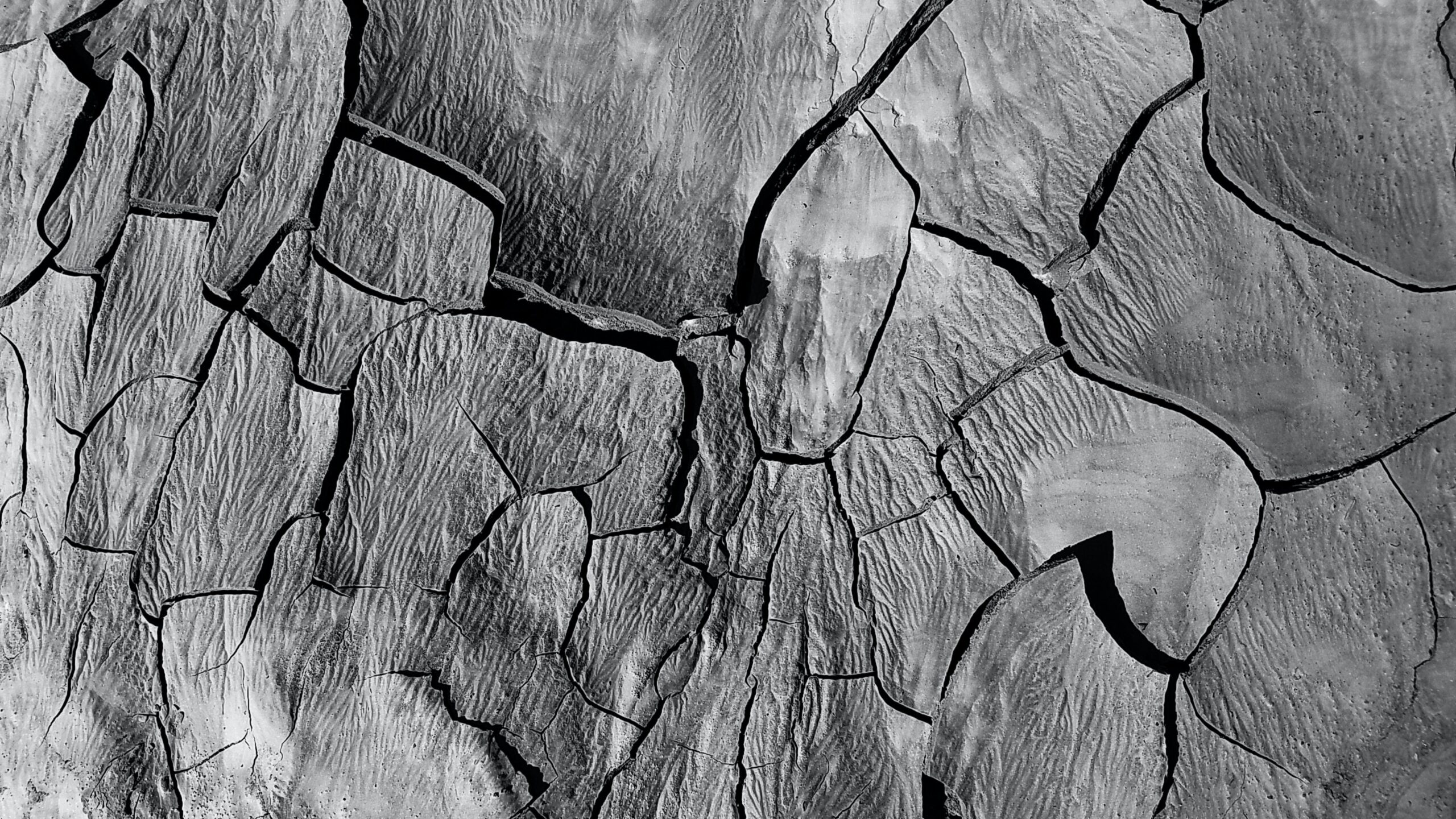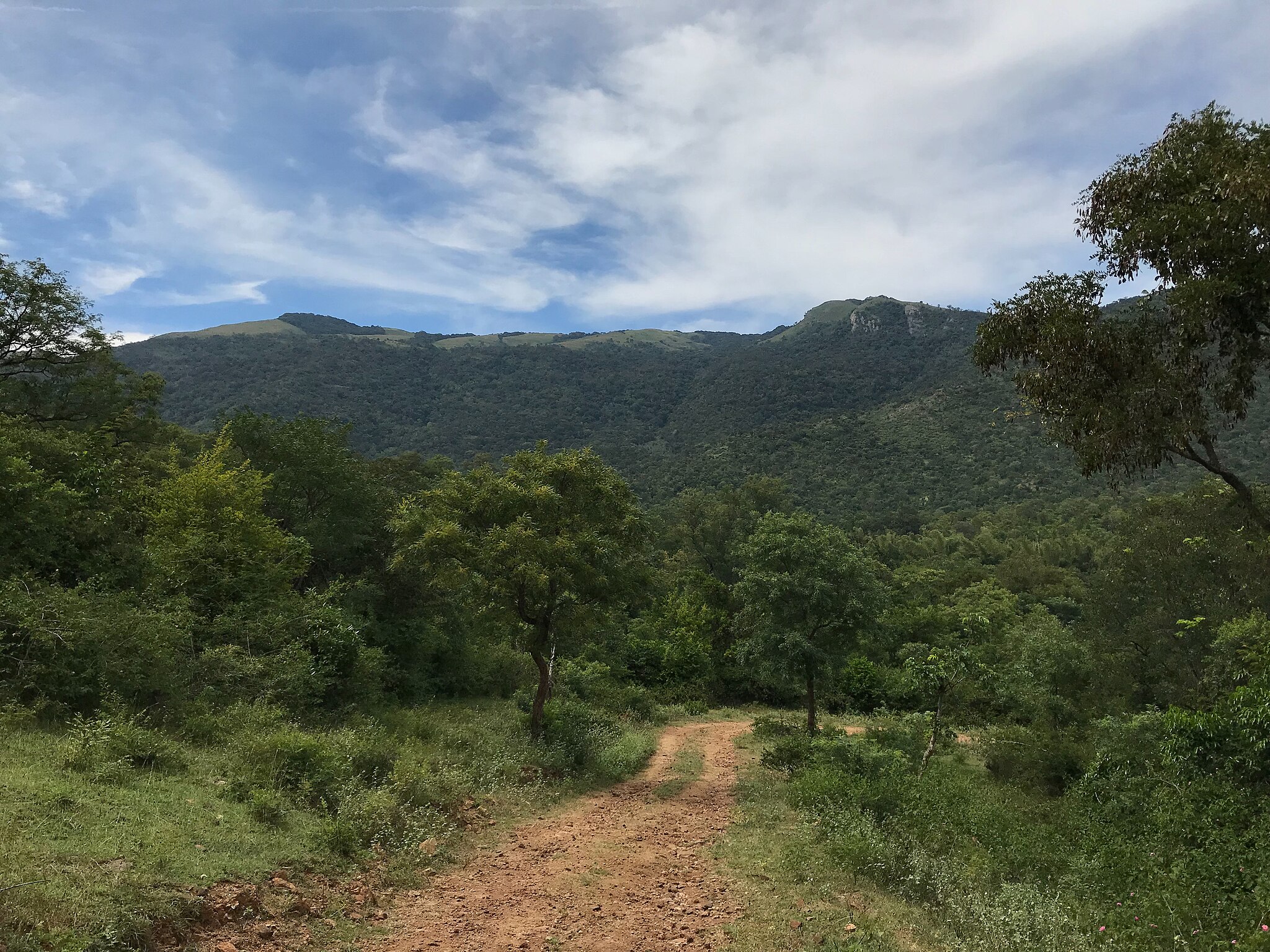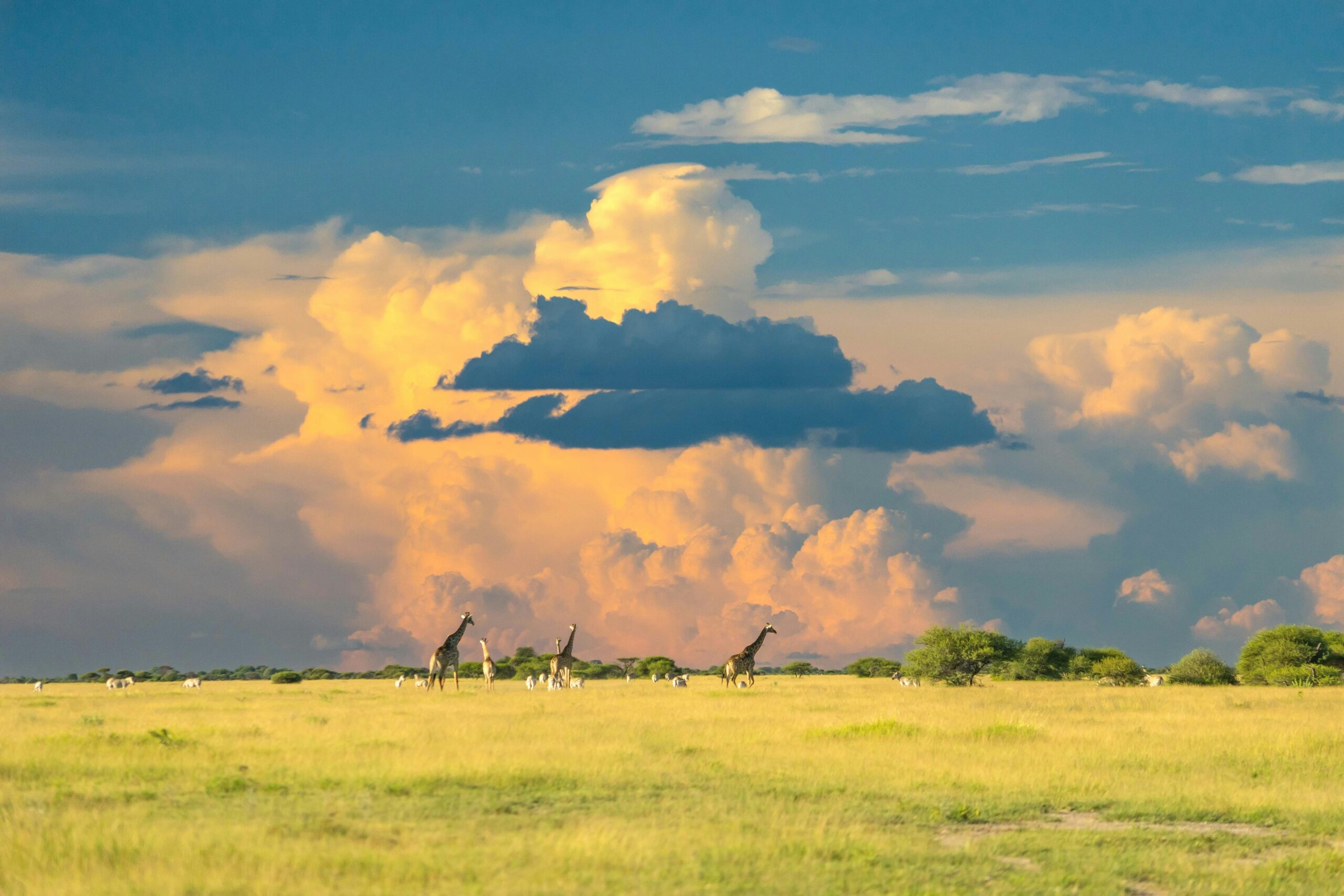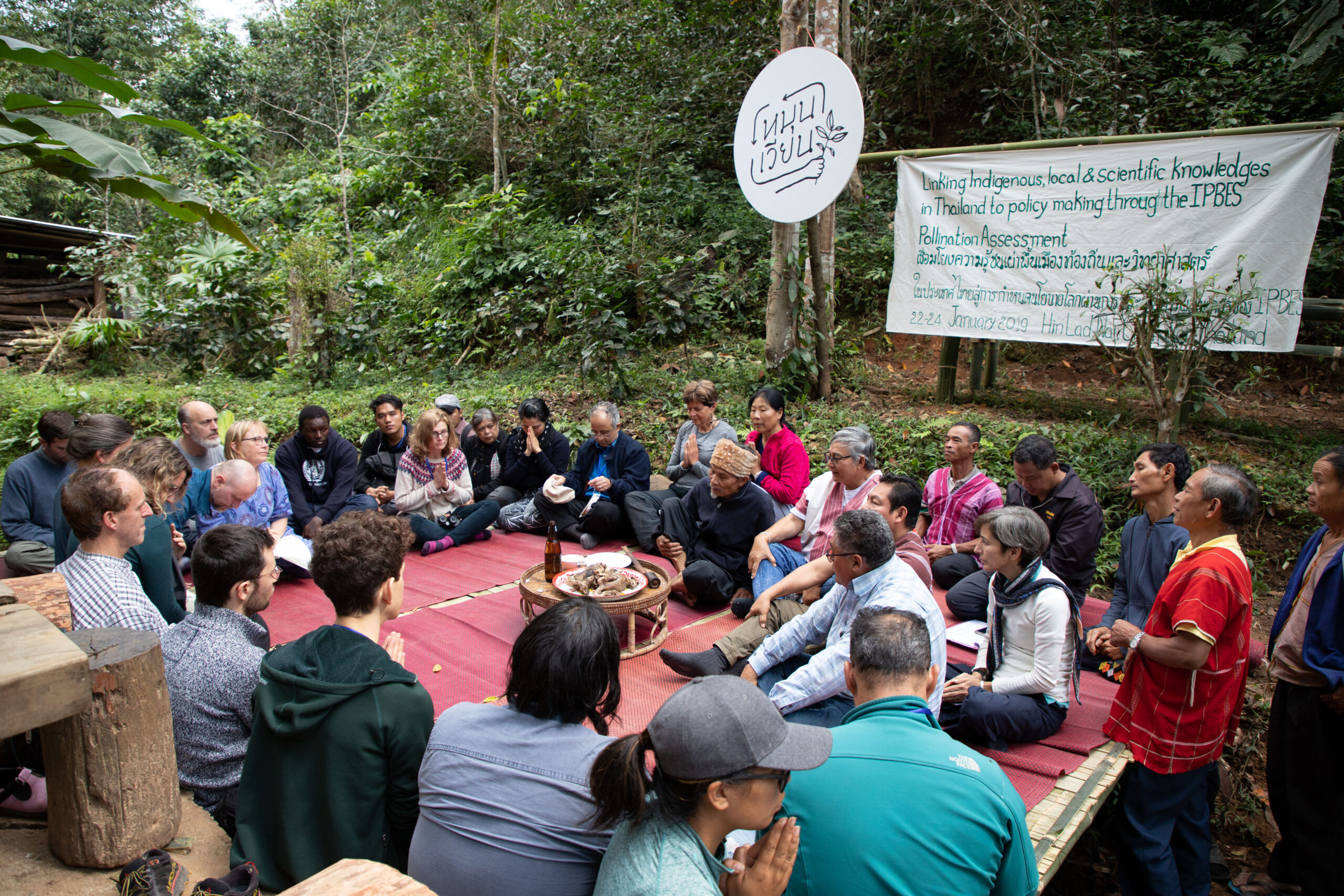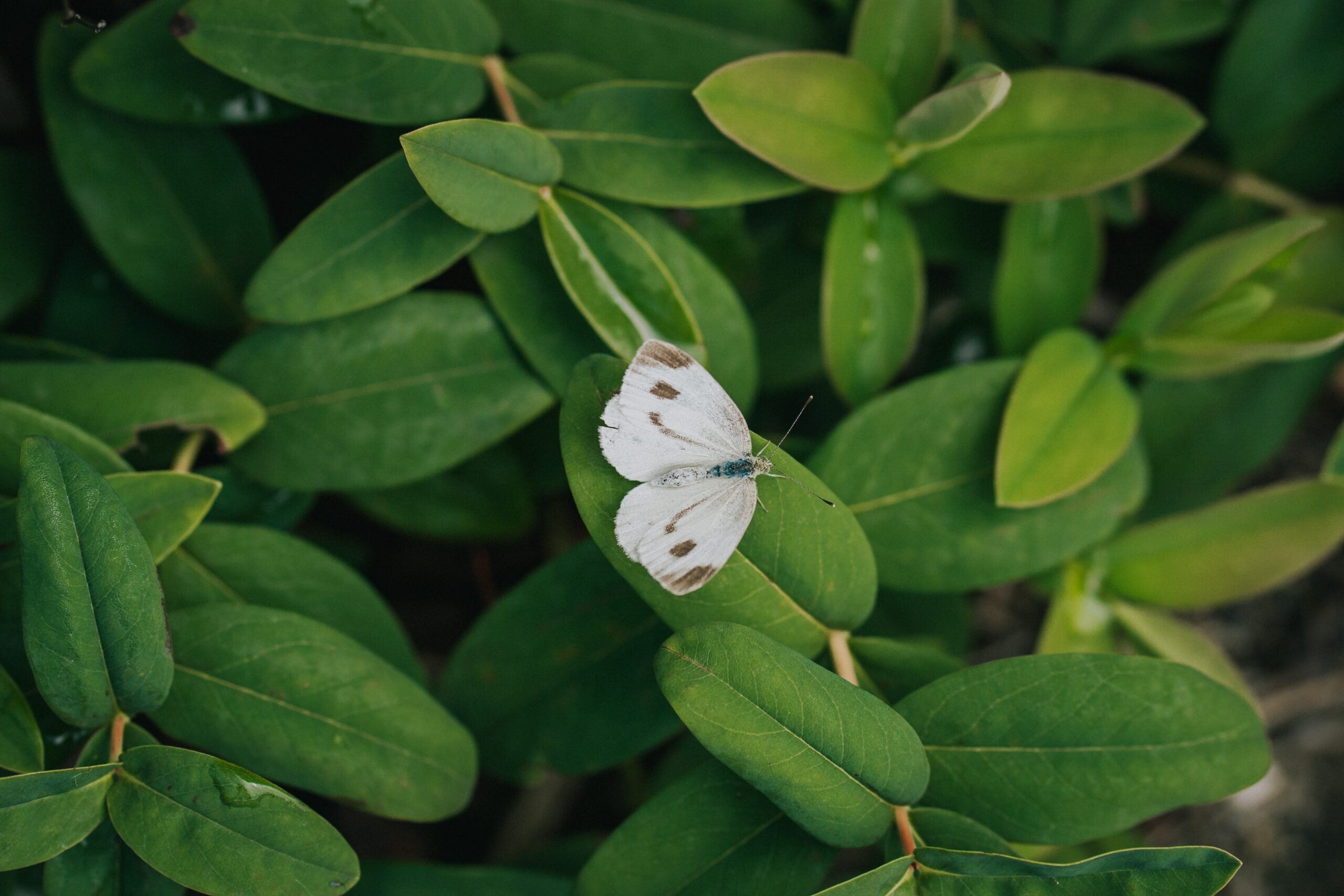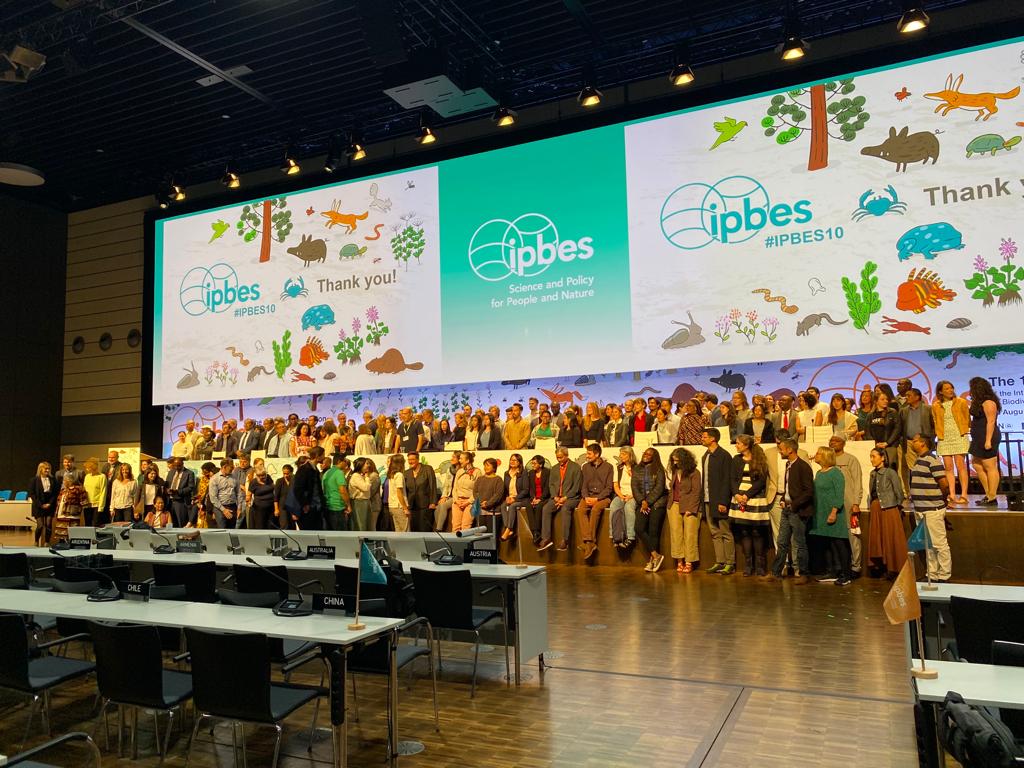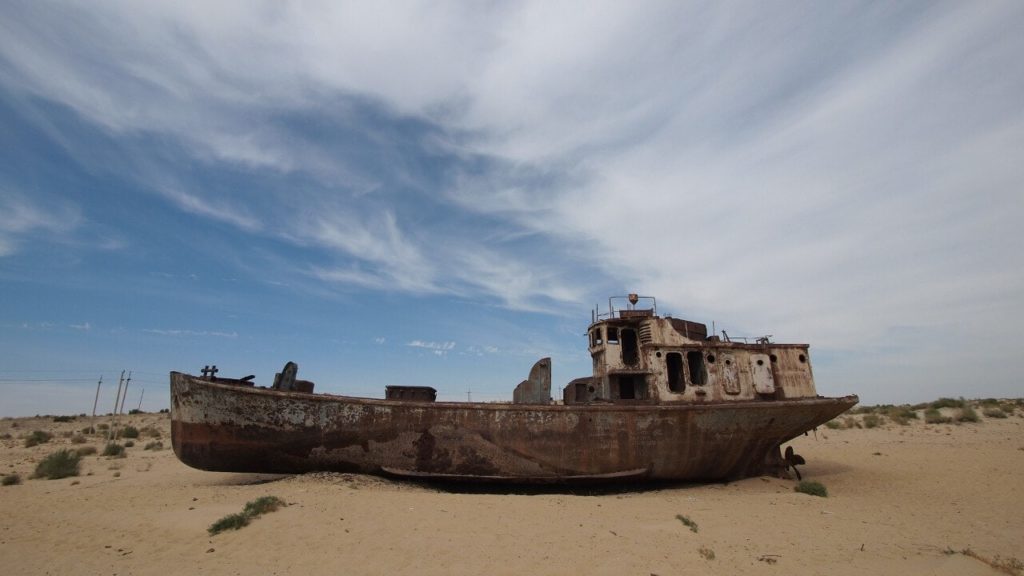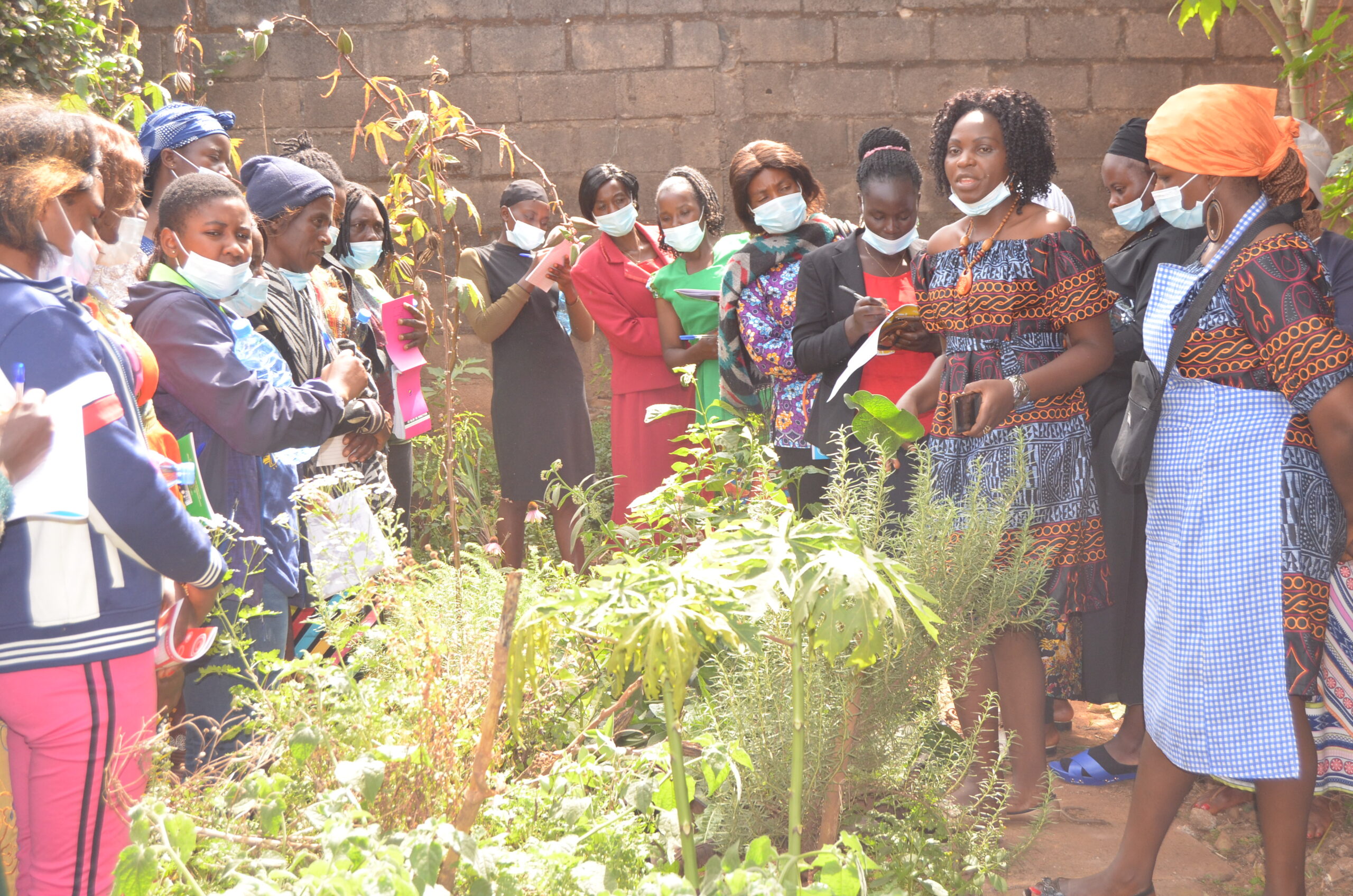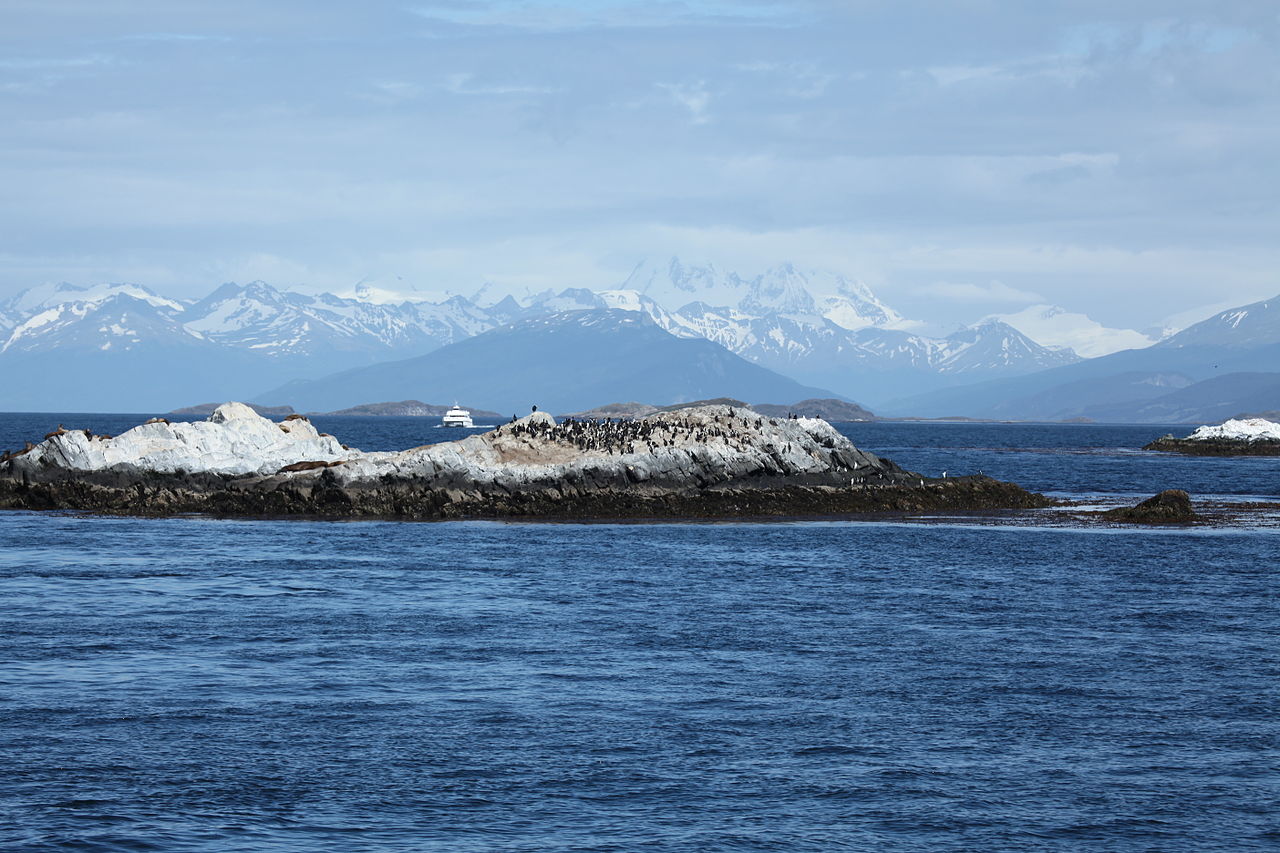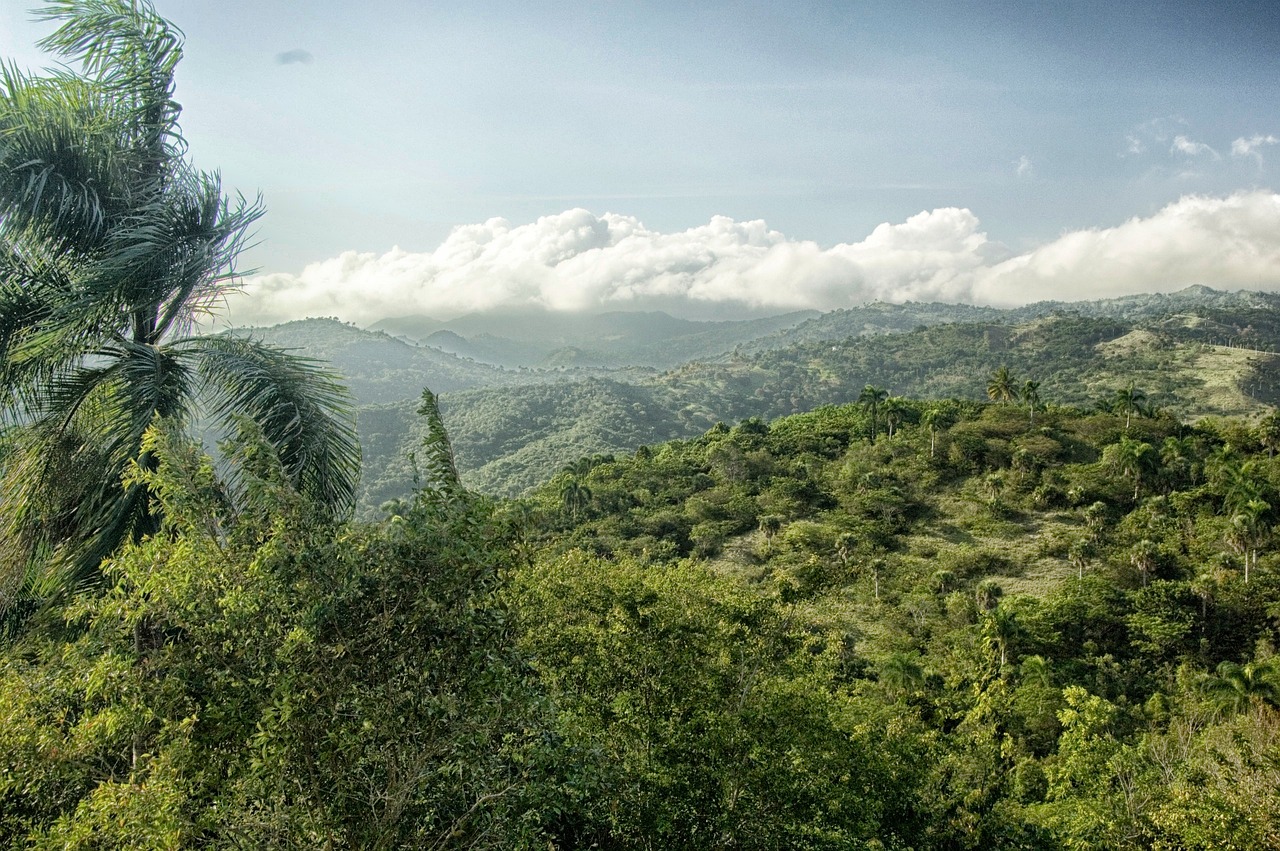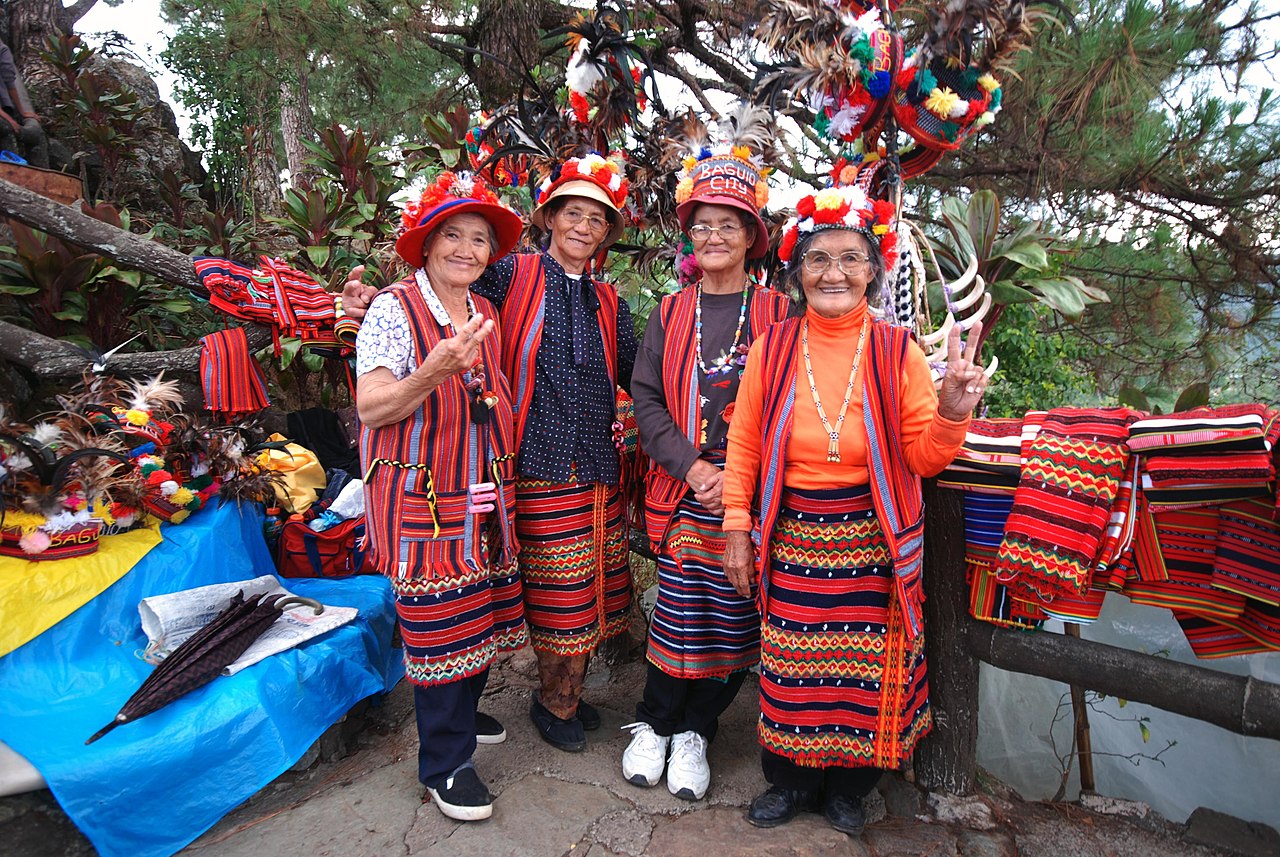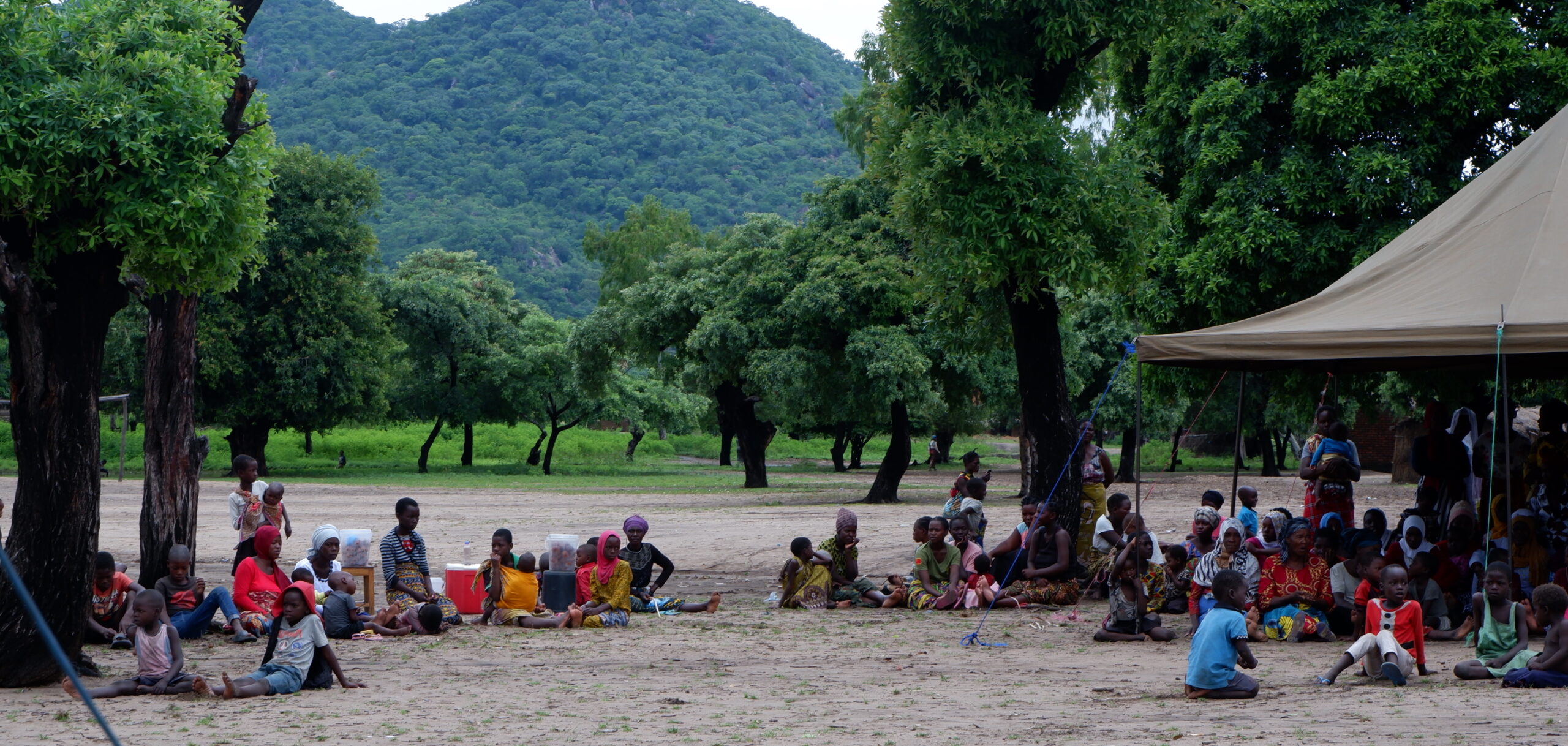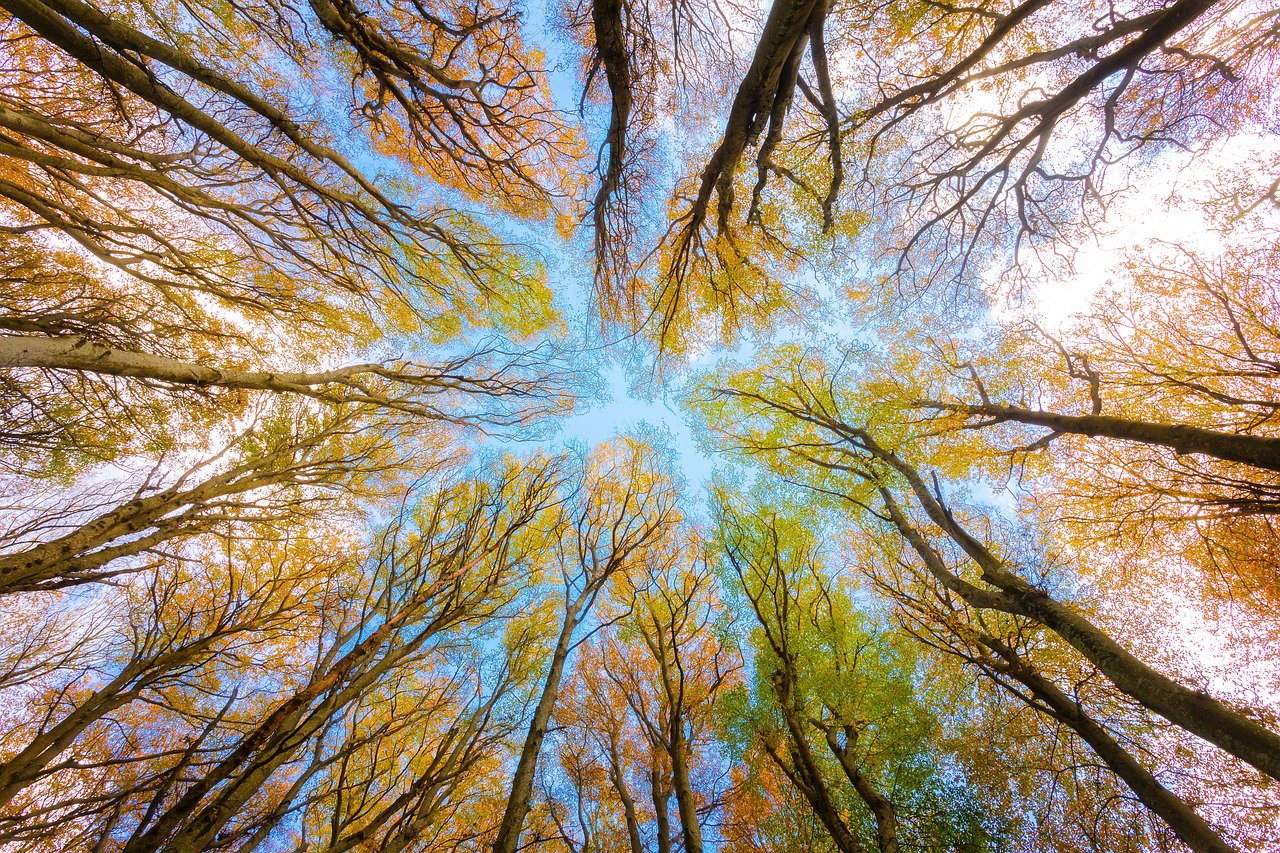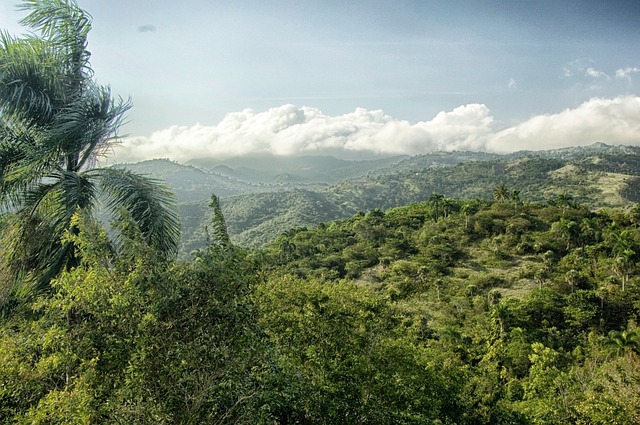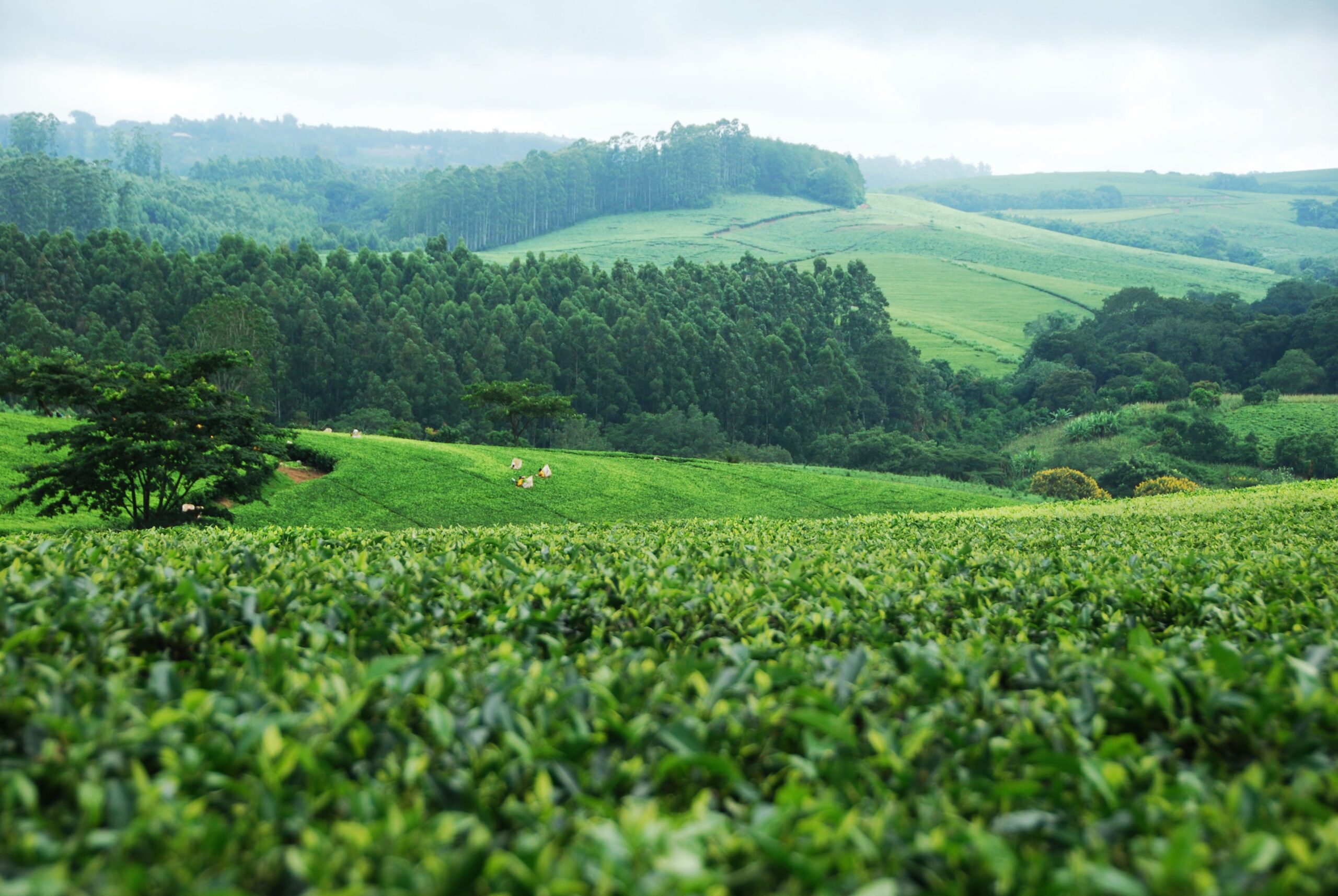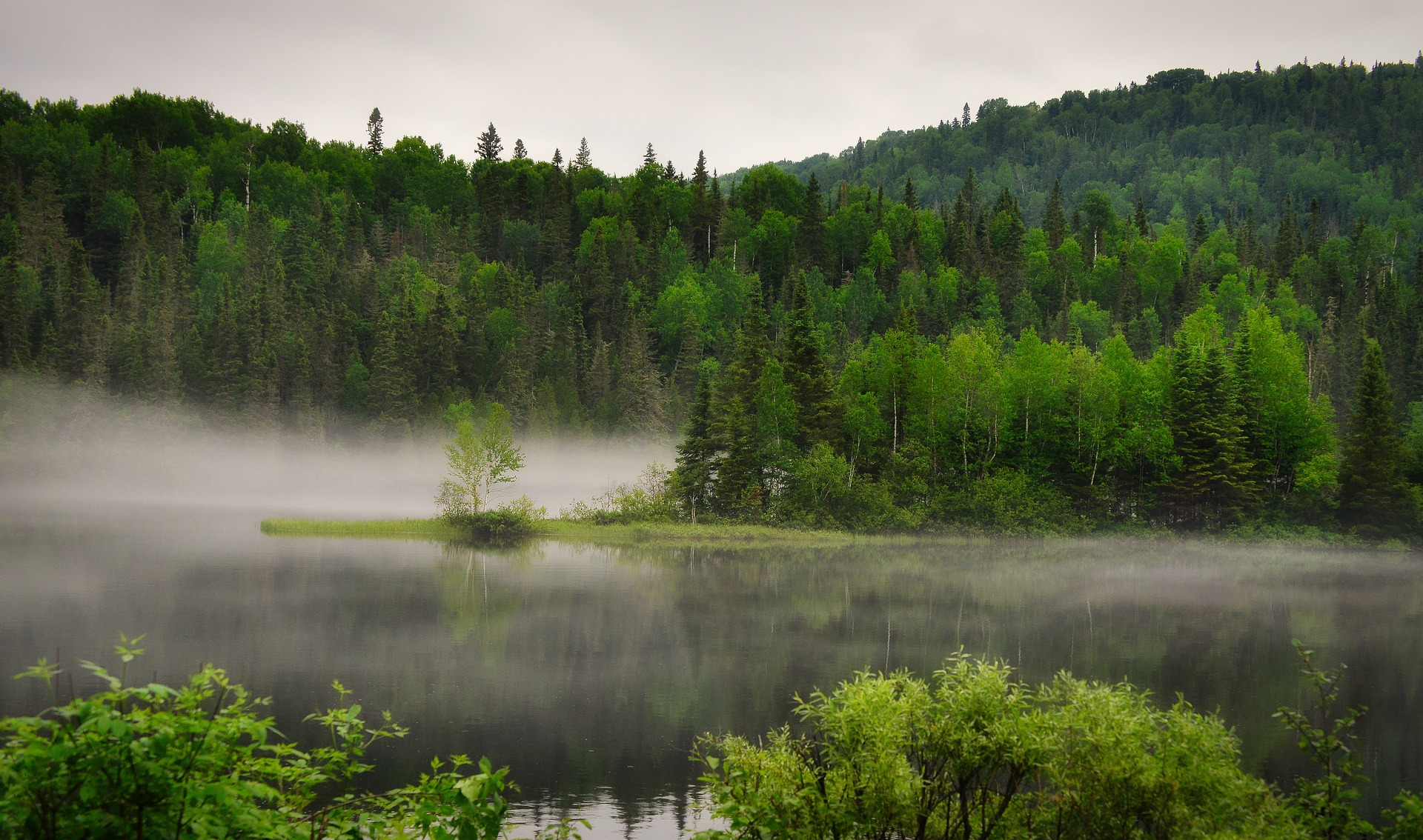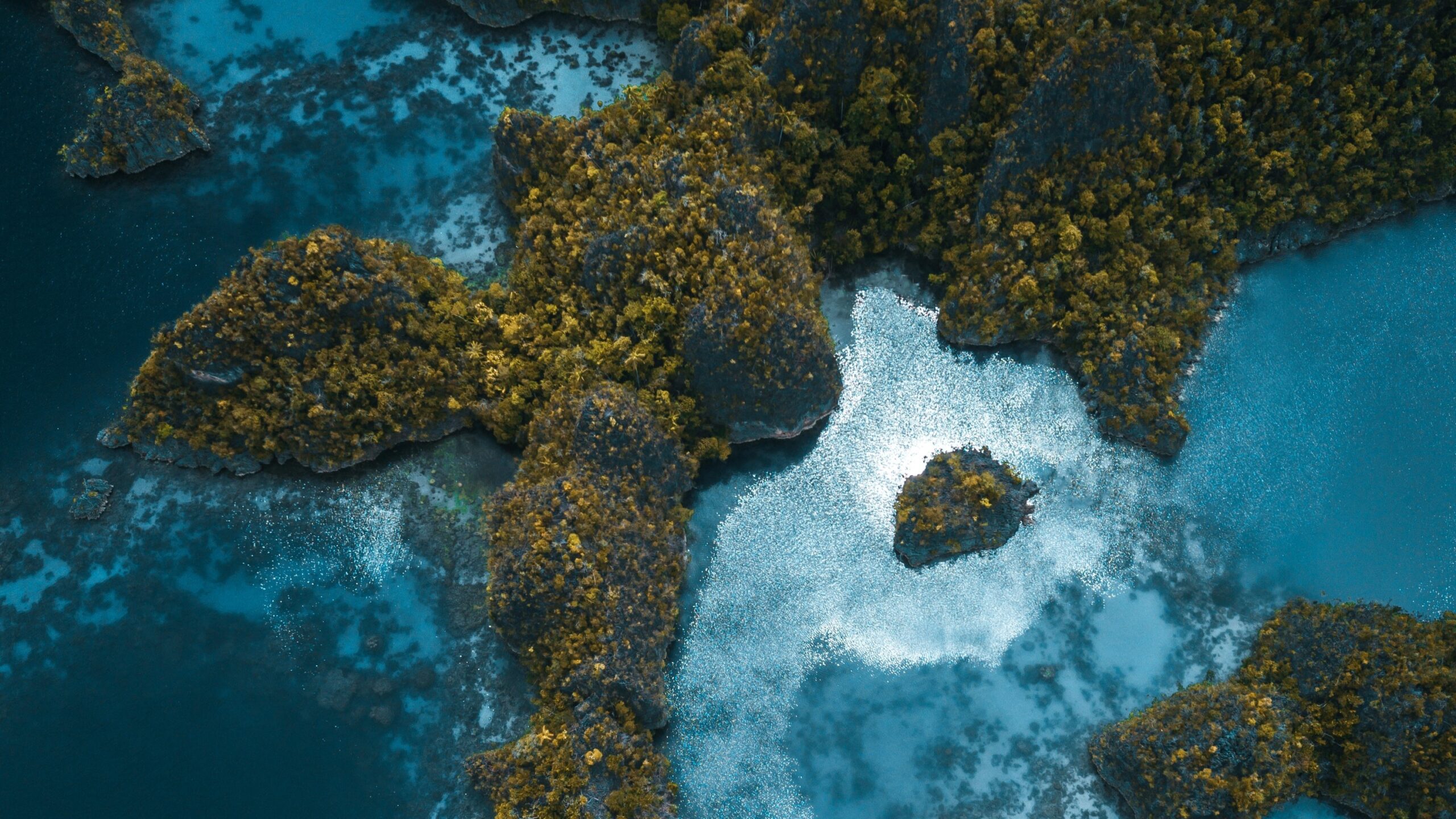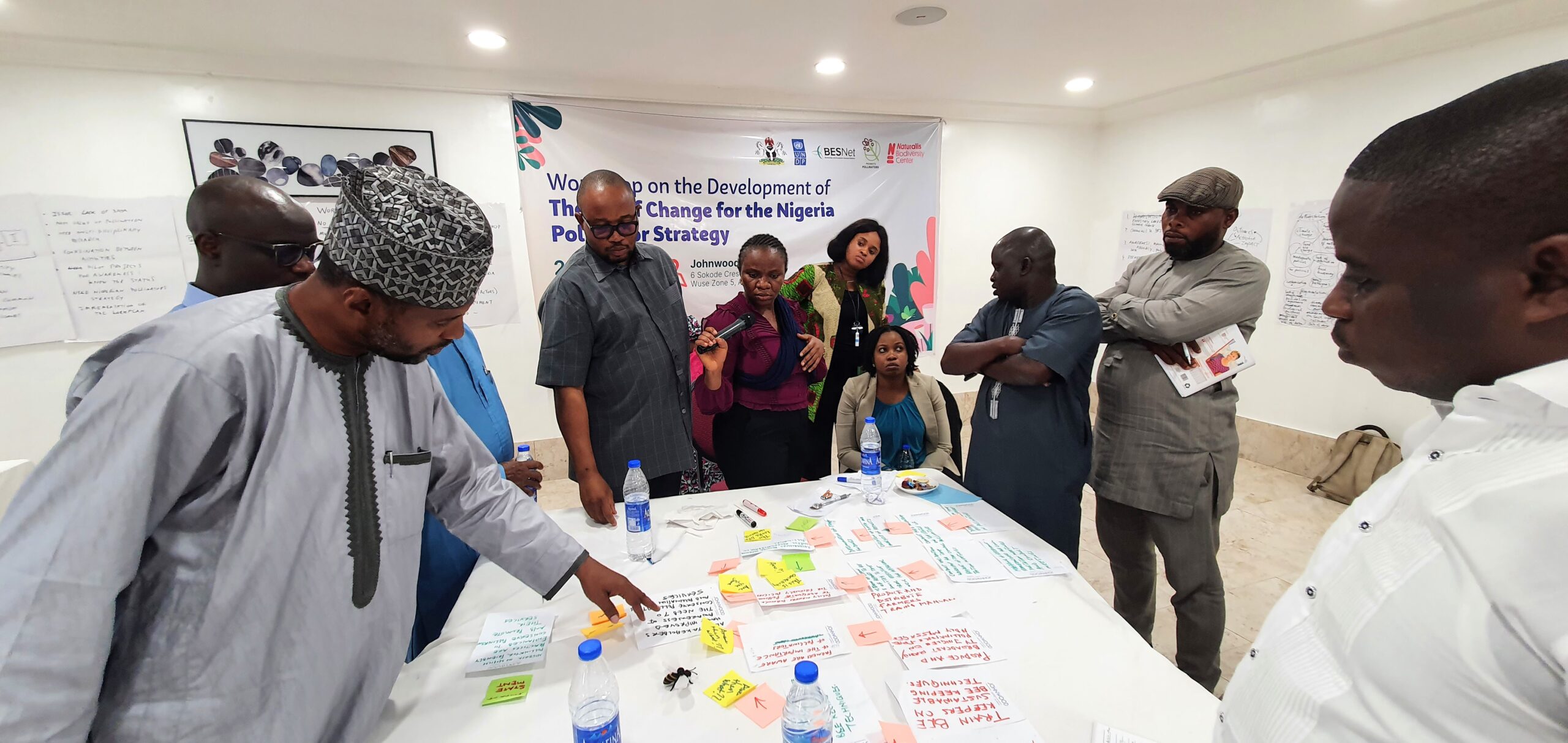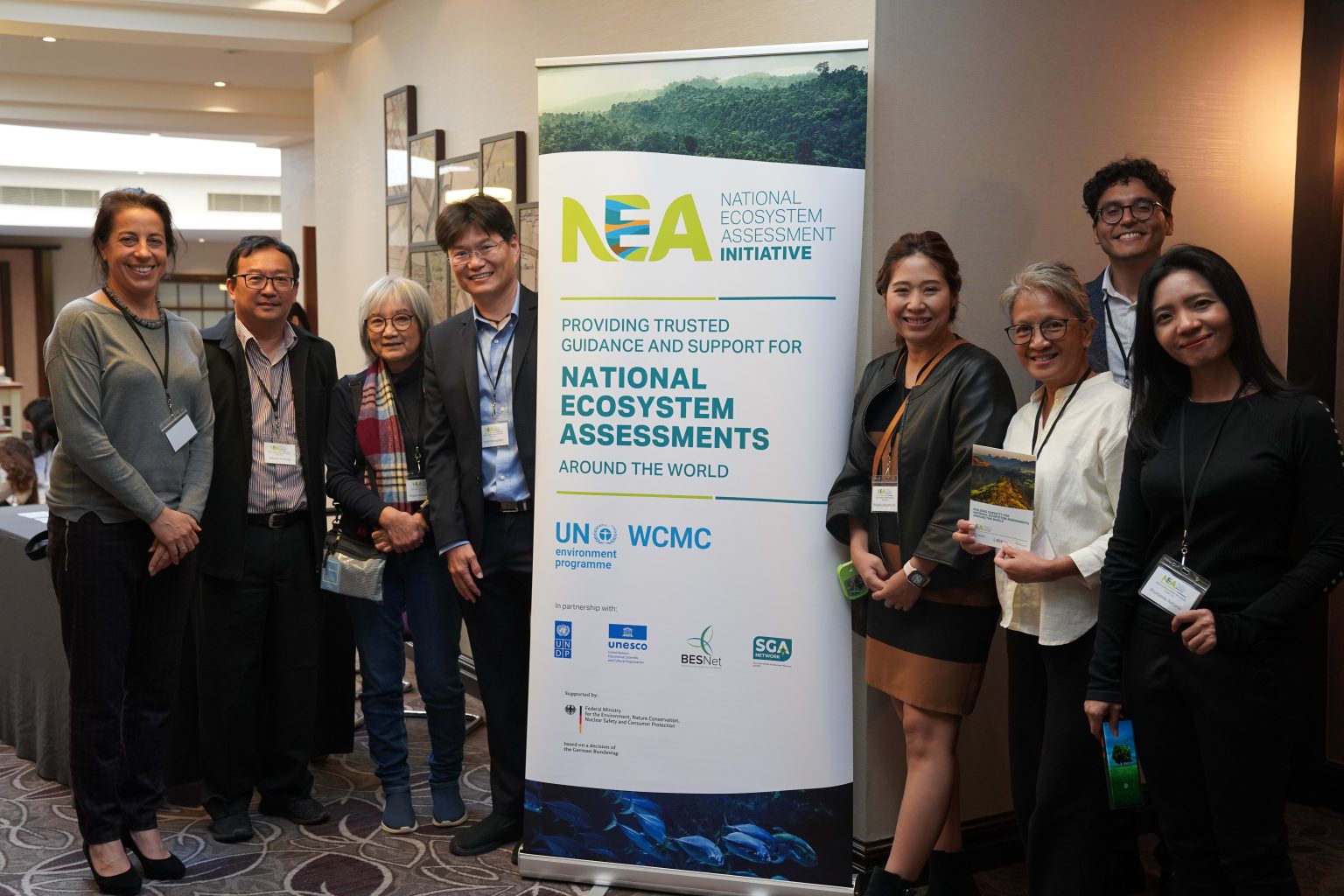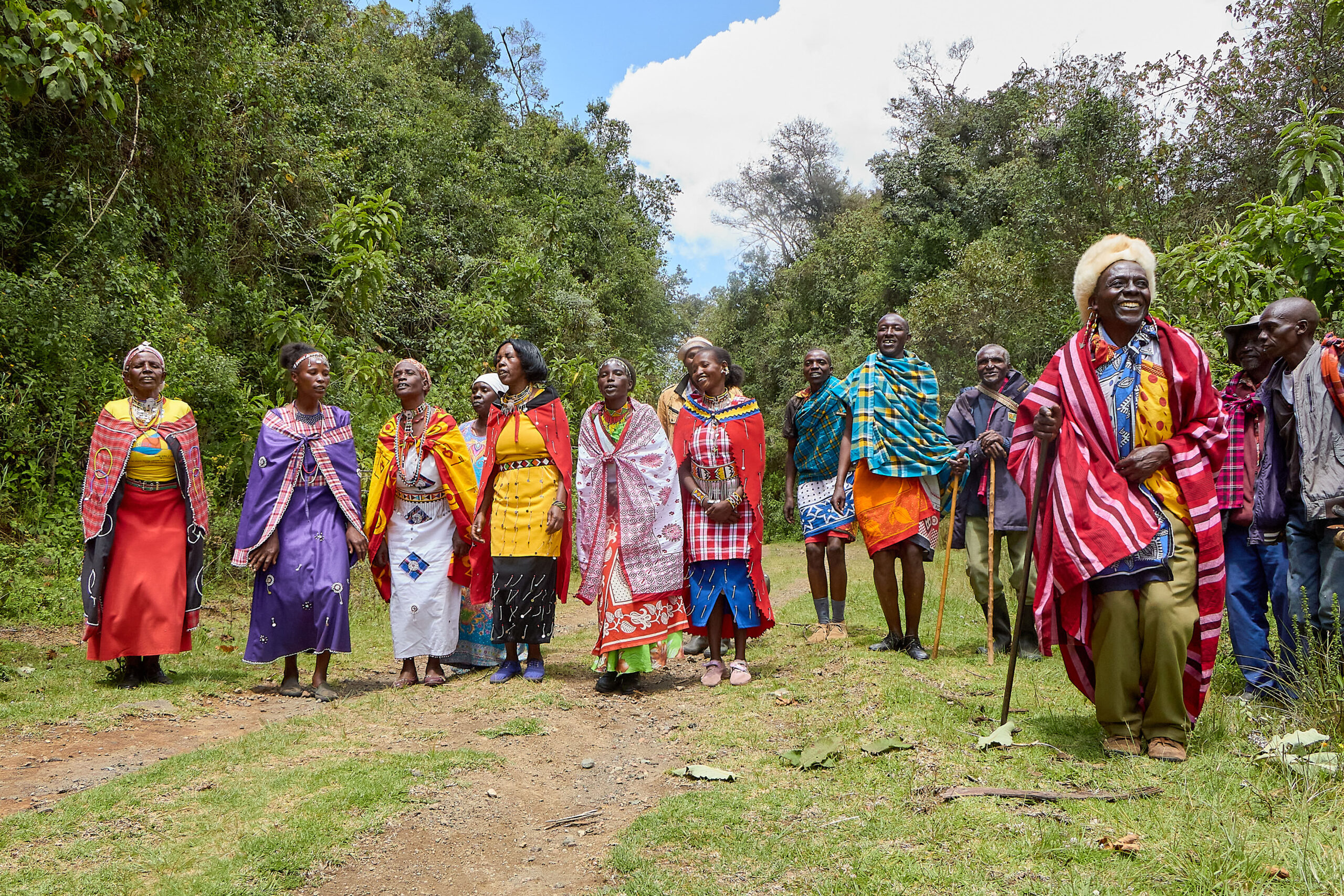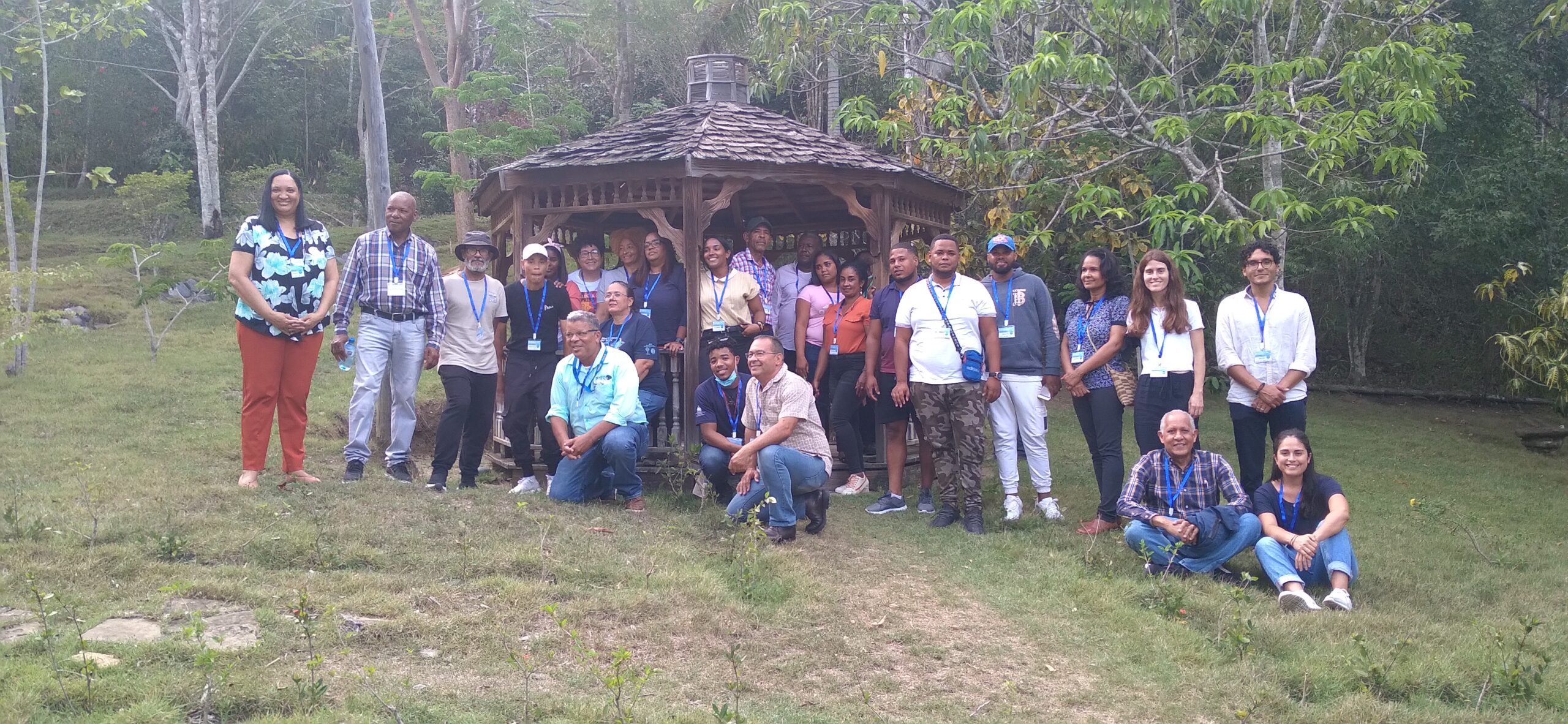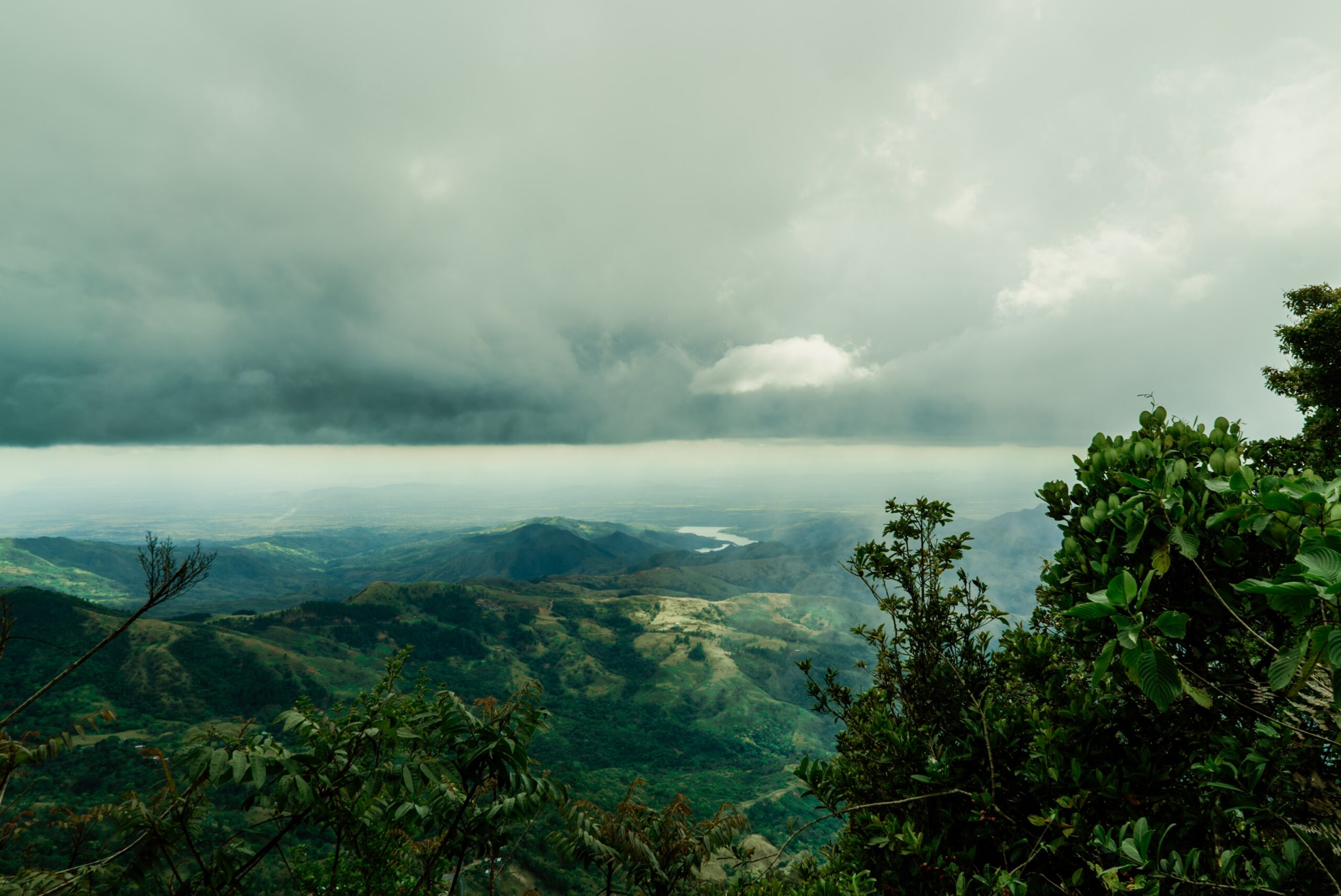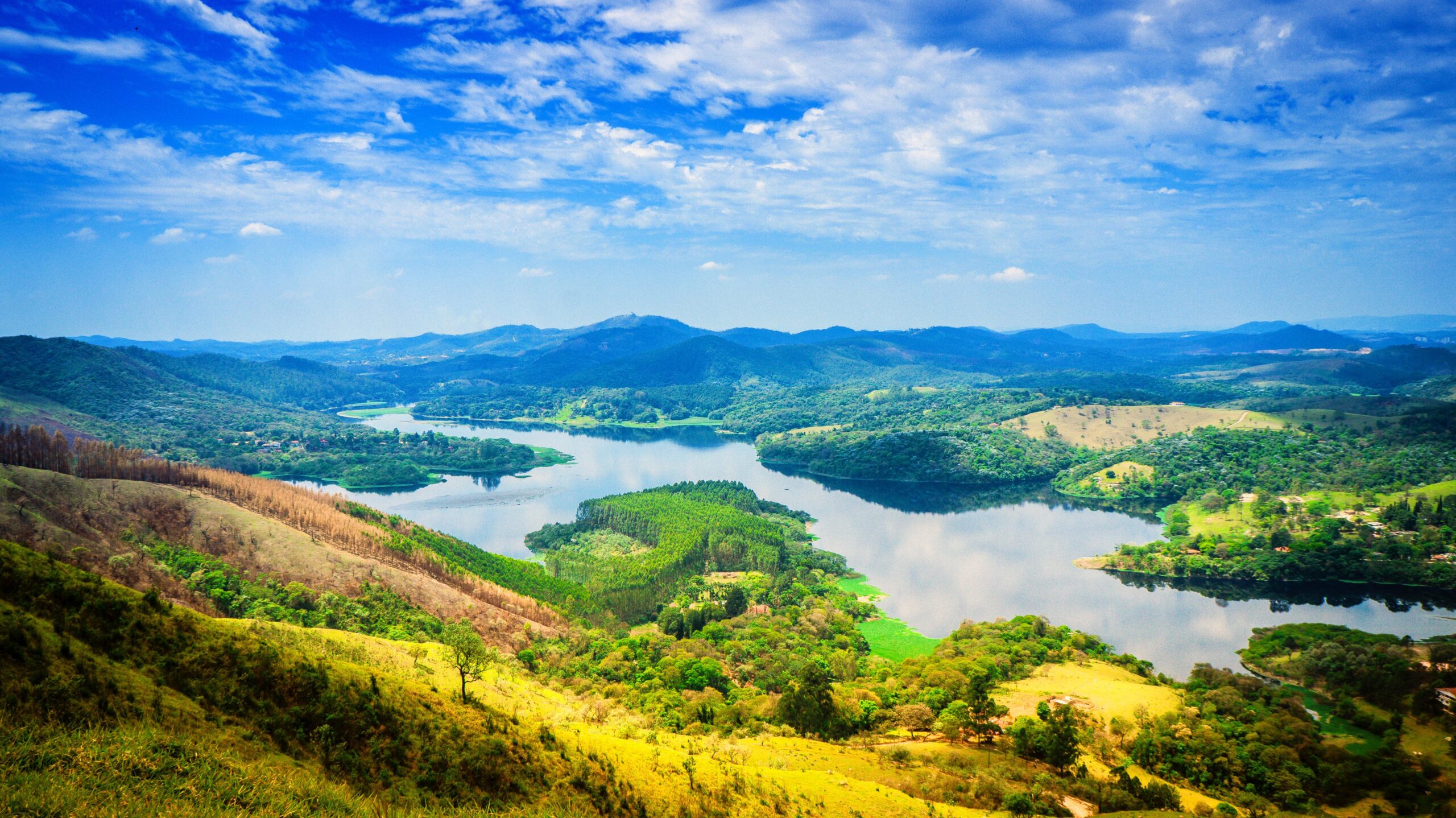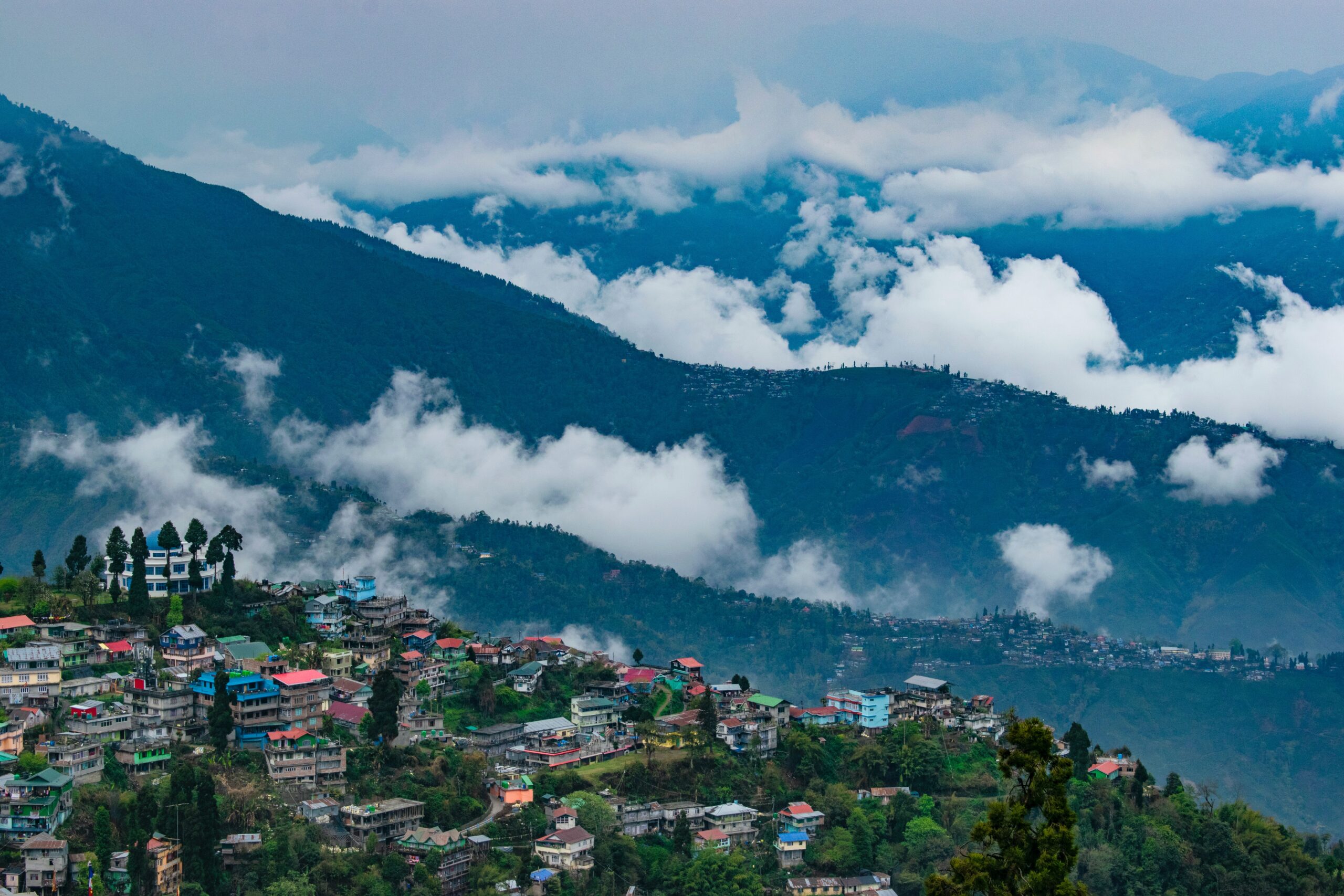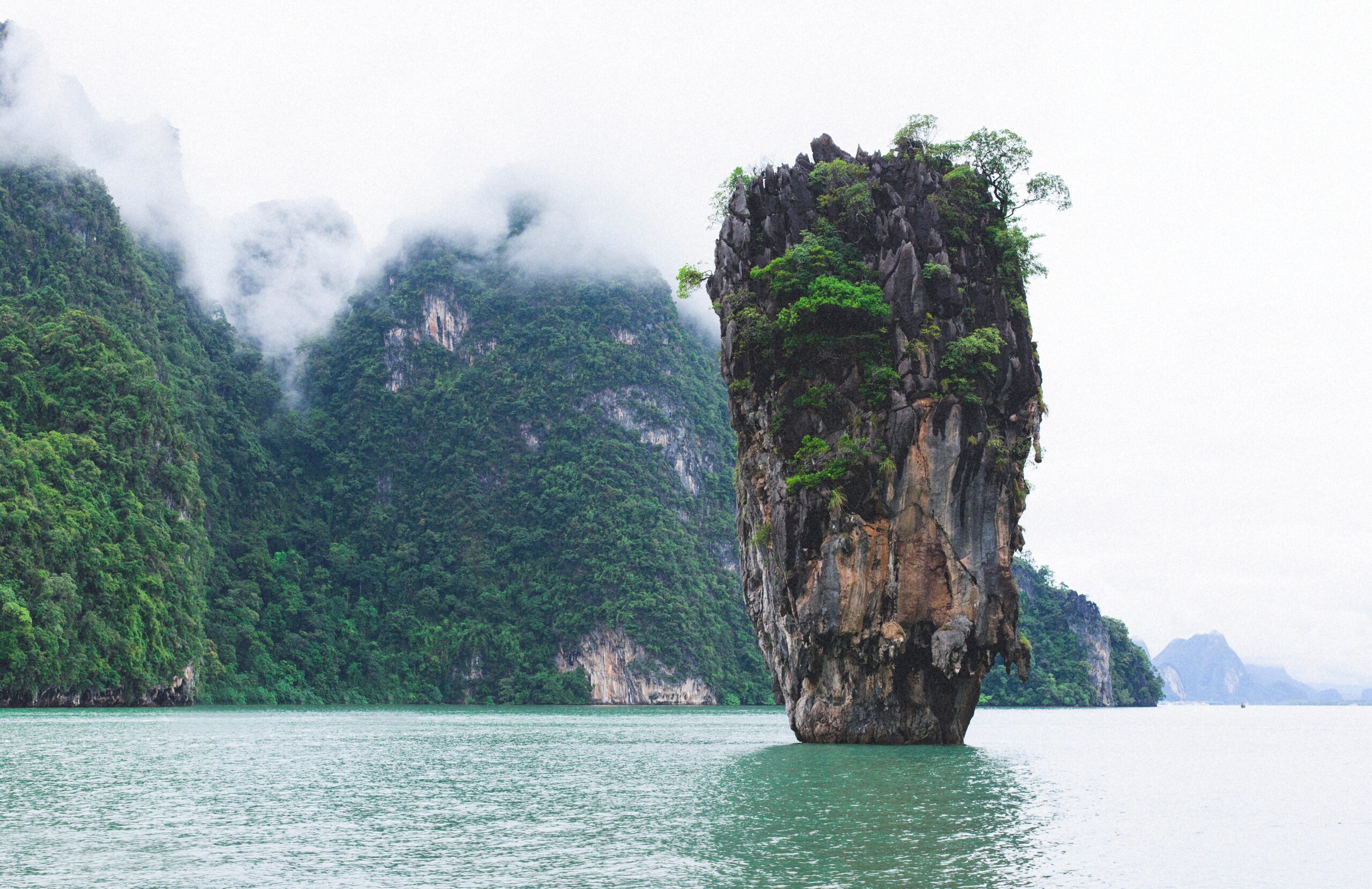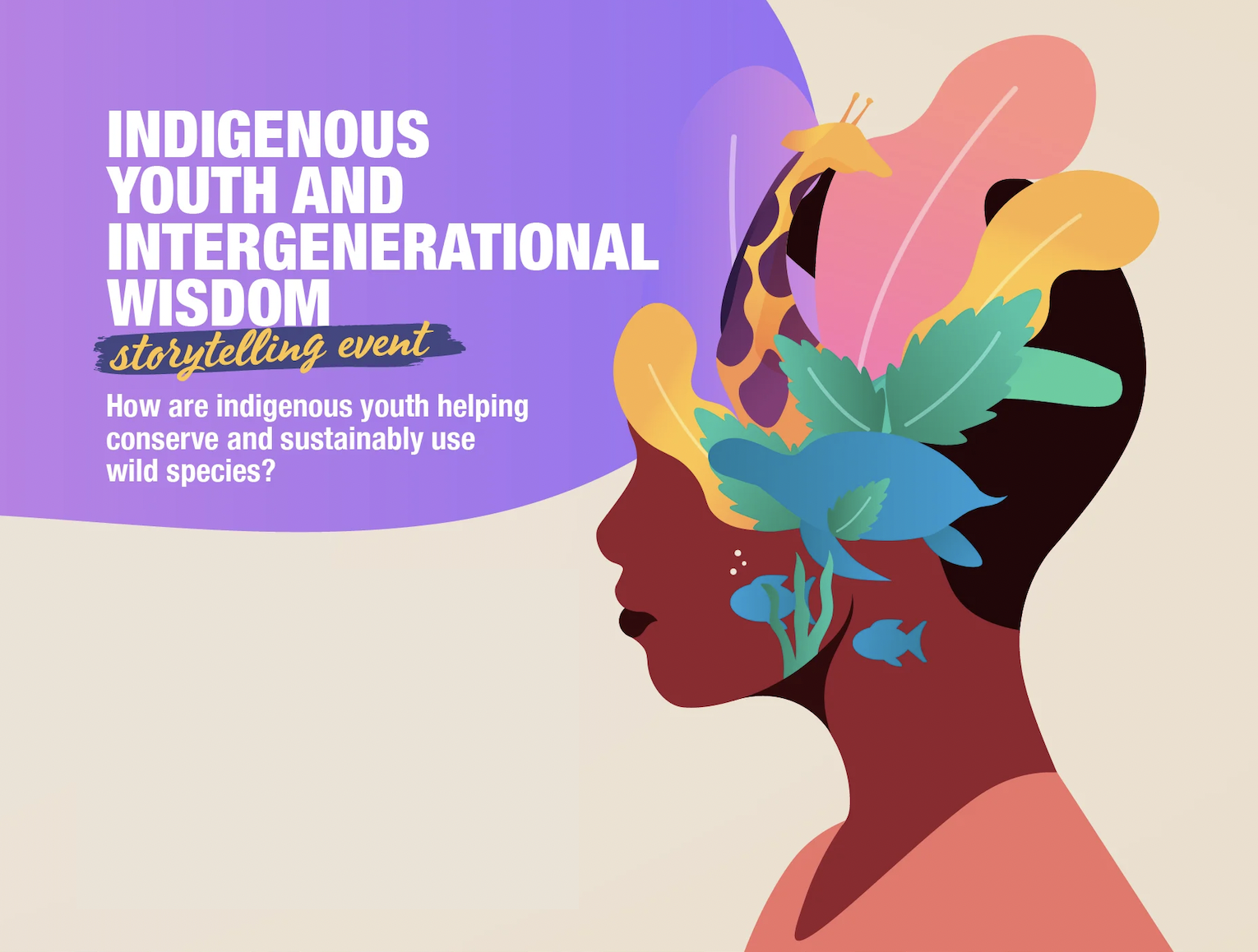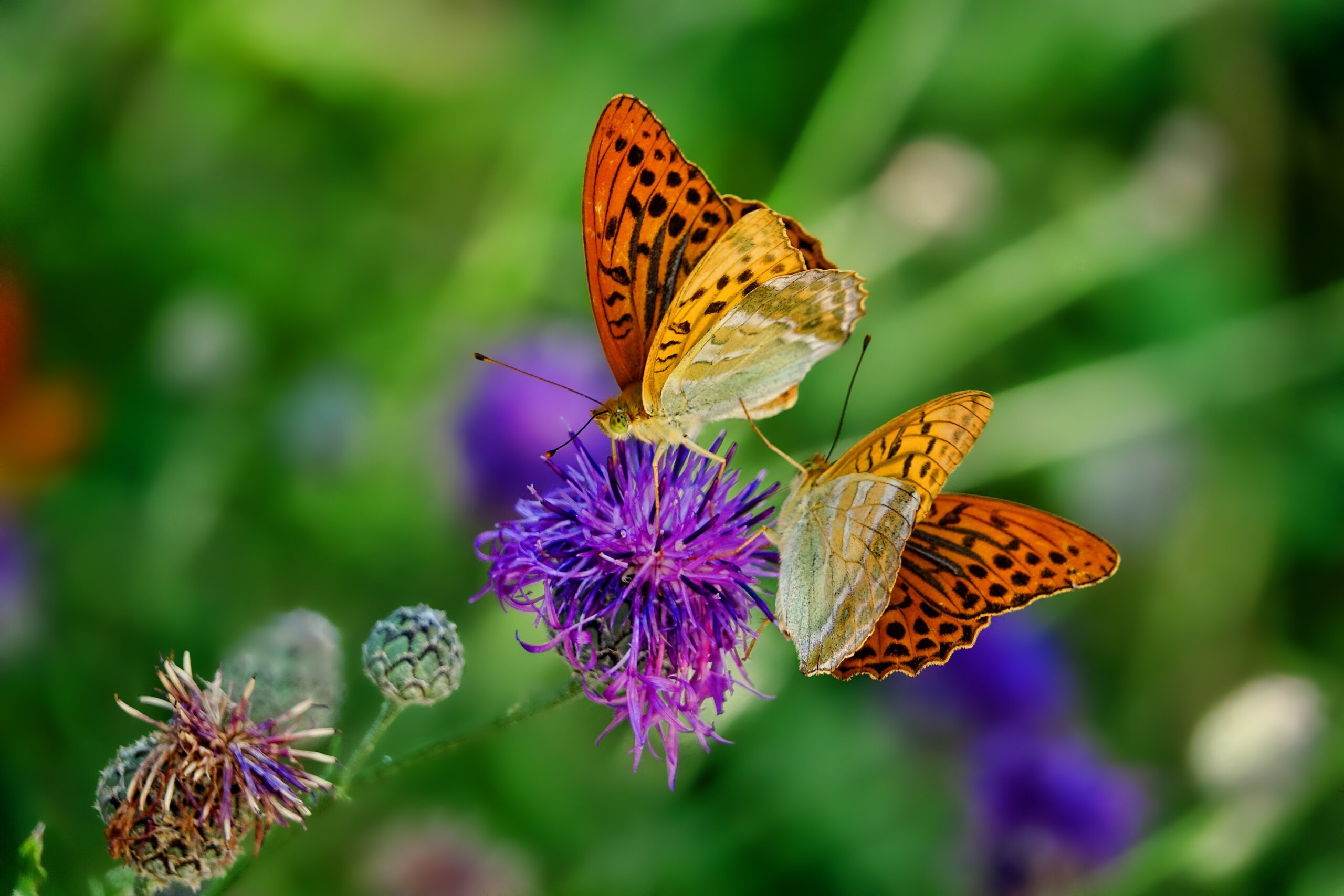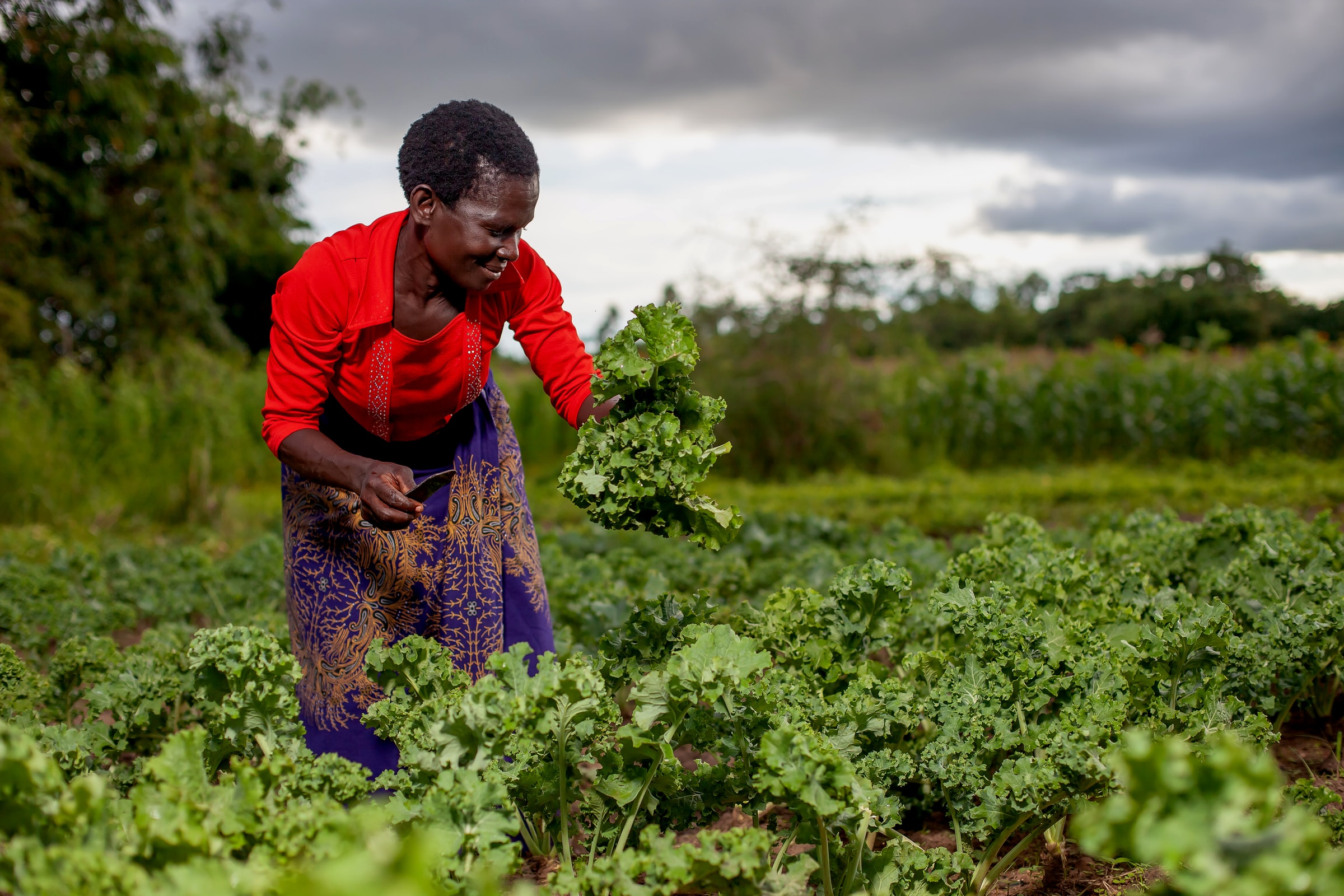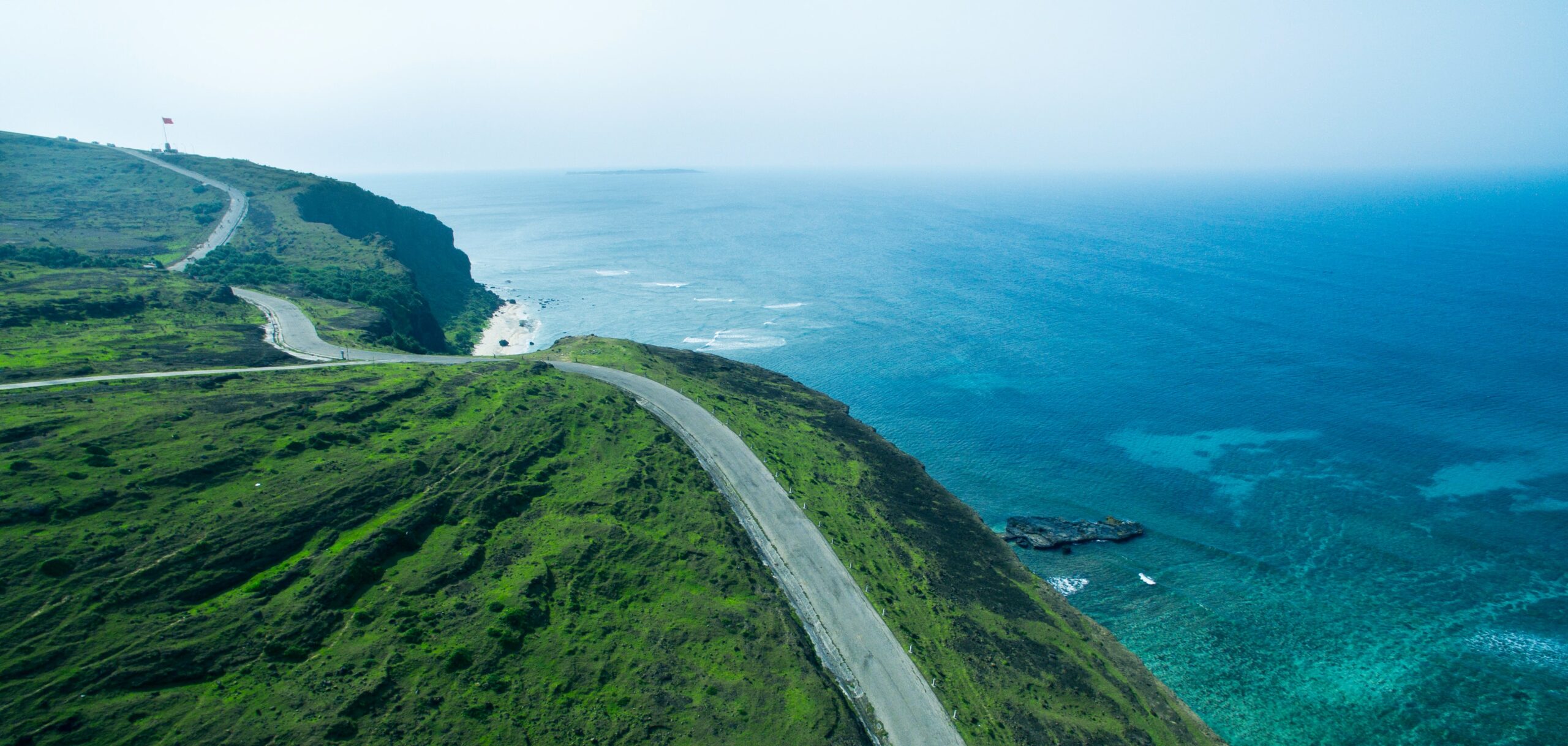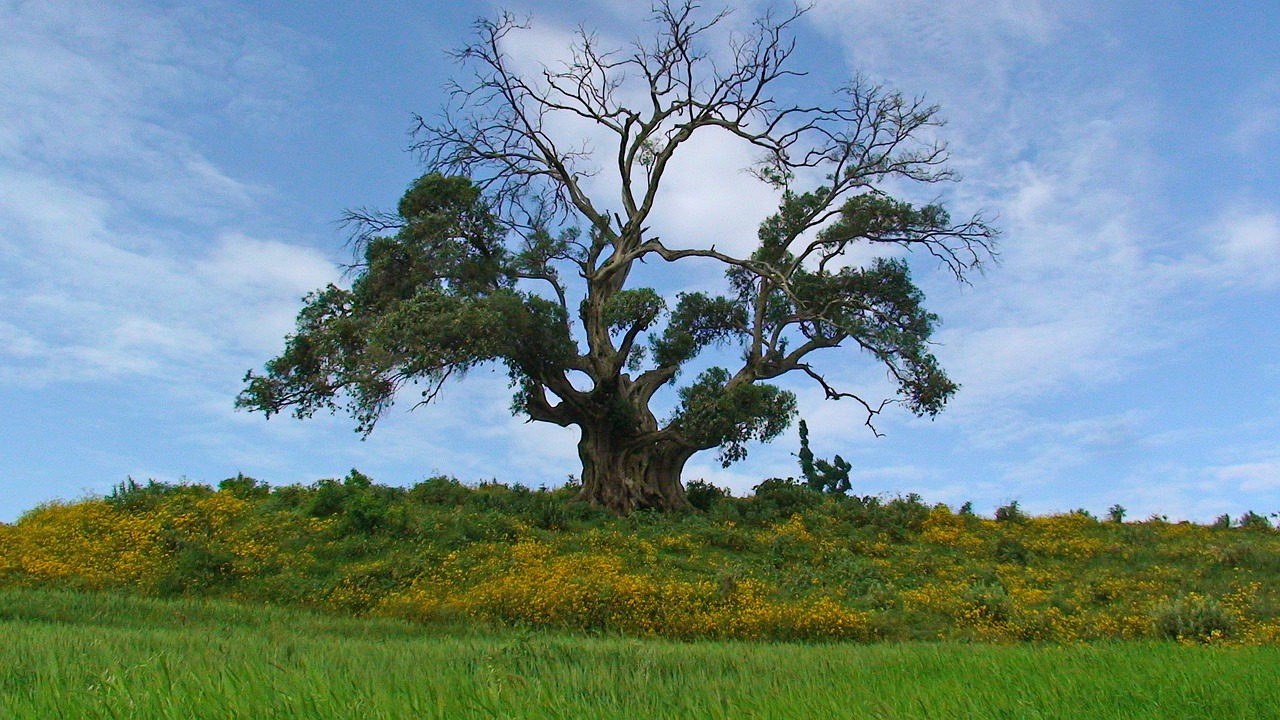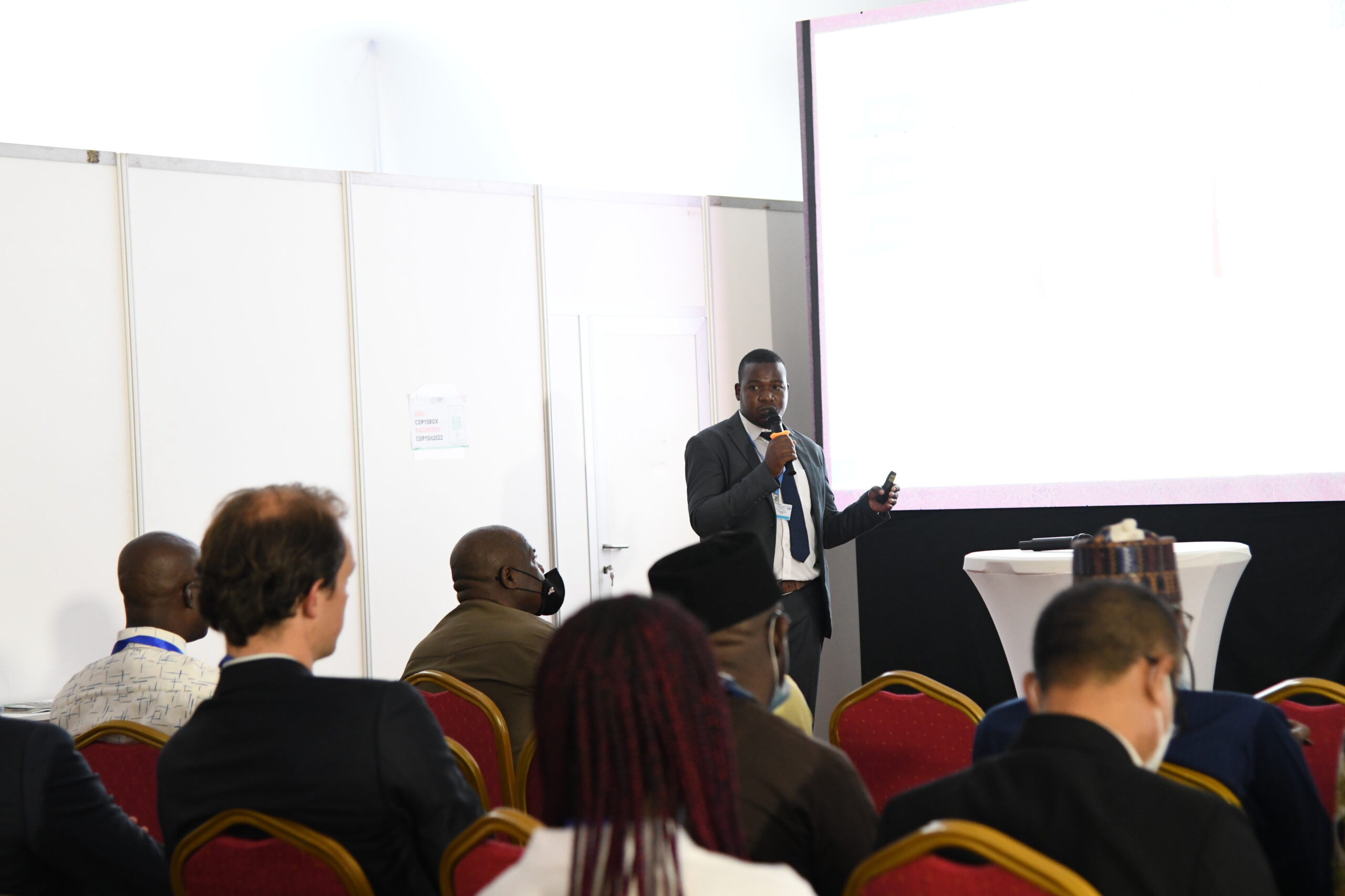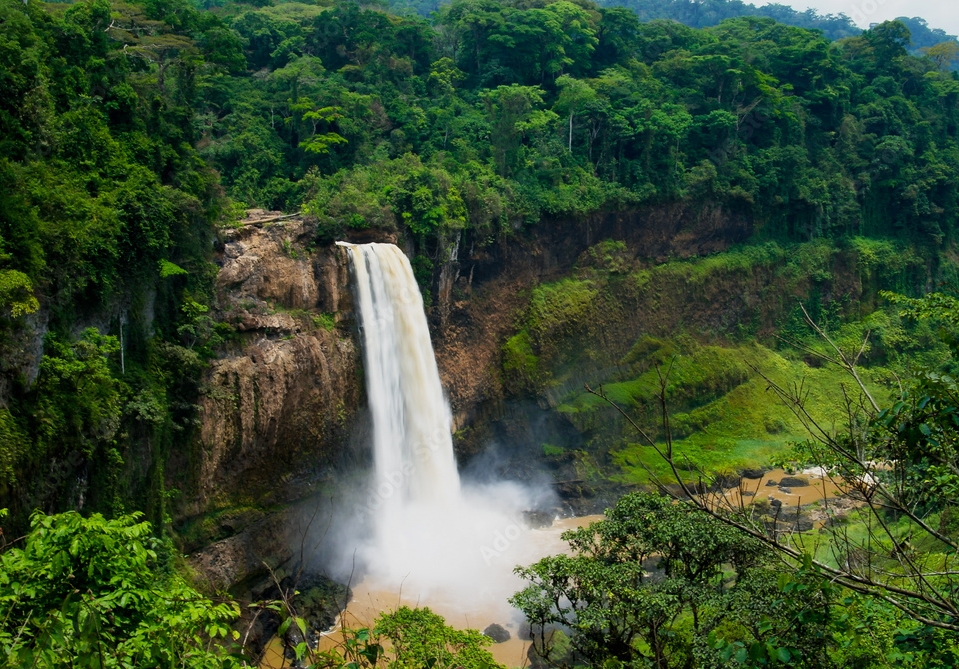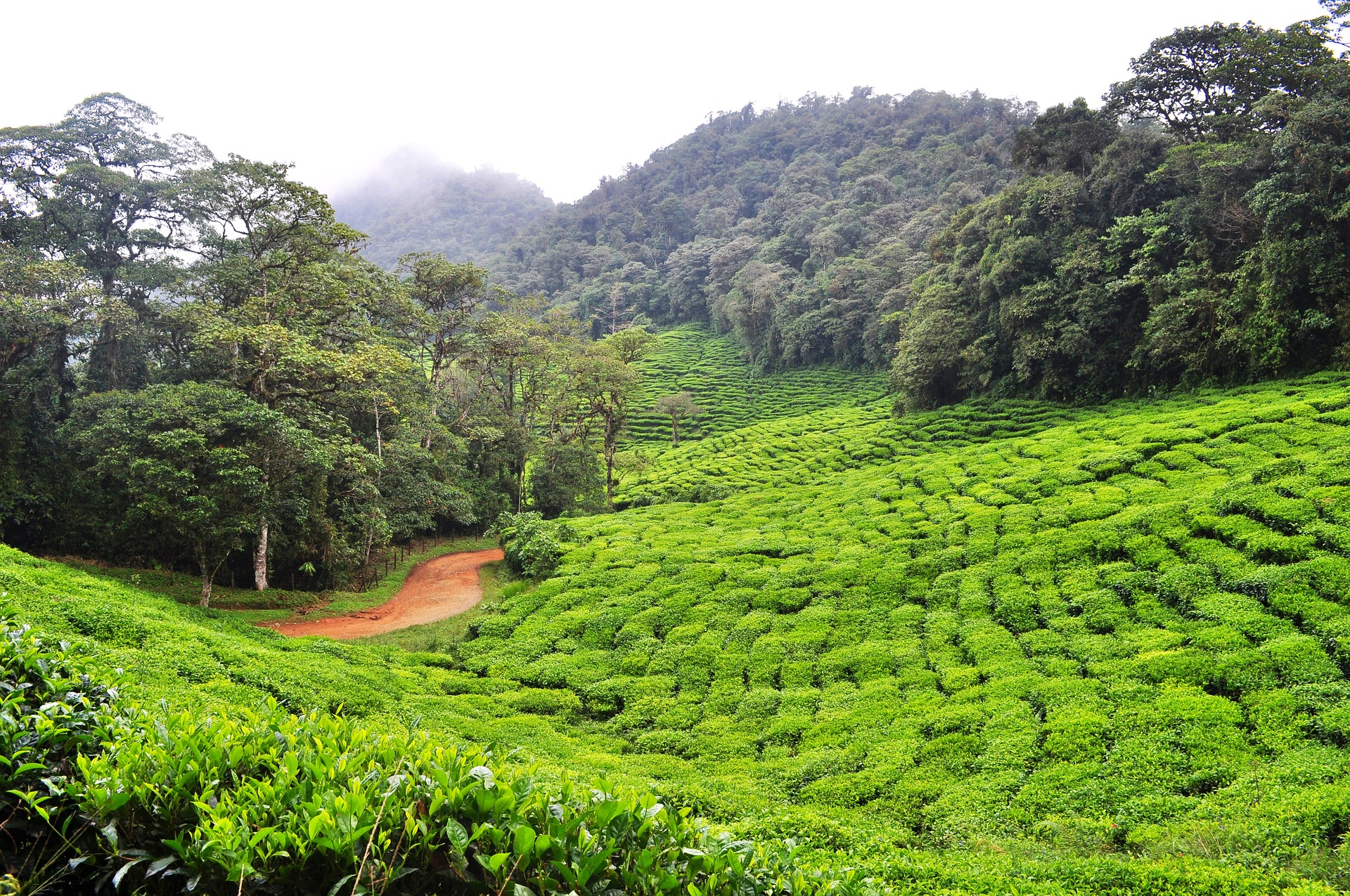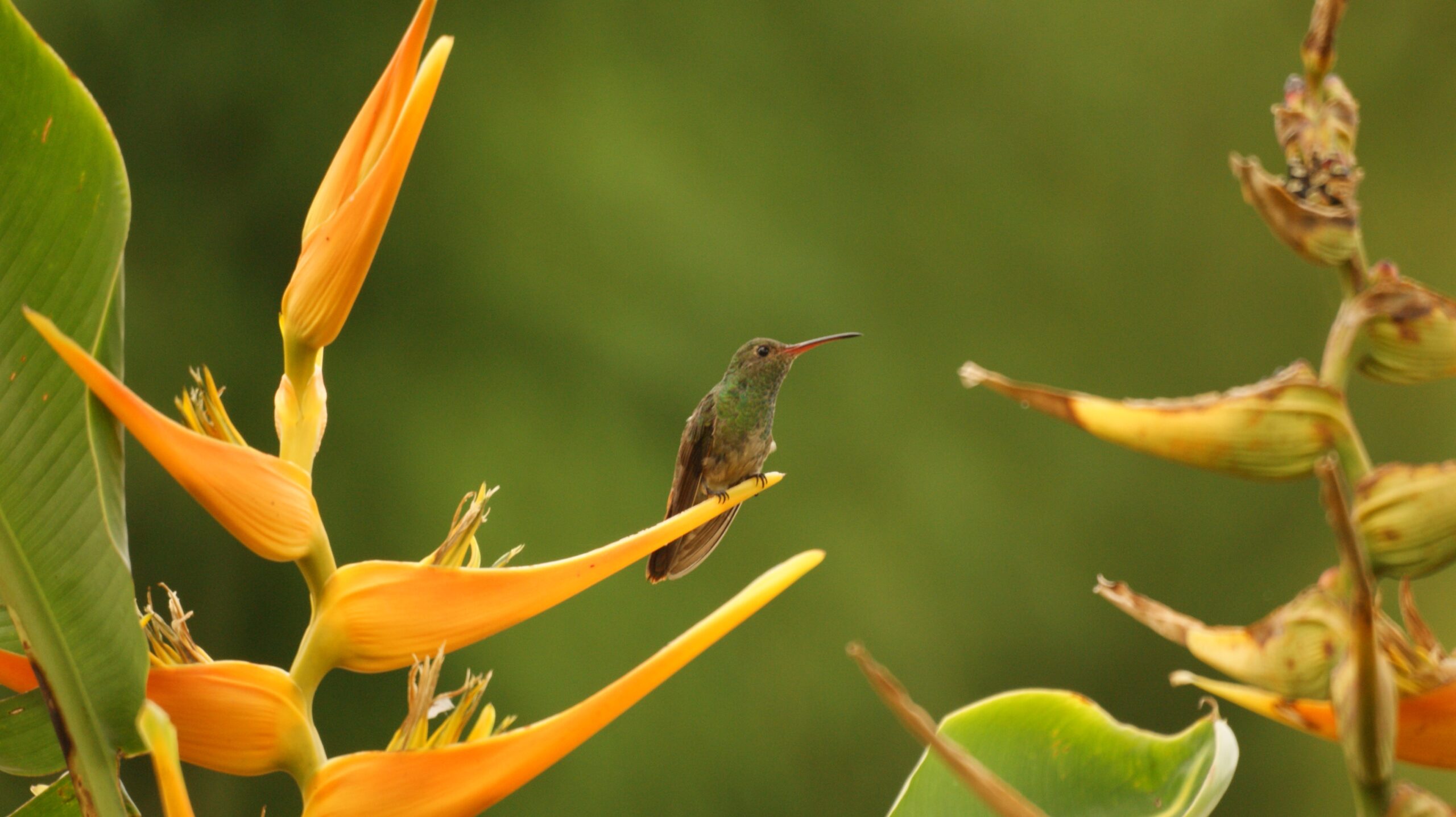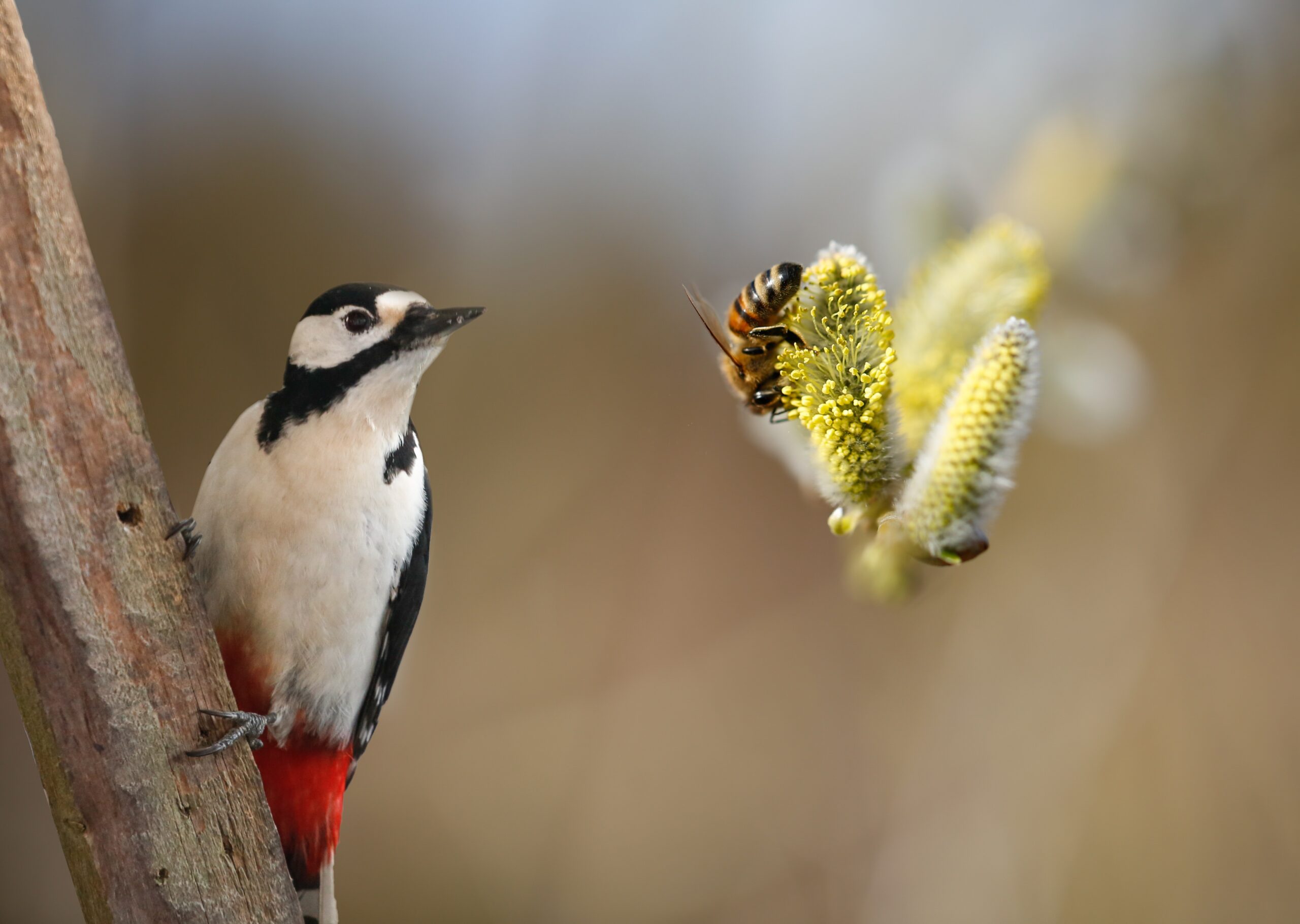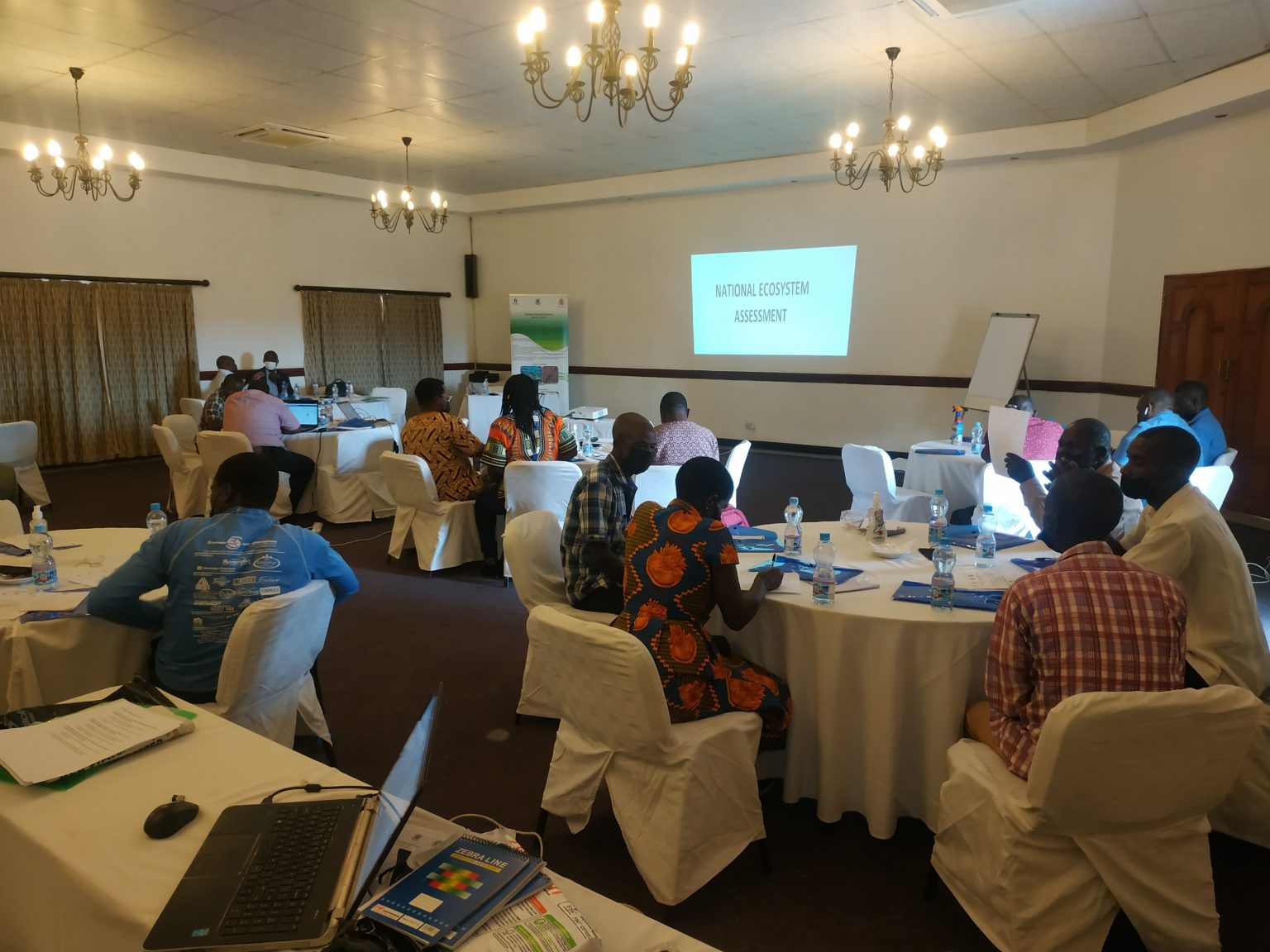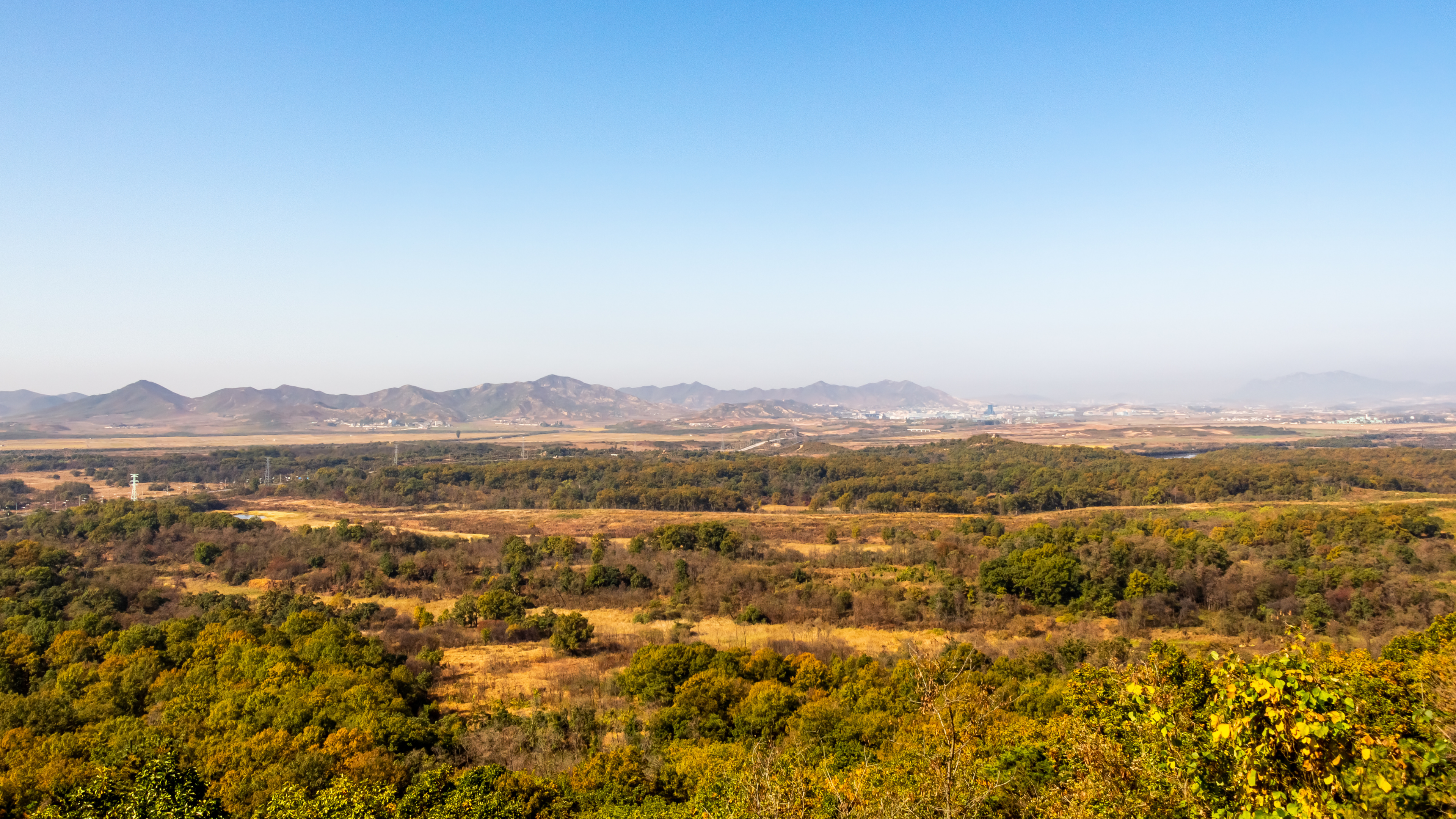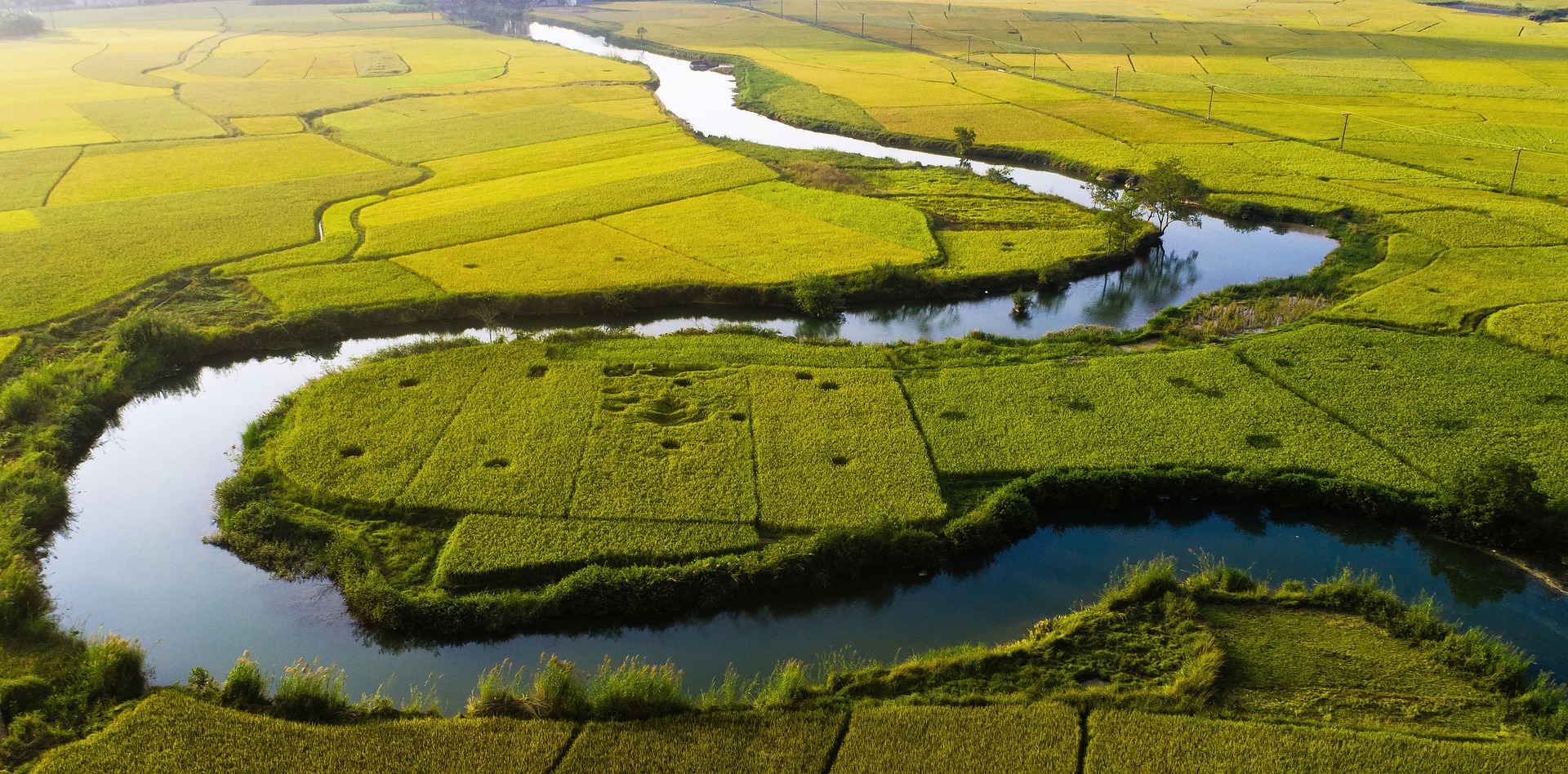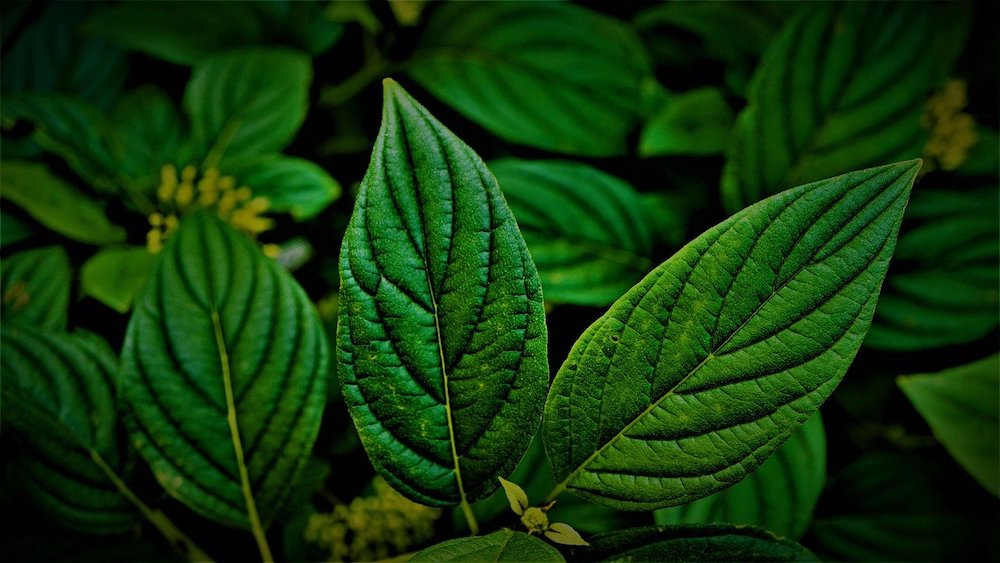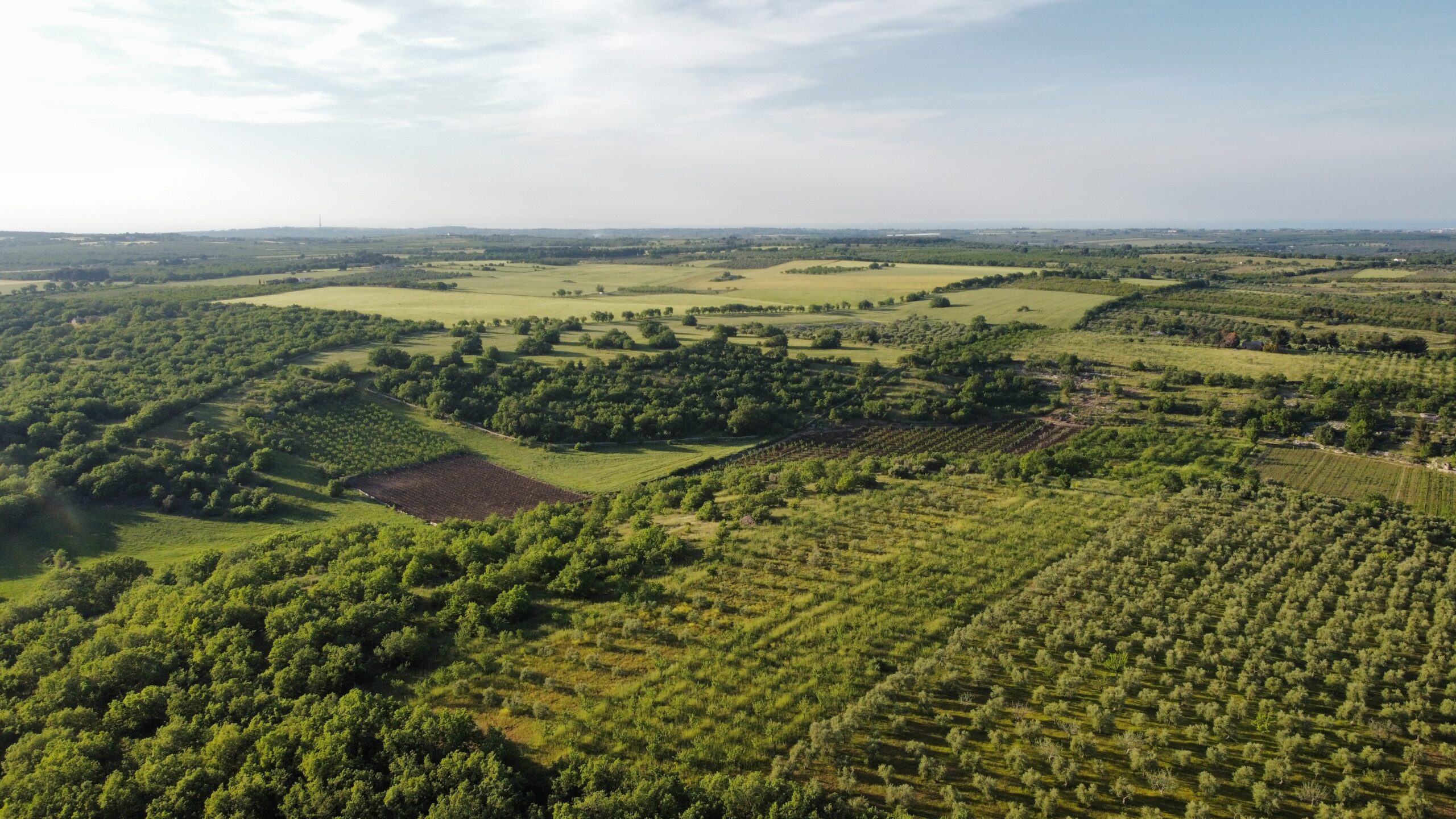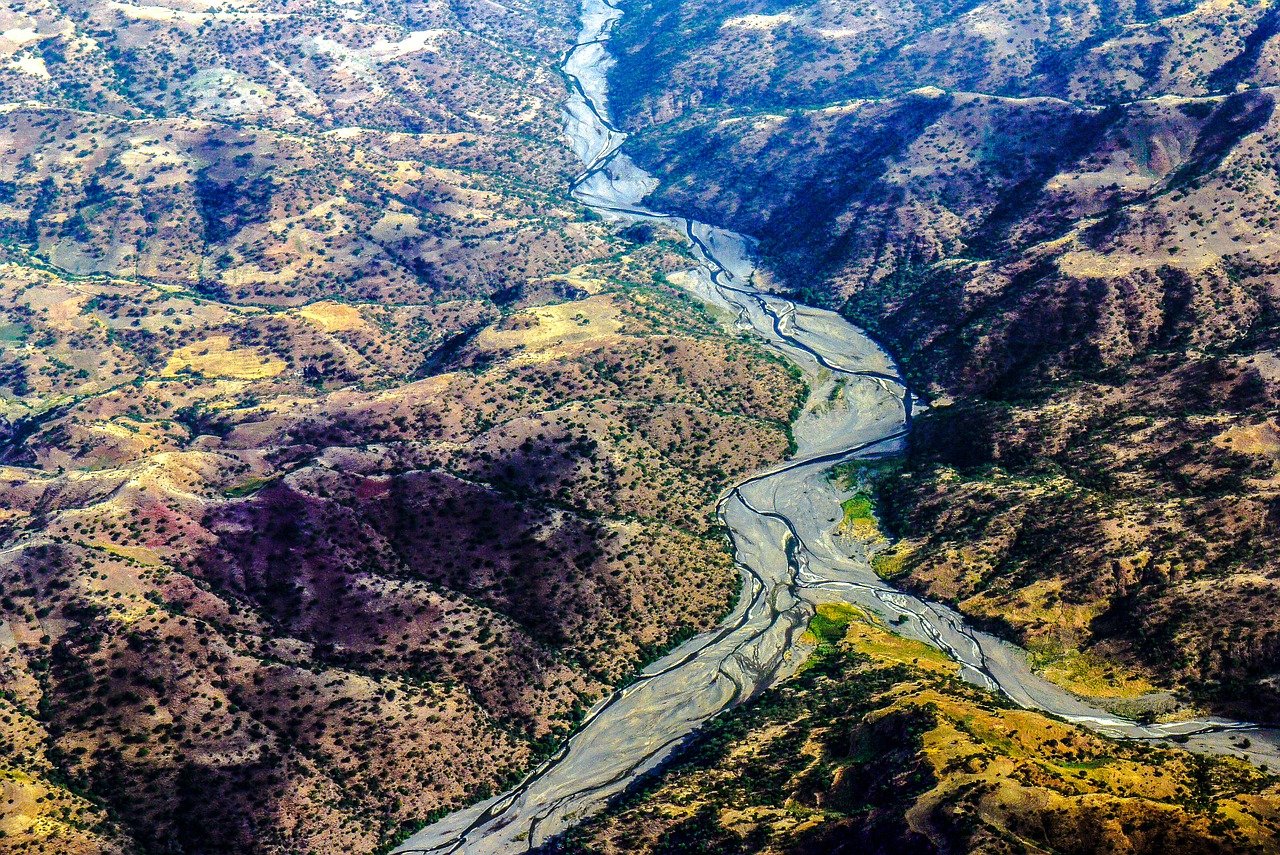Guardians of the Sea: The Deep Connection of the Yagán People with the Ocean
By UNESCO LINKS
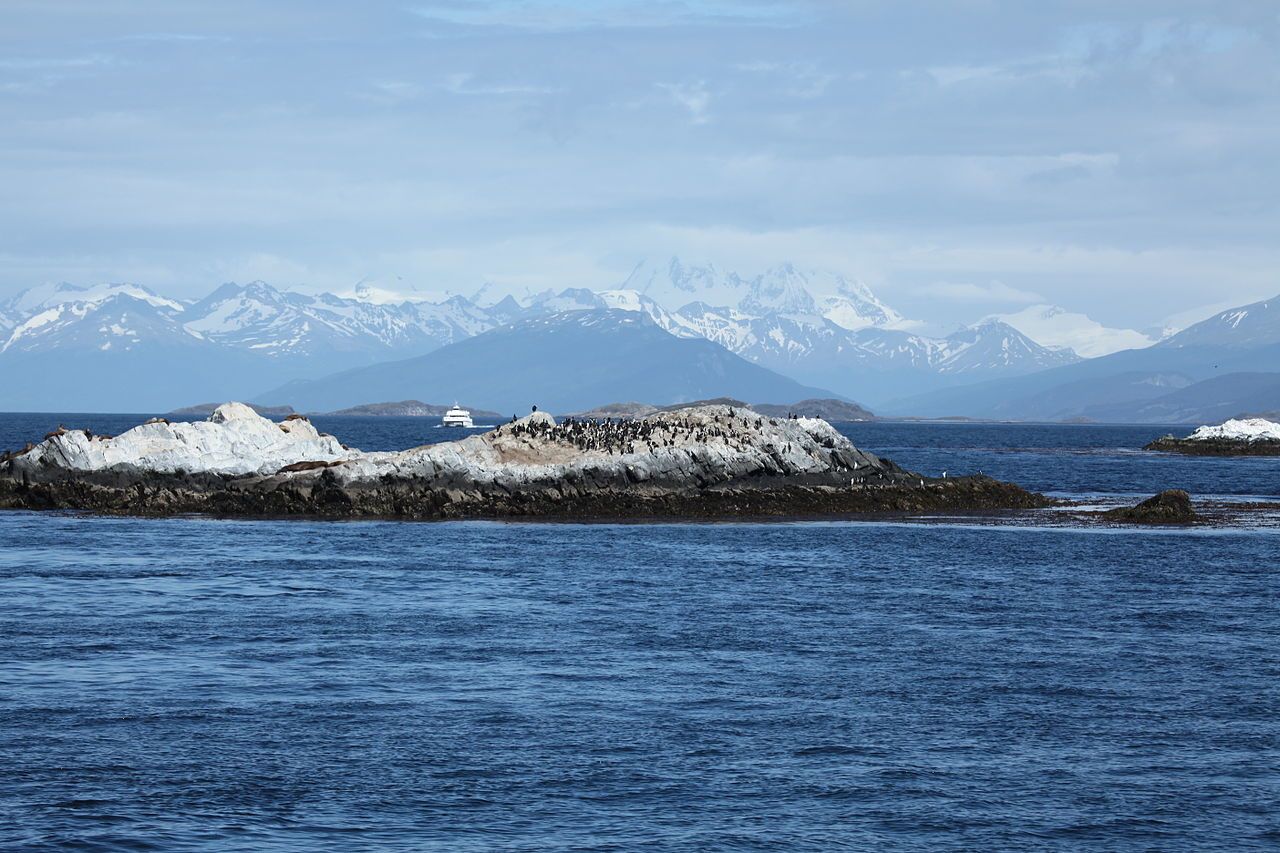
Photo by Liam Quinn on Wikimedia Commons
Photo by Liam Quinn on Wikimedia Commons
In the southernmost regions of the Americas, within the Tierra del Fuego archipelago shared by Chile and Argentina, lies a deeply interconnected community with the ocean.
Spanning over 6,000 years, the Yagán People have thrived as stewards of the sea, passing down their knowledge and practices through generations.
Their wisdom and profound connection to the marine and coastal ecosystems hold valuable insights into pressing challenges such as biodiversity loss and climate change.
As World Oceans Month draws to a close, celebrated annually in June, the BES-Net Indigenous and Local Knowledge Support Unit, led by UNESCO’s Local and Indigenous Knowledge Systems (LINKS), gained insights into the Yagán People’s profound relationship with the ocean and the challenges they face.
David Alday Chiguay, the former vice president of the Yagán People of Assifwaia (Bahia Mejillones) in Upushwea (Puerto Williams), a town on Hualalanuj (Navarino Island) in Onashaga (Beagle Channel), Chile, shared his perspectives. As a leader of the Yagán People, David participated in the 2019 UN Climate Change Conference (COP 25) in Madrid and has travelled to other countries to reclaim elements of the Yagán heritage that have been taken, such as masks and staffs, and other ceremonial elements used on the Chiejaus ceremony.
During the interview, David emphasized the Yagán’s unwavering connection to “our world, our home and our heart: the sea.” He highlighted the challenges they face in preserving their ancestral knowledge and culture and acknowledged the legacy of Lakutaia Le Kipa and Cristina Calderon, two Yagán women who played significant roles in preserving the cultural heritage and language of the Yagán People. Lakutaia Le Kipa, also known as Rosa Yagán, advocated for the continued consumption of seafood, a key part of the Yagán way of life. Cristina Calderon, recognized as a Living Human Treasure by the Chilean government and UNESCO, was the last known native speaker of the Yagán language. Her passing at the age of 93 in 2022 emphasized the urgency of preserving Indigenous languages and cultures.
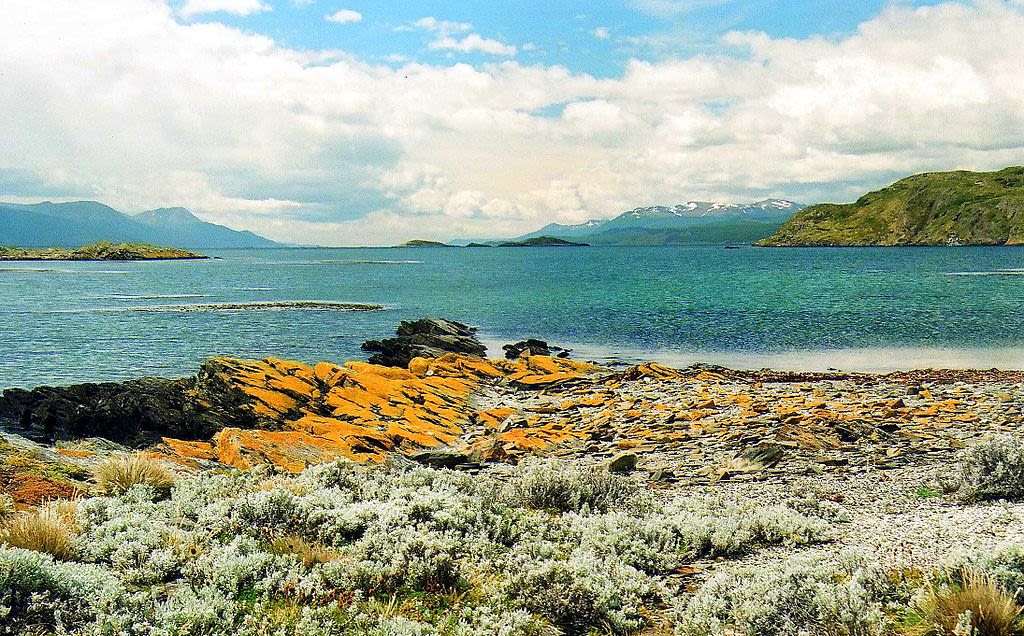
Photo by Panoramio on Wikimedia Commons
Photo by Panoramio on Wikimedia Commons

Photo by Murray Foubister on Wikimedia Commons
Photo by Murray Foubister on Wikimedia Commons
Ocean wisdom

David, can you share your personal connection to the ocean and its significance?

Photo by gailhampshire on Wikimedia Commons
Photo by gailhampshire on Wikimedia Commons
My upbringing in the Tierra del Fuego archipelago left me with memories of a pristine environment teeming with life. The vibrant colours of birds, whales, orcas, coastal algae and the rainbow-like display of shell waste on the shores are etched in my mind. The harshness of Patagonia’s cold climate and the challenges of the snow are also part of our collective experience.
Navigation forms the core of our connection with the ocean. My son and I have embraced kayaking and even established a small business offering tours in the protected bays of our area. During these tours, we share our knowledge of the Yagán language and the diverse species inhabiting the region, such as the Ama (Sealion), the Pana (Cormorant) and the Susha (Penguin). Our daily motivation stems from our deep bond with the Beagle Channel and the sea.
What does the ocean mean to the Yagán People, and why is it vital for the community?
The sea, our Seskin Yagán (our heart), is an integral part of our identity. We are born and live through our connection to the ocean, regardless of weather conditions. The channel, bays and fjords are intertwined with a history spanning over six thousand years. The community, including my son and me, frequently engage in activities such as artisanal fishing. By observing firsthand the behaviour of species and environmental changes, we possess unique knowledge that scientific reports and studies often fail to capture or fully understand. The value of the knowledge held by those directly connected to the environment should not be underestimated.
It is essential to acknowledge the Yagán People and the Kawésqar Peoples as the first navigators in the Beagle Channel and the southern regions of Chile, respectively. While later explorers and navigators are often mentioned, it is crucial to recognize the ancestral navigation of the original peoples of this southern end. Aspiring to revive traditional methods, like sailing with a bark canoe – which requires significant time, heart and attention to detail – motivates me. Constructing a bark canoe is considered an intimate part of Yagán culture, carrying profound symbolism and reflecting the deep connection between the community and their environment.
Lakutaia Le Kipa emphasized that maintaining our traditional diet of seafood would have resulted in a larger population. She spoke of the importance of consuming elements from the sea, as our ancestors did before the arrival of foreign influences that forced us into a sedentary lifestyle, abandoning our traditional ways of life, including ancestral navigation, hunting and embracing agriculture, permanent housing and clothing.
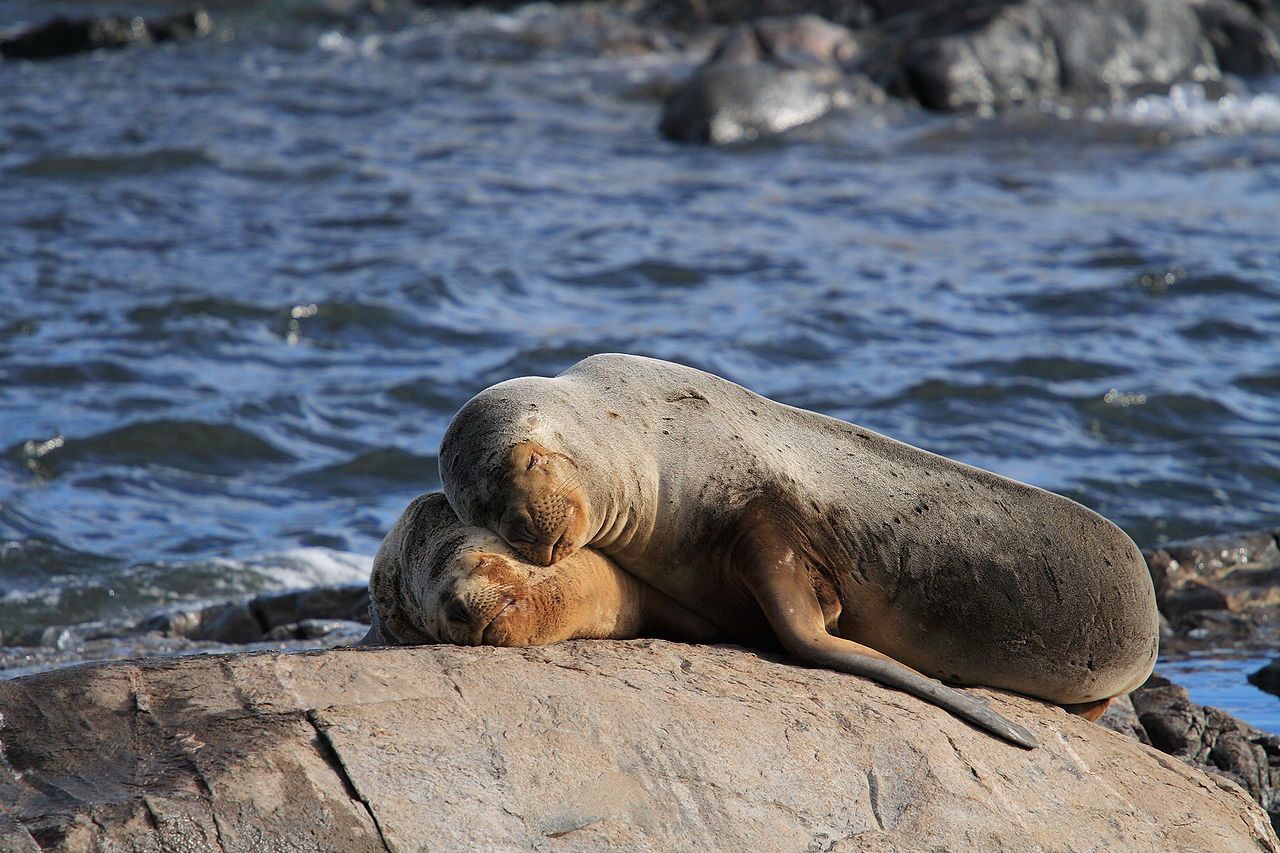
Photo by Carlos Ponte on Wikimedia Commons
Photo by Carlos Ponte on Wikimedia Commons
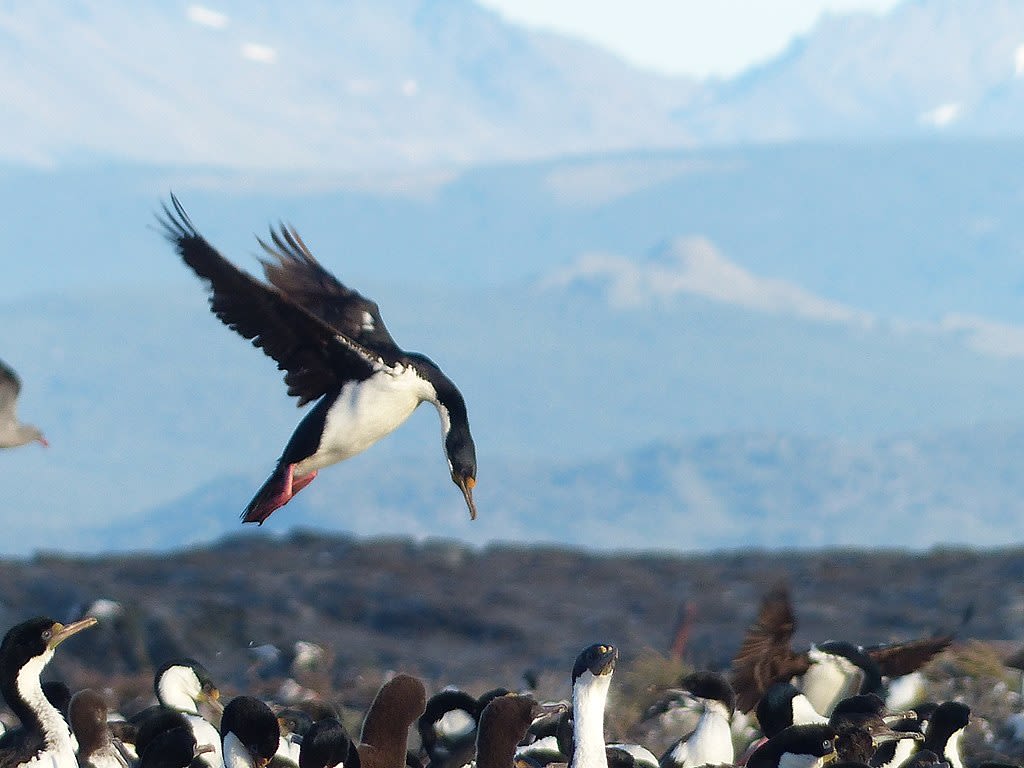
Photo by Kognos on Wikimedia Commons
Photo by Kognos on Wikimedia Commons
Is there a particular marine animal that holds emblematic significance in Yagán culture, and what does it represent?
Seaweed or a seabird may seem ordinary to many, but to the Yagan People and other Indigenous communities living in natural environments, they embody life itself and deserve protection.
Birds hold immense importance for us, not only as a source of food but also spiritually. In our culture, when a Yagán person passes away or leaves this earthly realm, it is believed that their spirit returns in the form of a bird, soaring once again in the skies.
Whales also hold great significance, representing kindness, unity and gathering. The Yagán People did not hunt whales. Whenever a stranded whale was discovered, Yagán families would be alerted through smoke signals, allowing them to acquire a portion of whale meat. Encountering a whale was a reason for joyous gatherings, and every part of the whale would be utilized, with its bones crafted into tools for hunting and gathering. Ancient tales suggest that when a whale passes beneath your boat, it signifies the selection of the boat’s occupants as protectors of the territory.
Challenges and triumphs

What are the main challenges and triumphs for the Yagán People?
Preserving Yagán knowledge and culture requires practice and dedication. Sharing Indigenous knowledge with the scientific community poses challenges, often reducing the depth of our wisdom to a linear perspective. This limited focus hinders the preservation of our knowledge and techniques, such as the intricate process of basket weaving, which entails more than just weaving itself. It involves the transfer of wisdom from craftsmen and craftswomen, beginning with the careful selection of the right reeds from peat bogs.
One of the significant threats to our community and culture is the salmon farming industry. It has been a pivotal milestone for us to prevent the establishment of four salmon farming concessions in our area. Across Chile, numerous small communities (such as Puyuguapi) have faced similar threats from this industry. In many cases, these communities were caught off guard by the sudden appearance of salmon farms without prior consultation with the local inhabitants.
The impact of this industry extends beyond the environment; it also has profound social repercussions as it disrupts our traditional livelihoods. By altering the marine ecosystem and depleting native fish and crab populations, such as the king crab, this industry compels our communities to abandon ancestral practices and become dependent on it as a source of income. We have experienced these consequences firsthand.
By observing firsthand the behaviour of species and environmental changes, we possess unique knowledge that scientific reports and studies often fail to capture or fully understand. The value of the knowledge held by those directly connected to the environment should not be underestimated.
How have the Yagán People promoted and continued to advocate for the conservation of the oceans?
Despite the challenges we face, our connection to the ocean remains unwavering. We continue to be a community of Indigenous gatherers, engaging in mariscar (seafood gathering) when necessary and passing down this tradition to the younger generations. We gather sea urchins, king crabs and seaweed, which are integral to our cuisine. We also fish species such as conger eel, hake and sea bass, sustaining our deep understanding of the territory and its resources. This knowledge allows us to maintain food sovereignty, which has always been an inherent part of our culture. It also empowers us to advocate for our rights as Indigenous Peoples.
As Yagán natives and descendants, our work is rooted in our experiences and knowledge of the territory. We contribute to various online platforms and deliver talks, despite it being outside our customary practices. Our aim is to share our efforts in recovering and protecting marine resources. Our primary goal is to raise awareness about the significance of the ocean to our community and the importance of the place we call home. The battle against salmon farms was a crucial step, highlighting the essential role of the sea in our lives.
When Indigenous Peoples defend their environment, they do not do it solely for themselves but for everyone who shares the space and for the world at large, given the unique characteristics and interconnectedness of these territories, such as Patagonia.
The community has adapted and now sustains itself through low-impact, small-scale ecotourism, contributing to the preservation of the archipelago. However, the recent easing of COVID-19 restrictions has raised concerns about the surge of cruise ships in the Beagle Channel. Nevertheless, we strive to implement our knowledge through a more traditional vision of environmental protection.
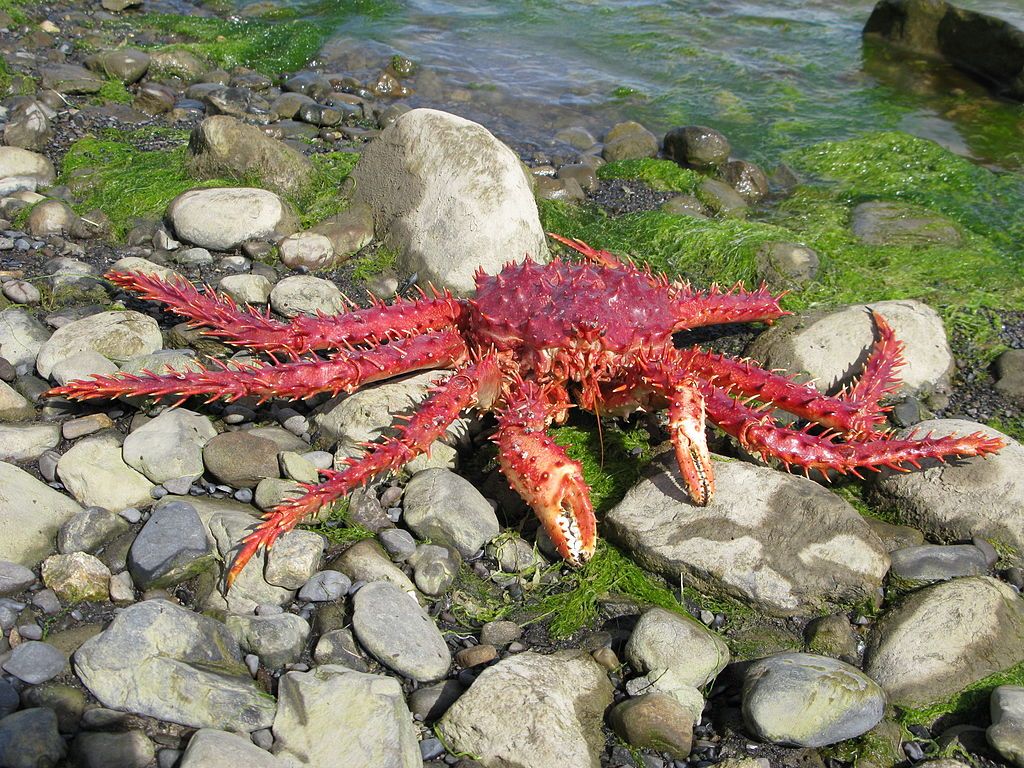
Photo by Butterfly voyages on Wikimedia Commons
Photo by Butterfly voyages on Wikimedia Commons

Photo by W. Bulach on Wikimedia Commons
Photo by W. Bulach on Wikimedia Commons
The last Yagán native speaker

Could you share more about Cristina Calderon and her legacy as the last speaker of the Yagán language?
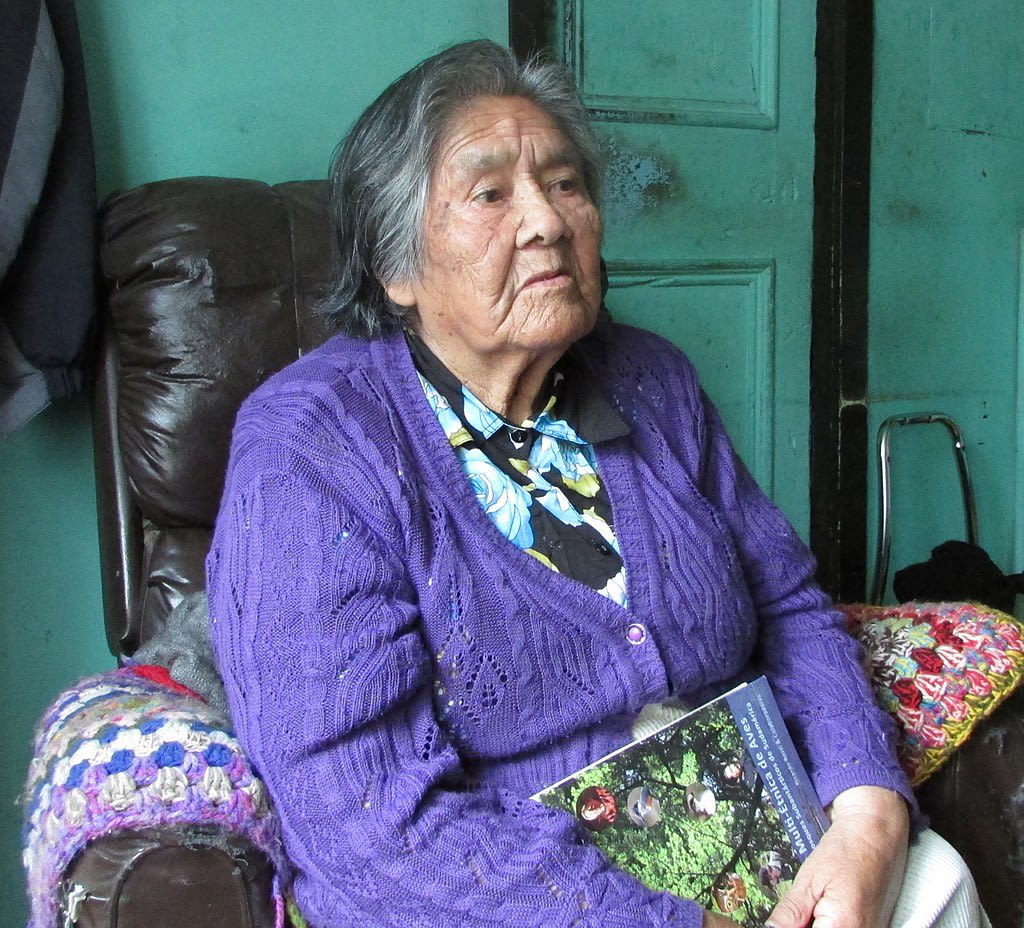
Photo by Víctor Alejandro Correa Rueda on Wikimedia Commons
Photo by Víctor Alejandro Correa Rueda on Wikimedia Commons
Grandmother Cristina was an exceptional individual who dedicated herself wholeheartedly to the community. Her courage, teachings and charisma were qualities we, as young people, deeply valued. She always supported our demands as the younger generation of Yagán People, embracing us with a smile and infusing us with her brave and joyful spirit. She actively participated in our demonstrations because we did them with music and noise. Our way of fighting to be heard and seen is rooted in our peaceful way of living. It is our way of honouring her memory, which remains a source of strength.
Grandmother Cristina’s legacy transcends boundaries, politics and authority. Despite being forbidden to speak our language, she endured significant hardships and triumphed. At 93 years old, she continued to weave and to teach others the art of weaving, the language and how to advocate our rights. She has inspired us – especially the youth – to carry on her courageous spirit and uphold our culture with strength.
A collective call for conservation

In your opinion, what is necessary to protect the rights and heritage of the Yagán People?
For us, it is crucial to recognize, protect and enhance our customary human rights related to freedom of navigation and access to ocean resources, which are vital for our existence. The right to a healthy environment and a clean coast is also of utmost importance. These bays and their inhabitants sustain our lives as Indigenous Peoples. Without them, our very existence is at stake. Therefore, collective unity among peoples and communities is necessary to protect and conserve the ocean.
Indigenous cultures across the world share a common understanding when it comes to the environment. Seaweed or a seabird may seem ordinary to many, but to the Yagán People and other Indigenous communities living in natural environments, they embody life itself and deserve protection.
When Indigenous Peoples defend their environment, they do not do it solely for themselves but for everyone who shares the space and for the world at large, given the unique characteristics and interconnectedness of these territories, such as Patagonia.

We possess extensive knowledge, as do many Indigenous Peoples worldwide, who have had to traverse borders to raise awareness, such as at the UN and international conferences. We have journeyed from our lands to meet our brothers and sisters from different countries. We speak of our love for other species and the collective and powerful knowledge required to transform the world sustainably.
By working together, respecting Indigenous rights and valuing Indigenous knowledge, we can forge a path towards a more harmonious and sustainable future for all. The time to act is now.


